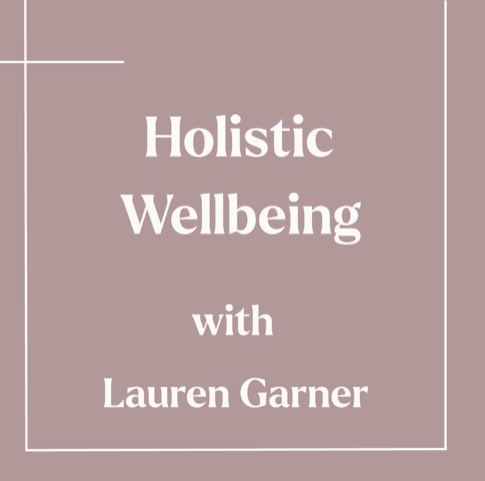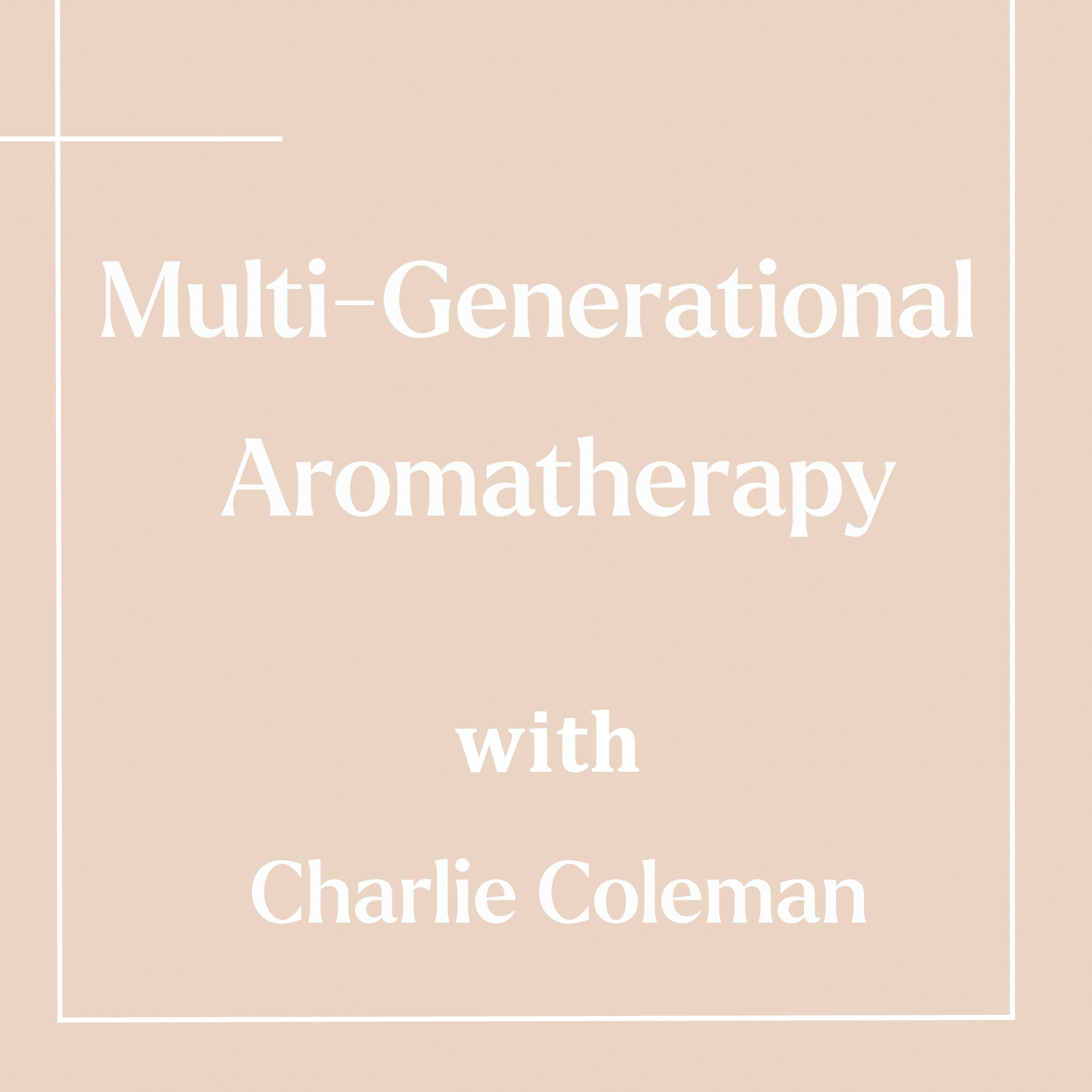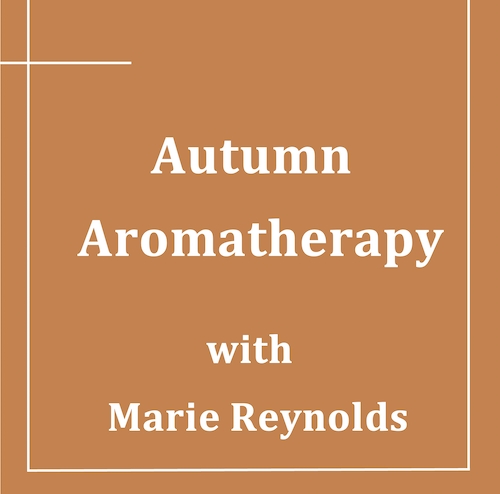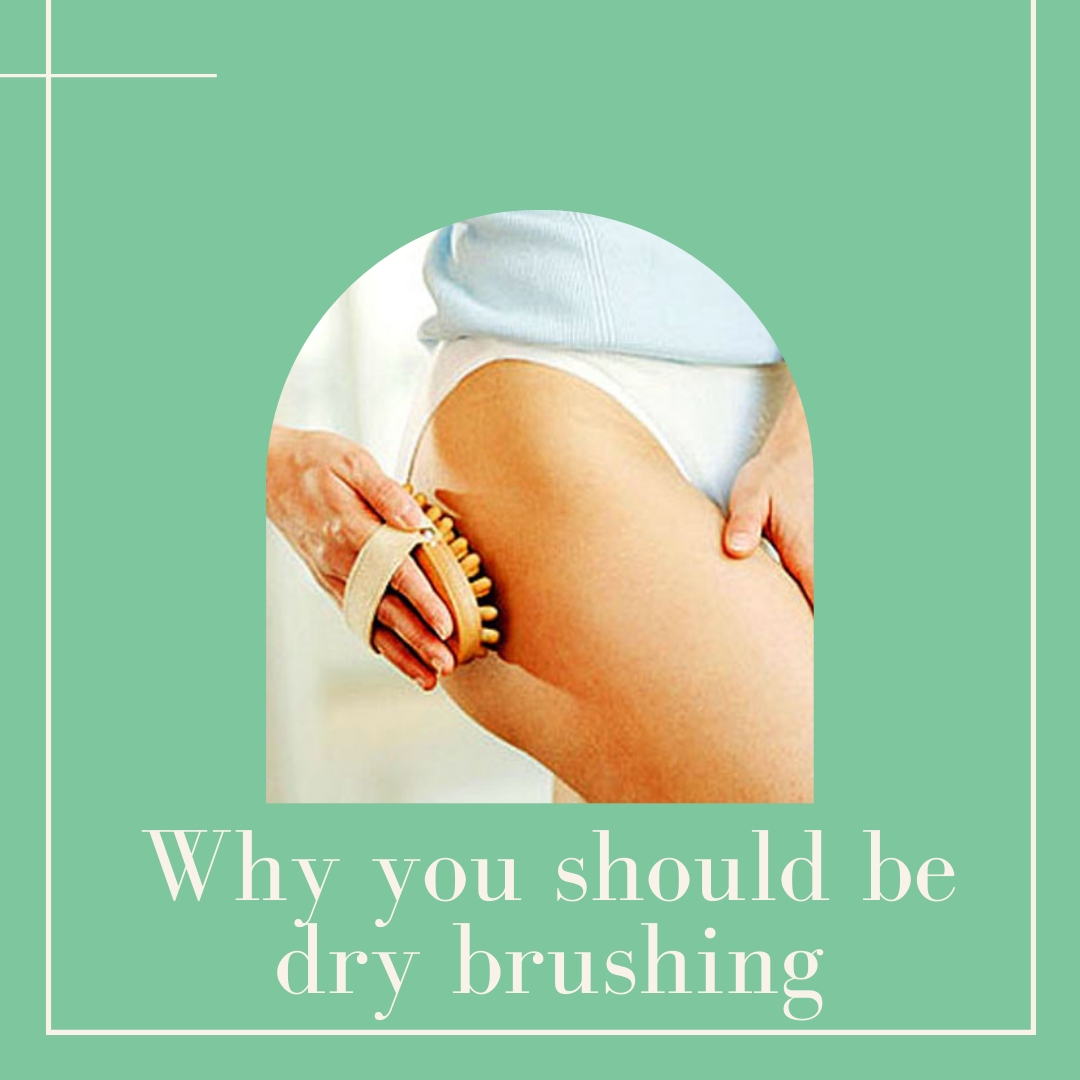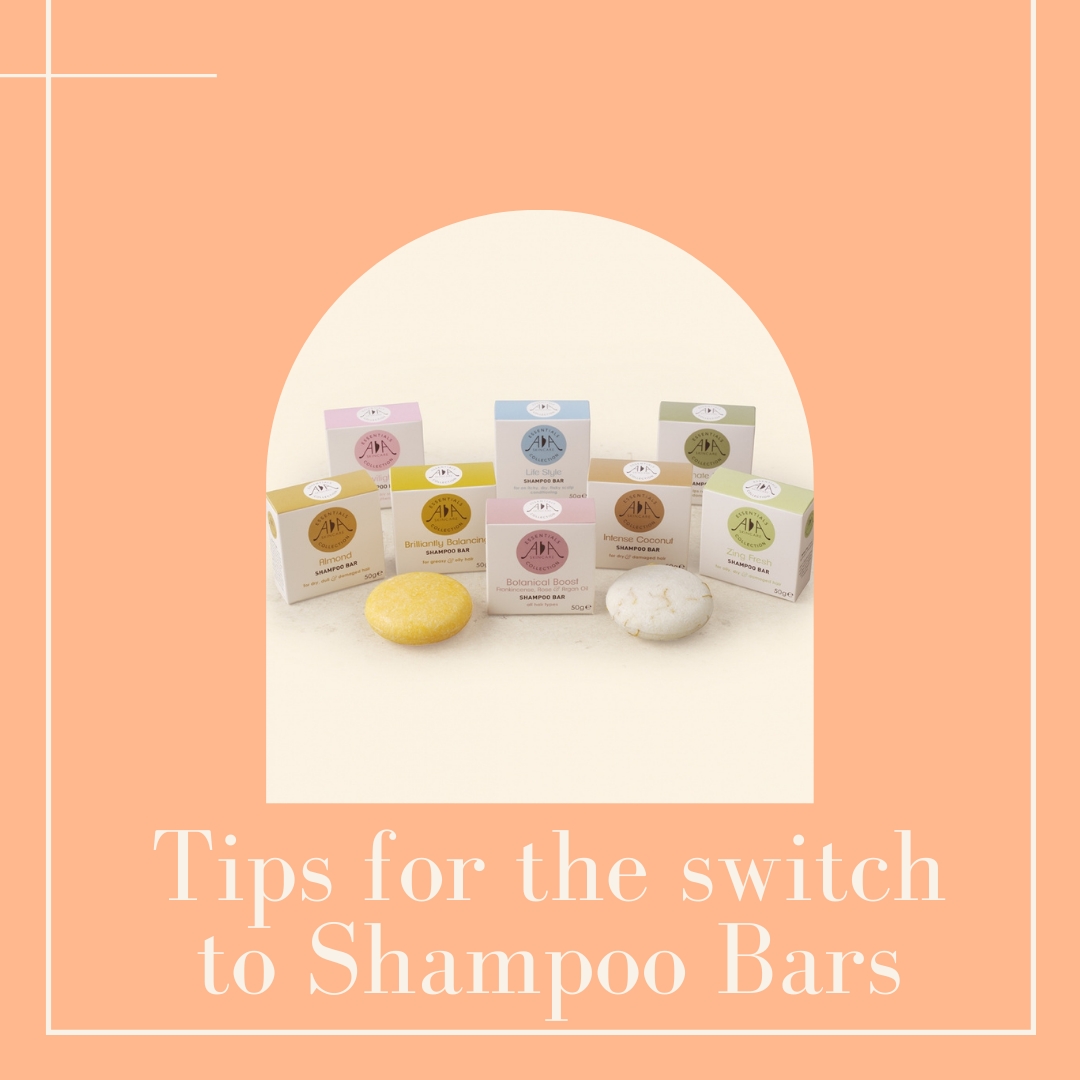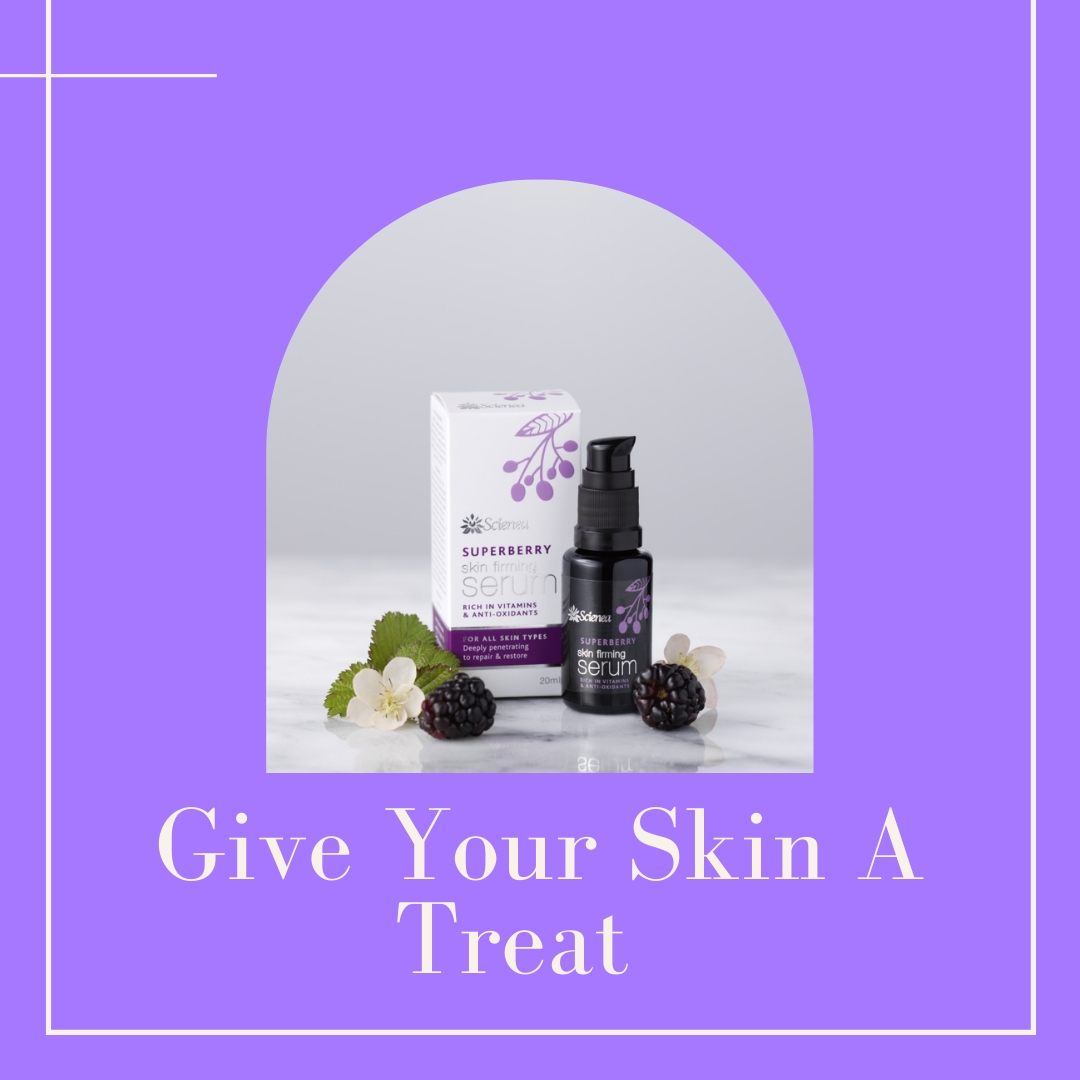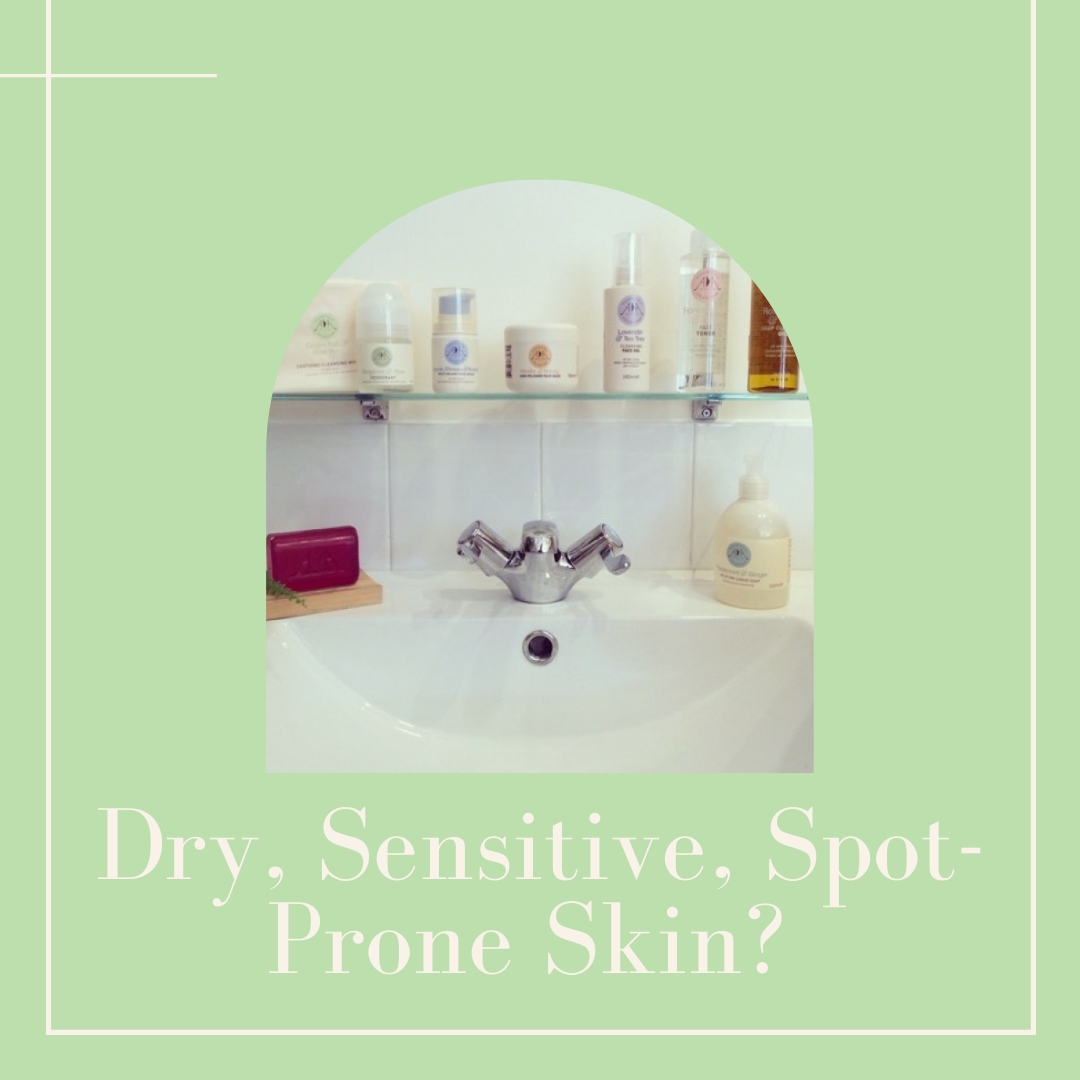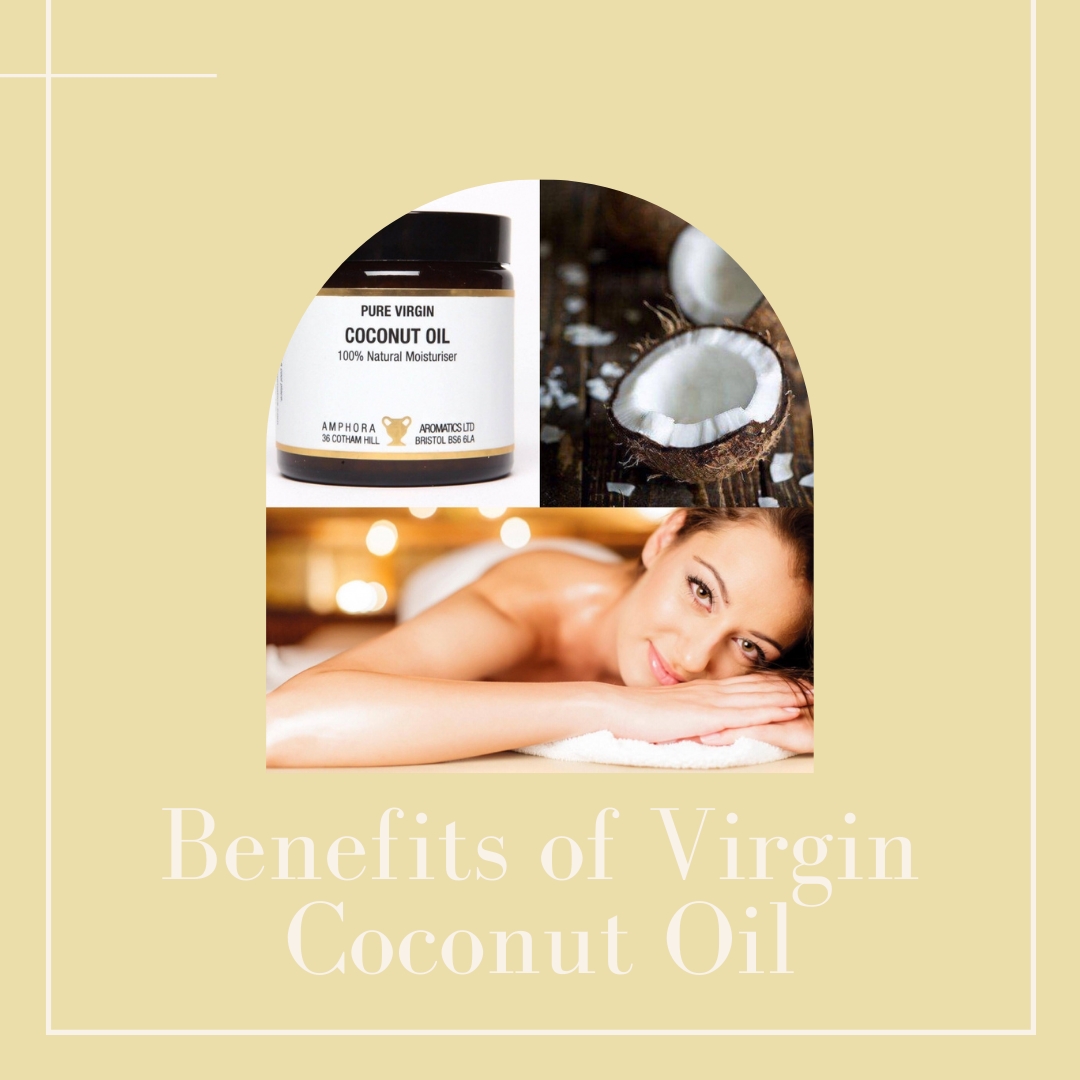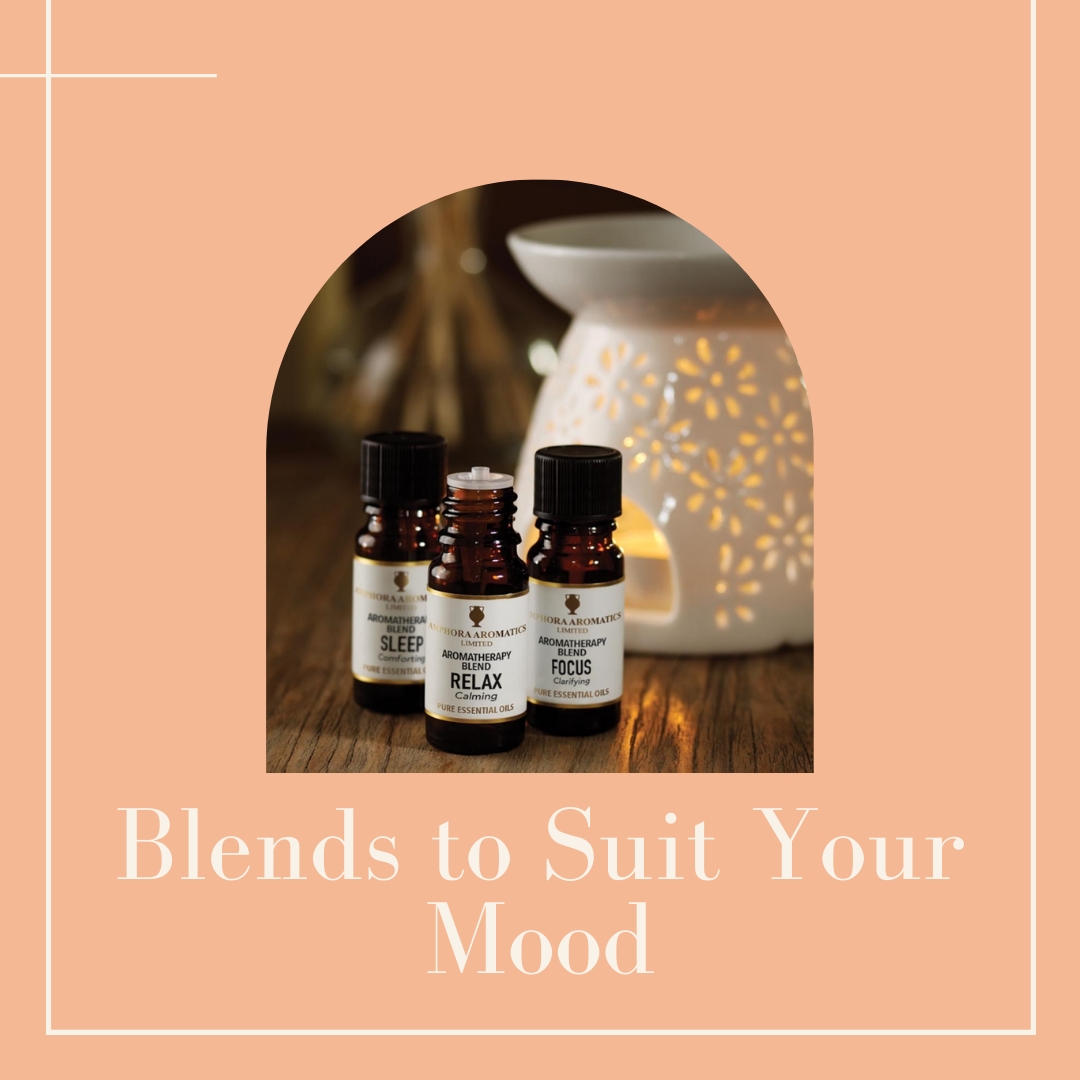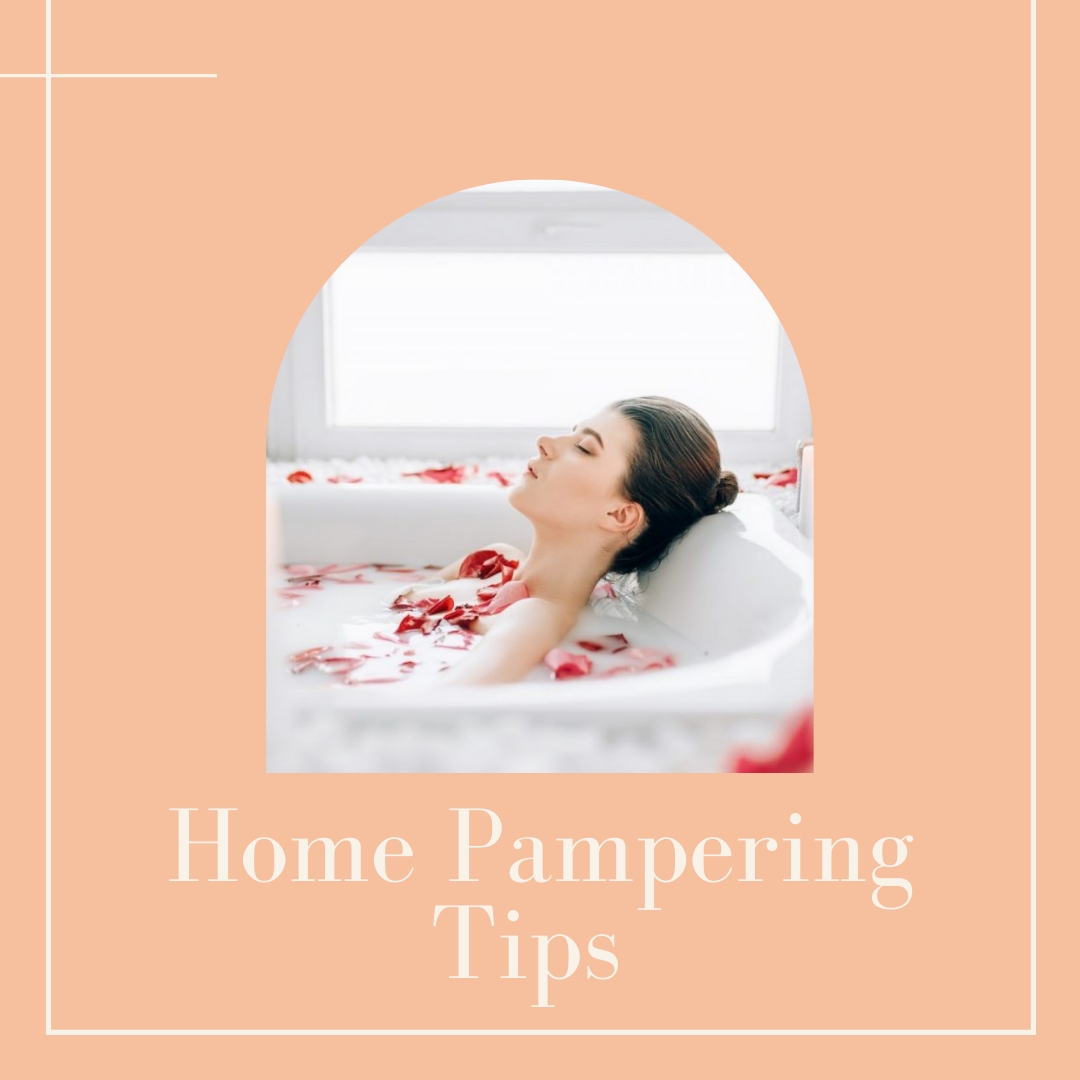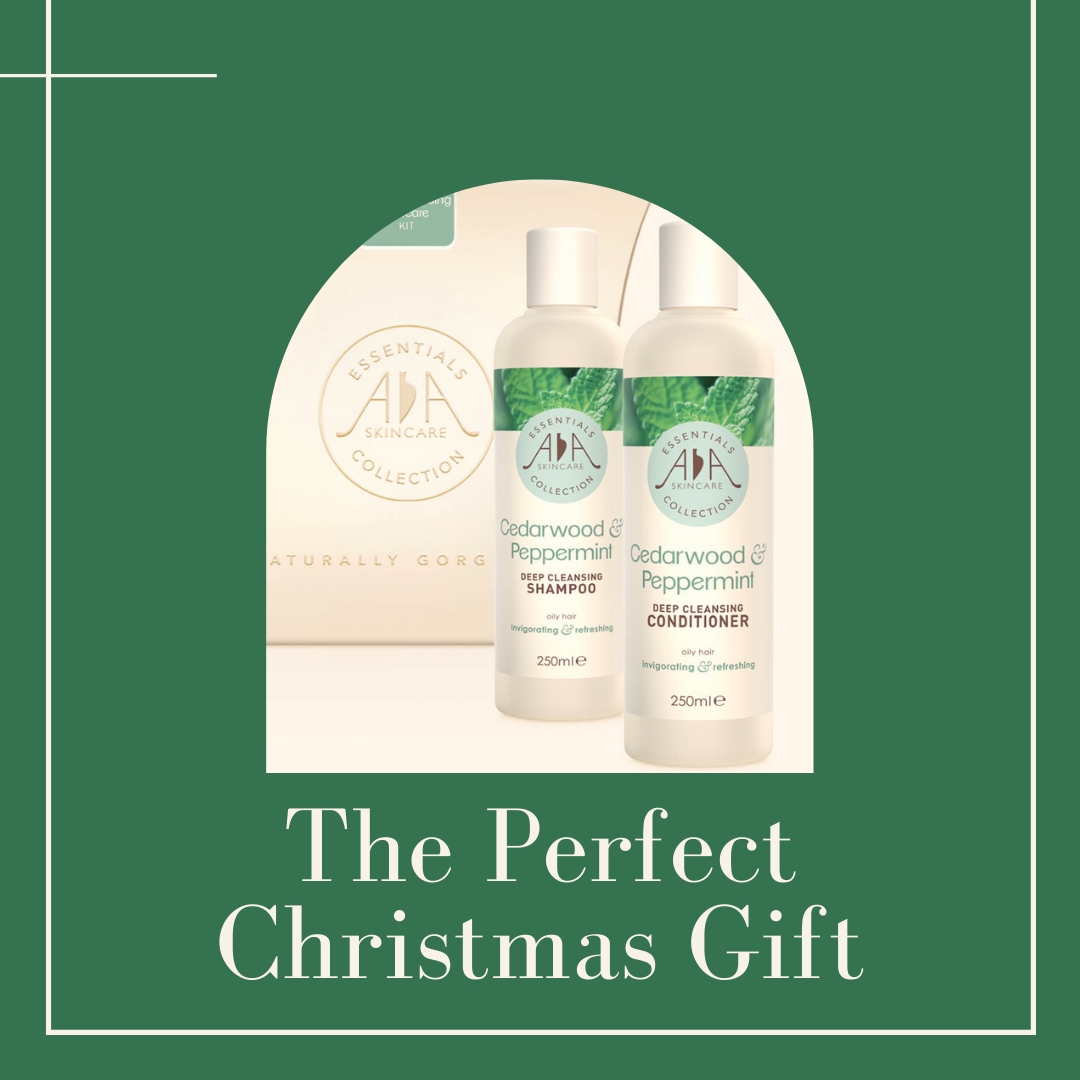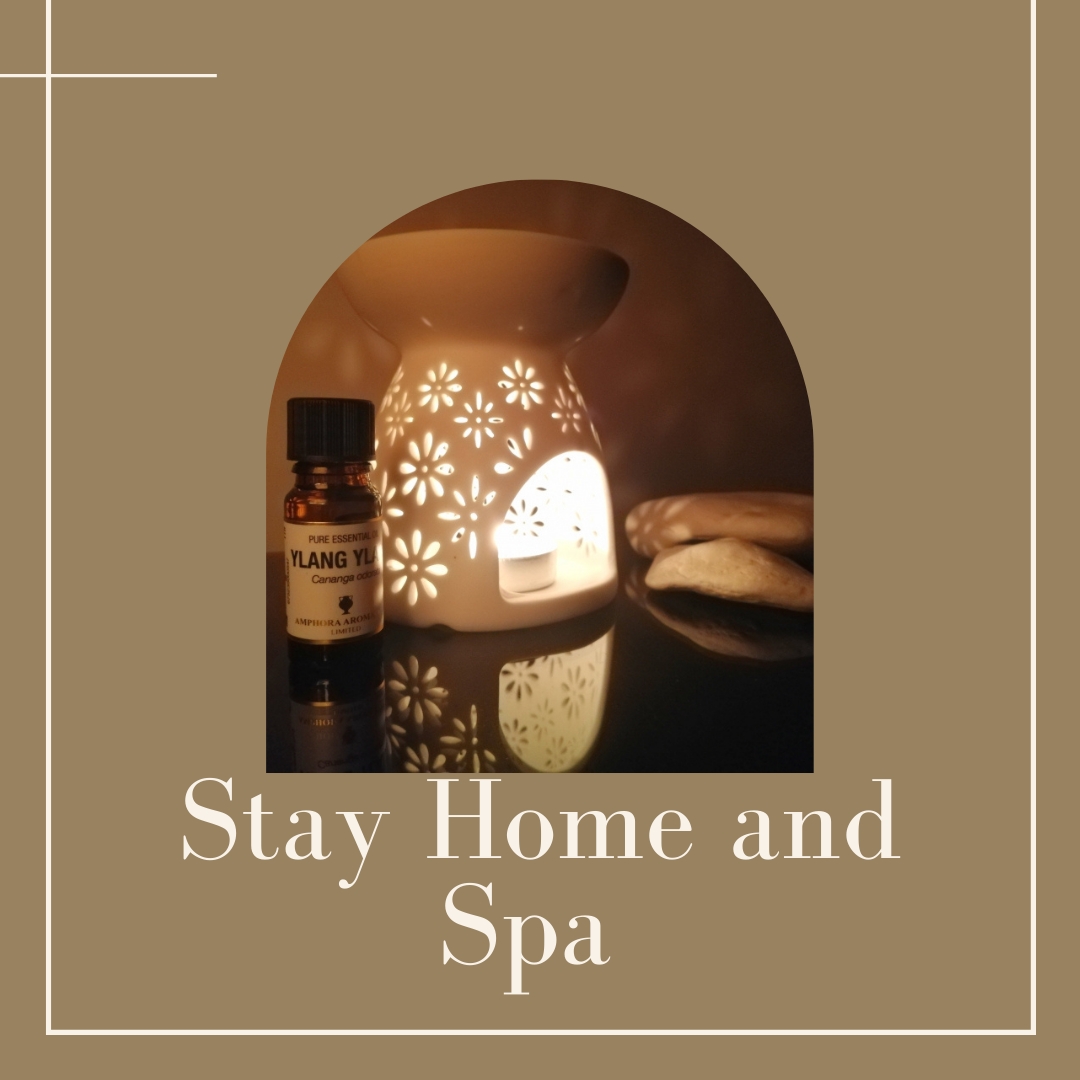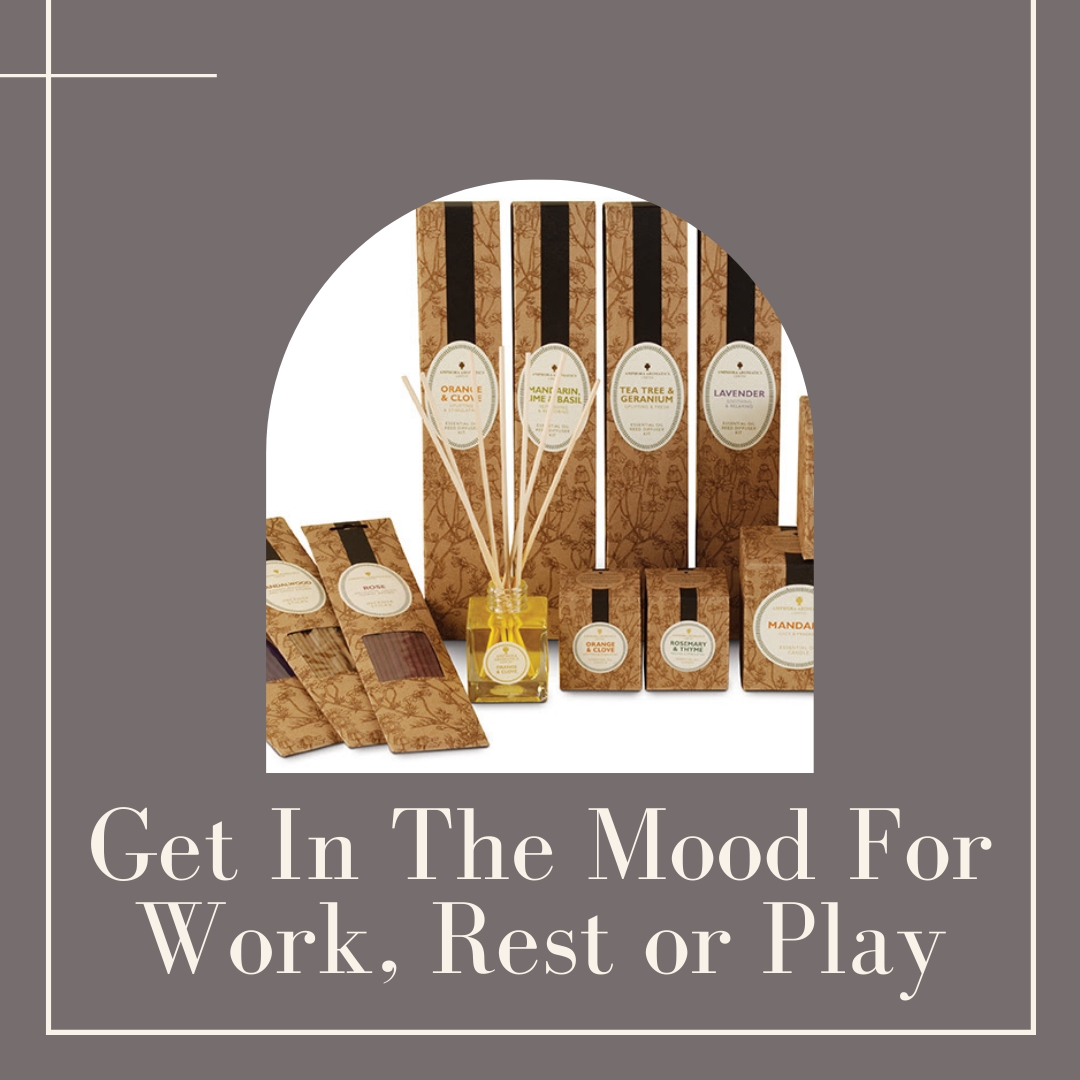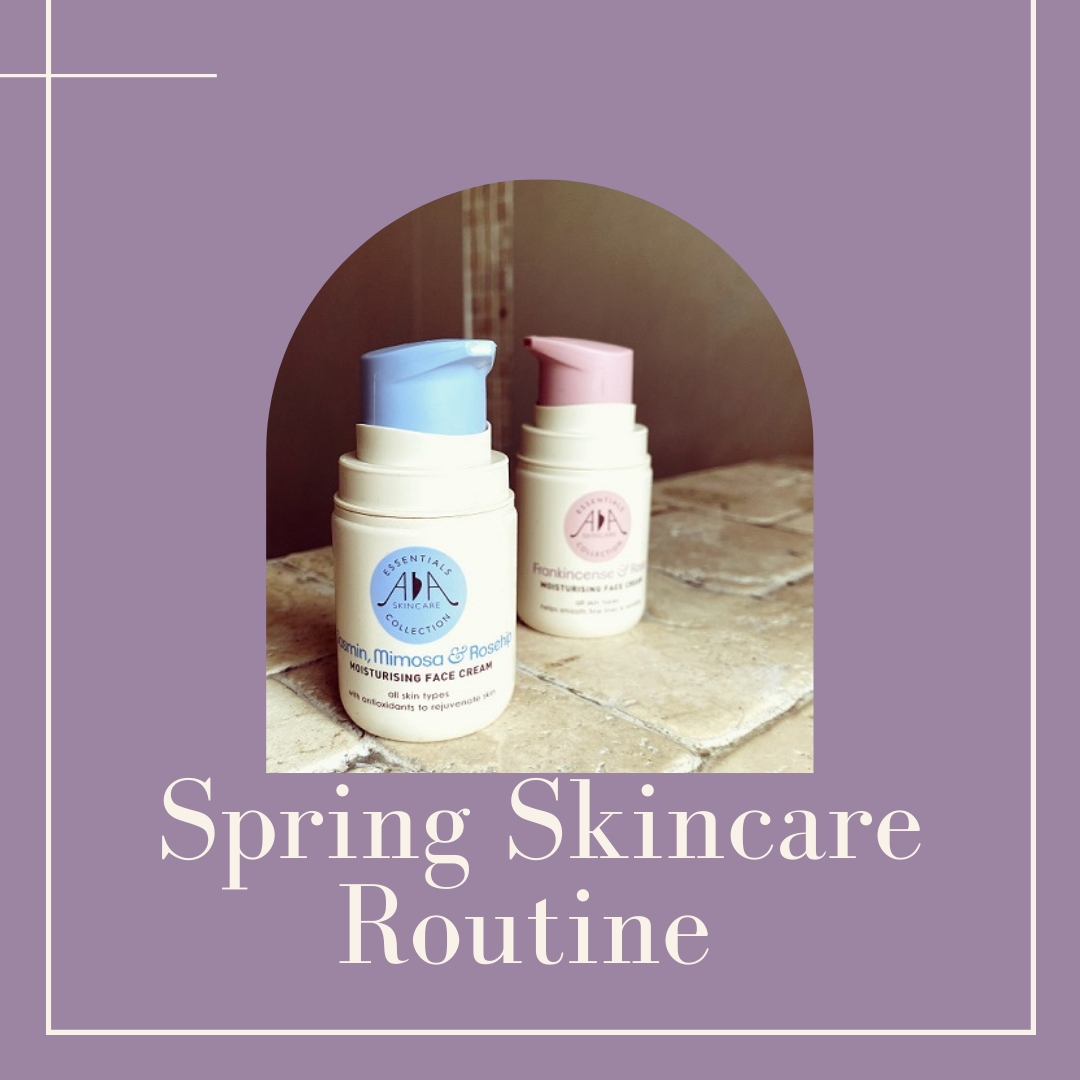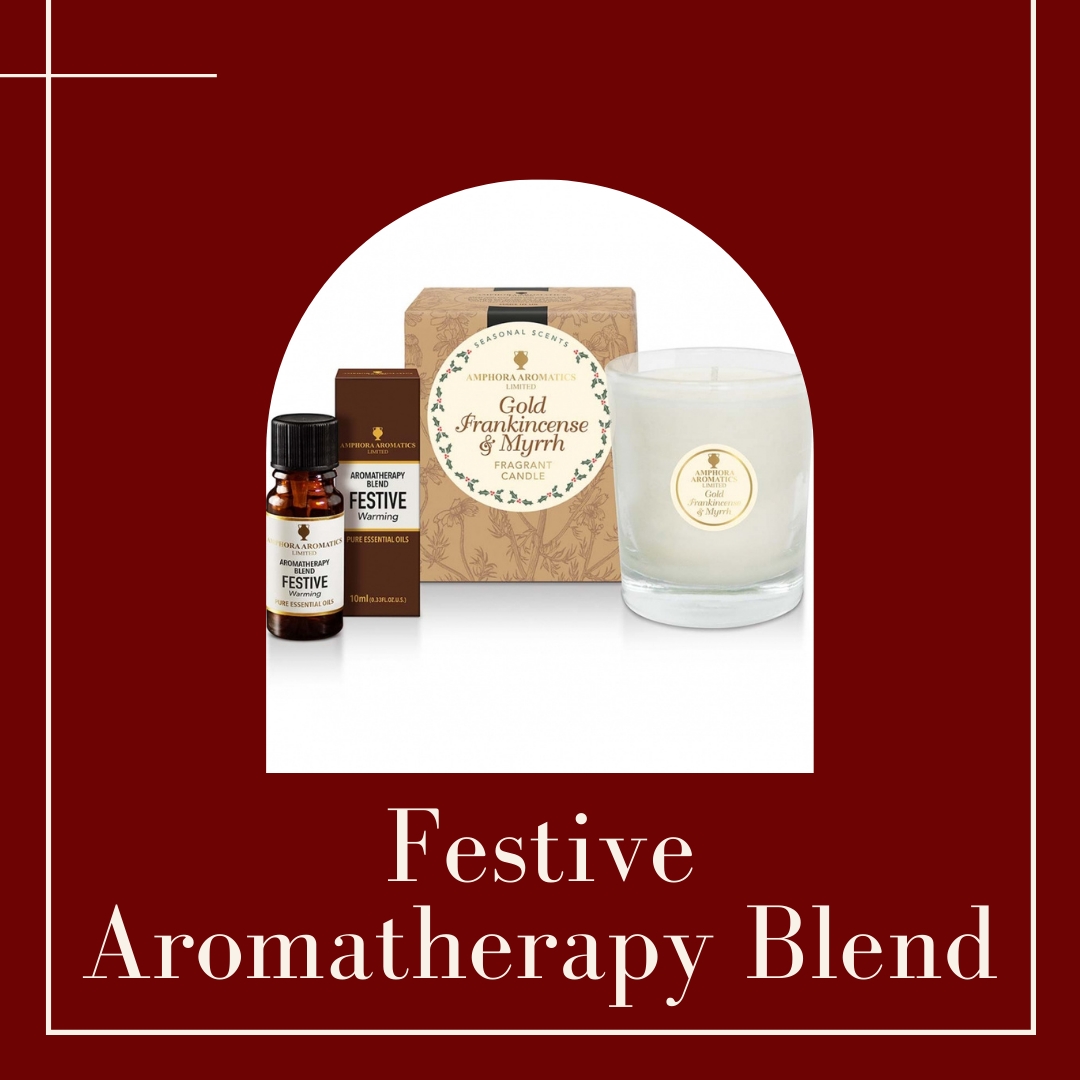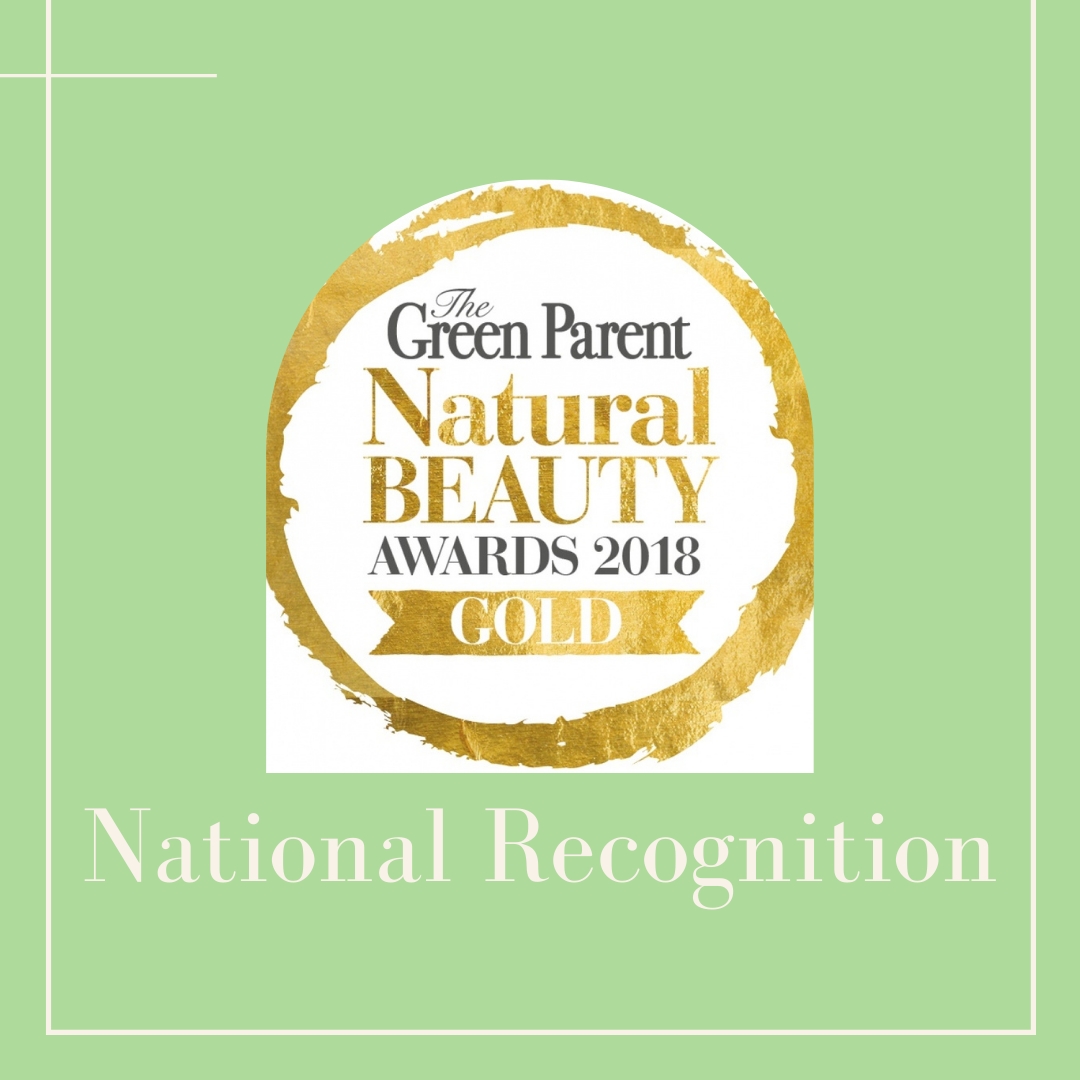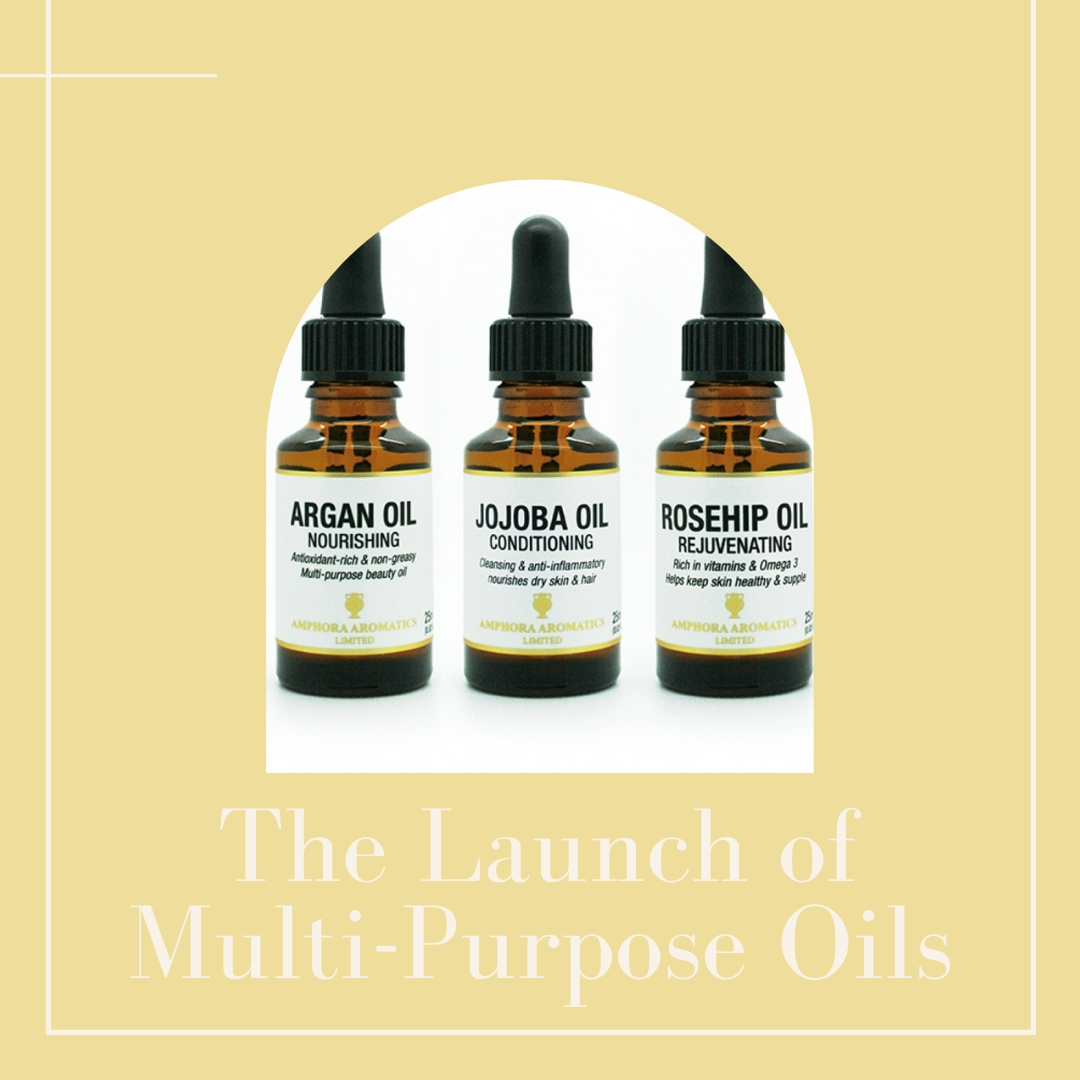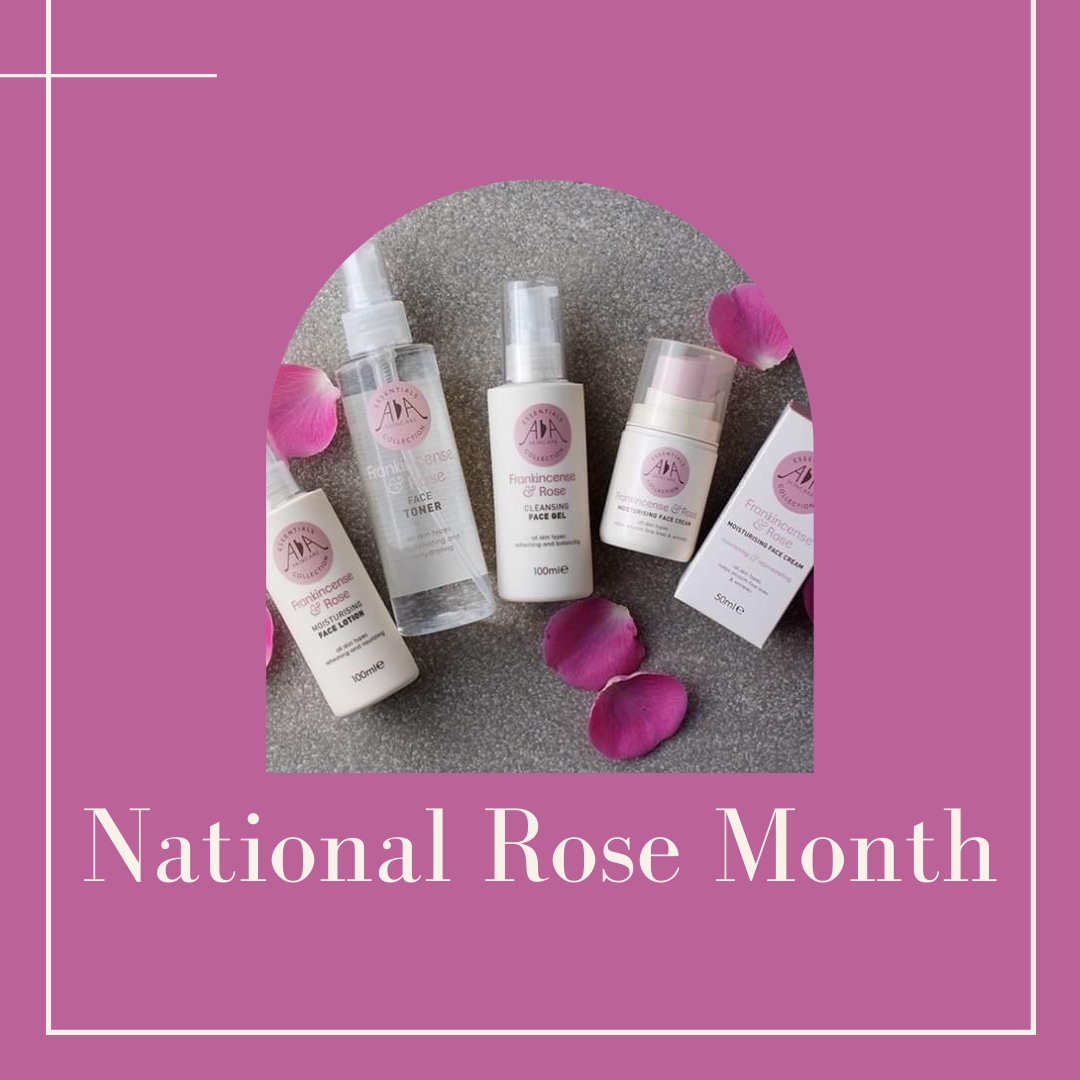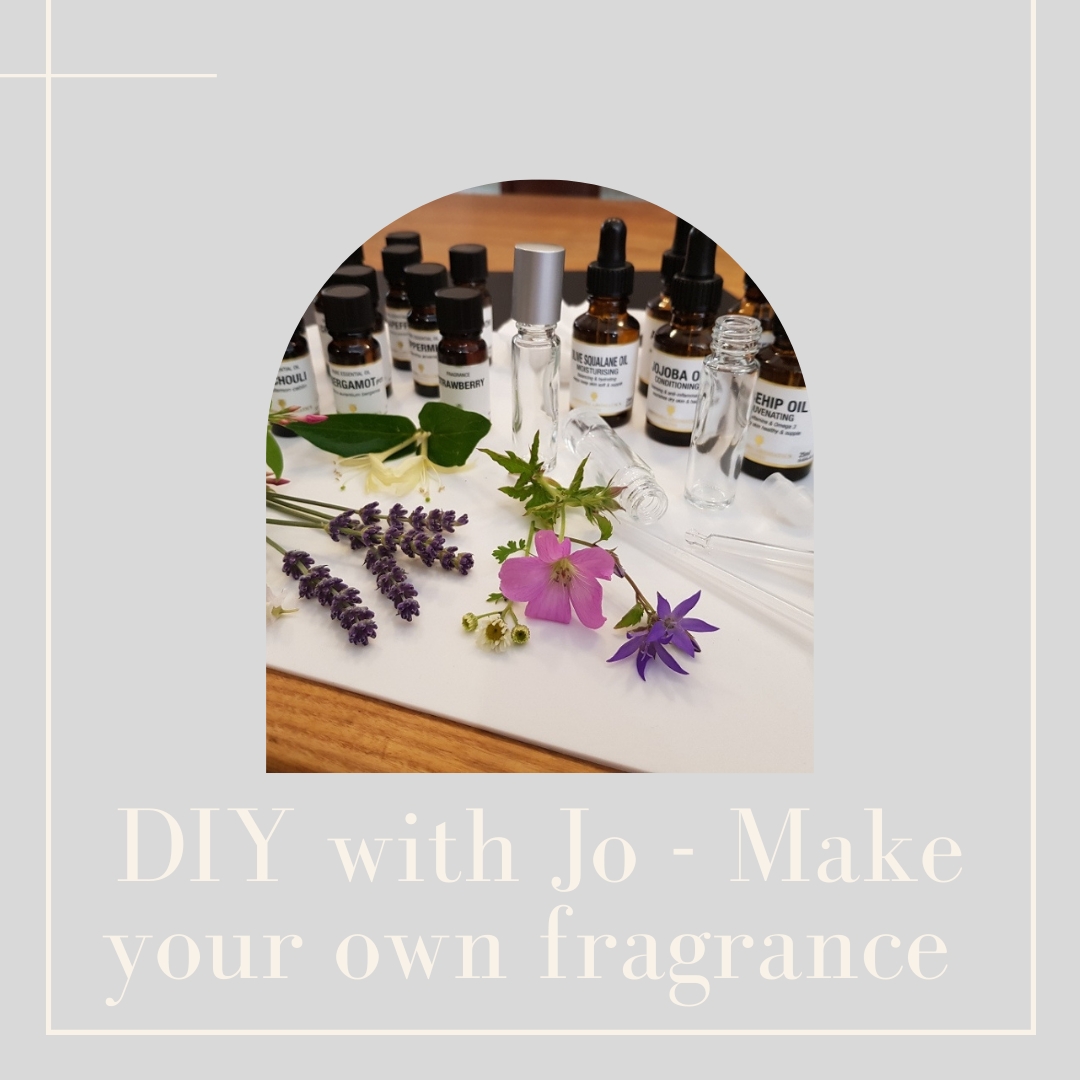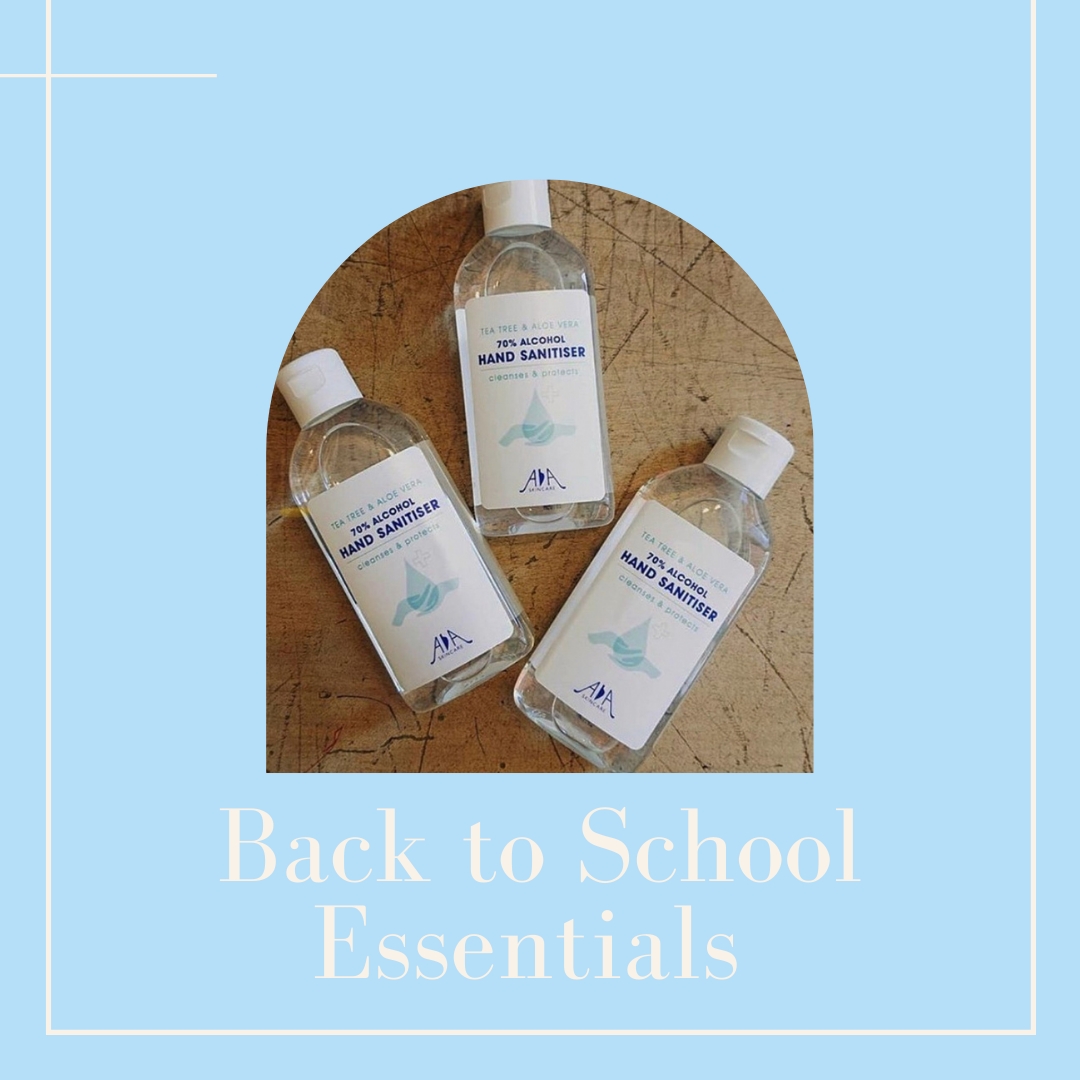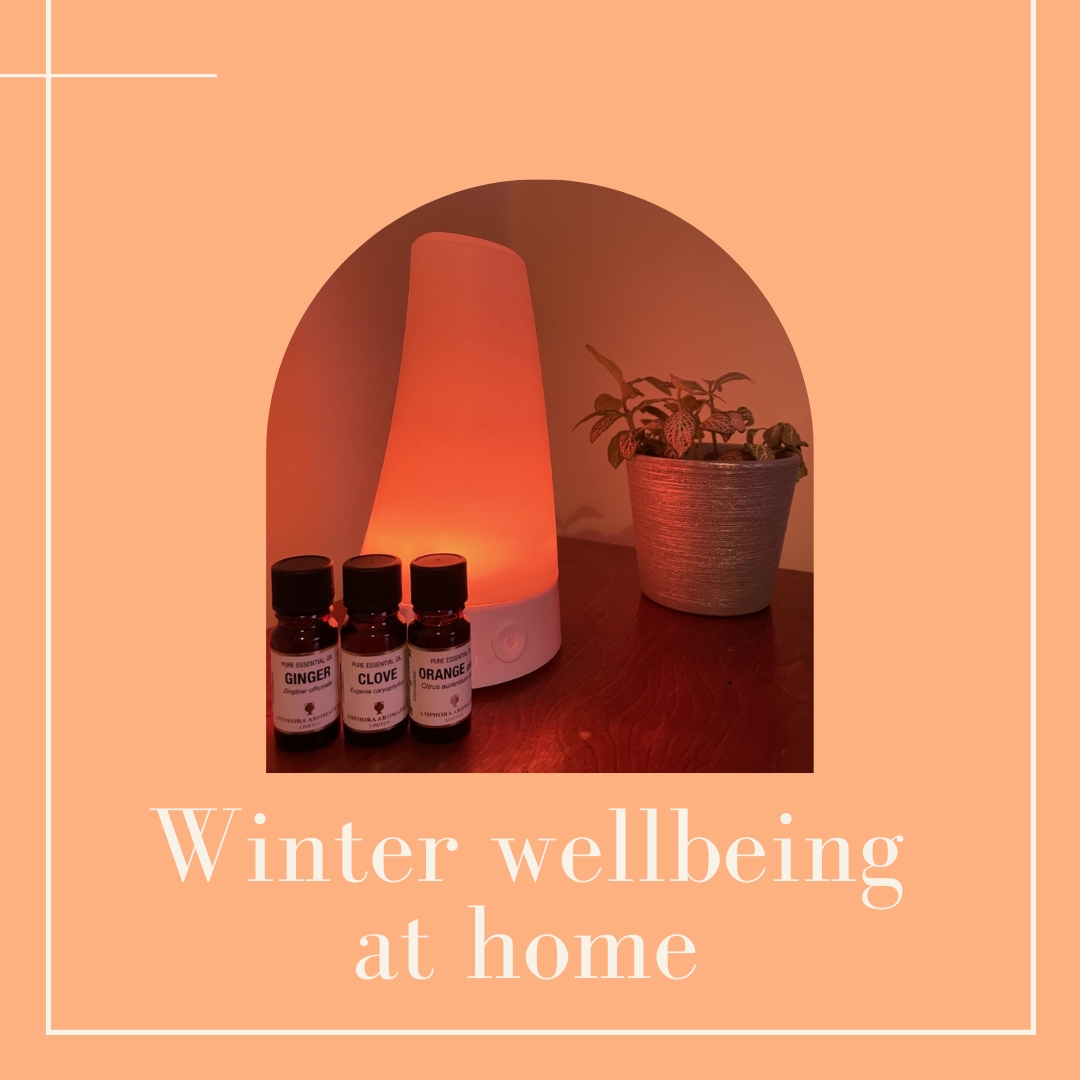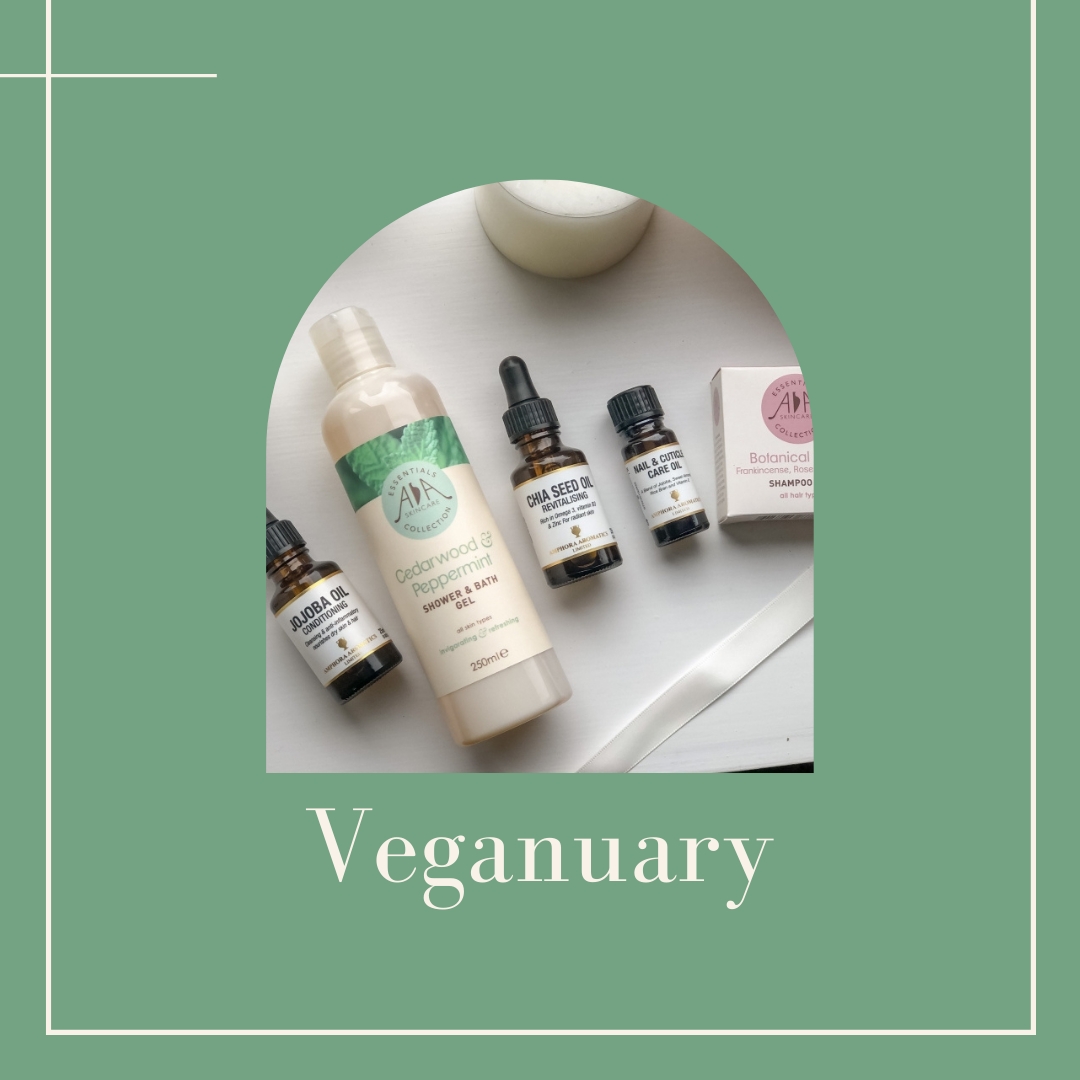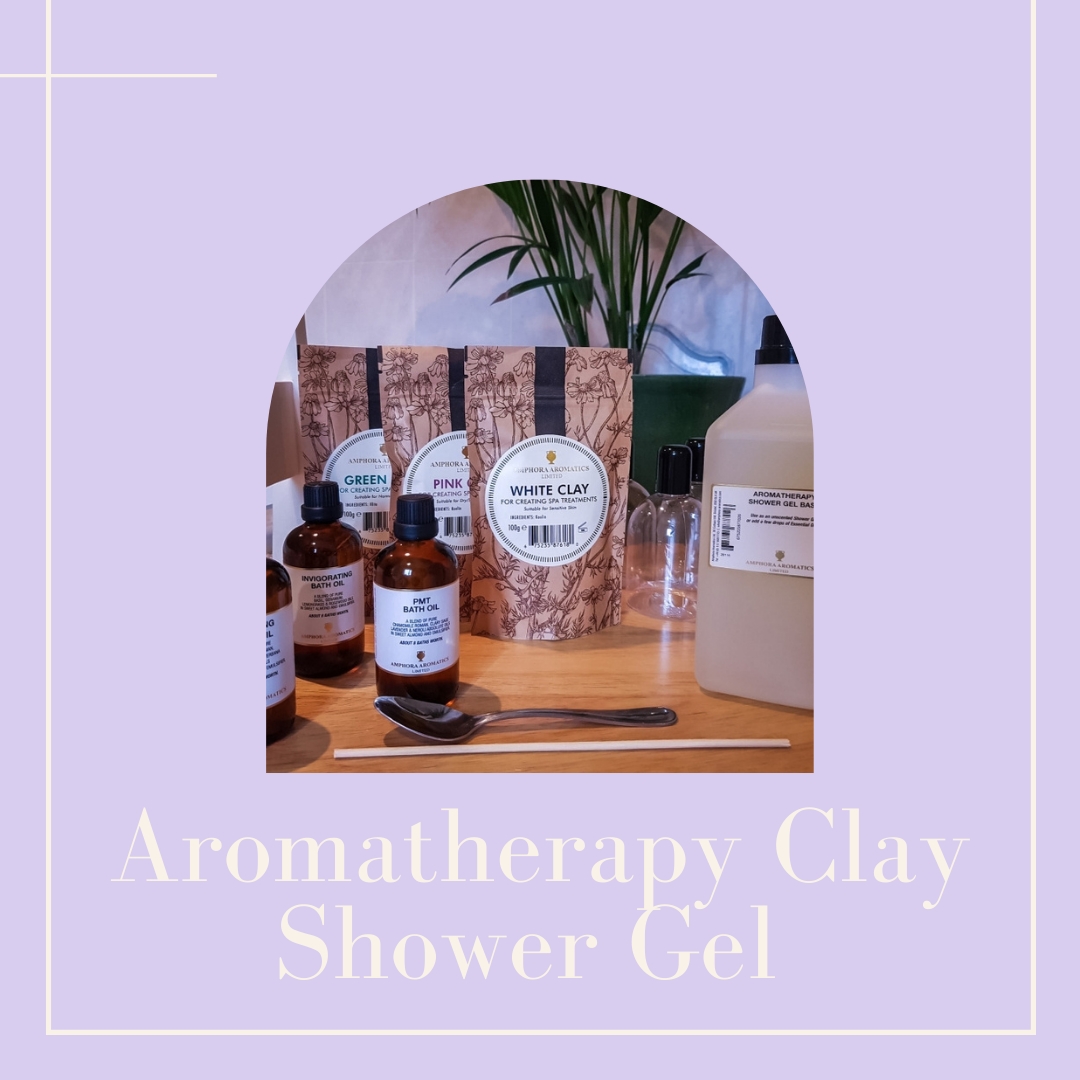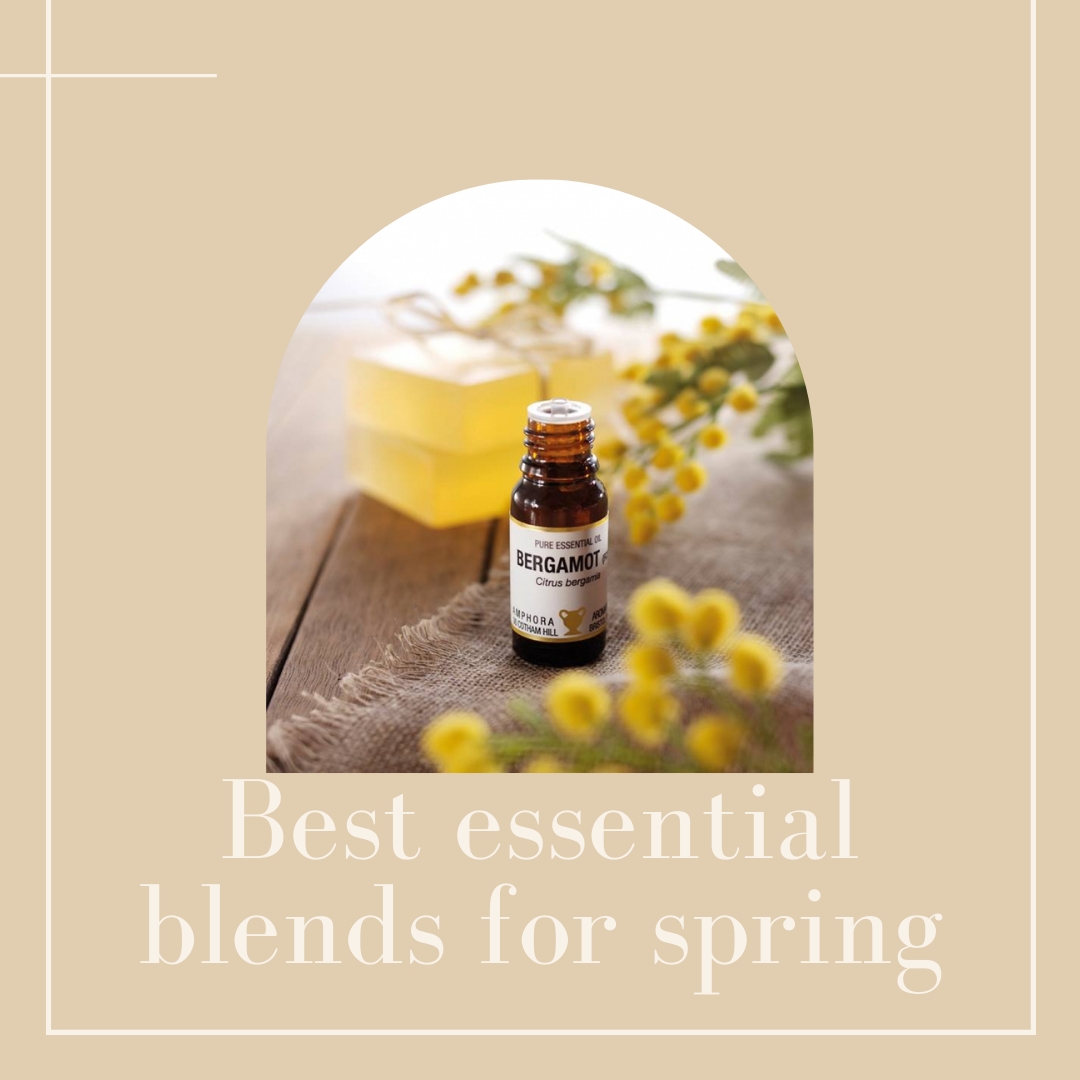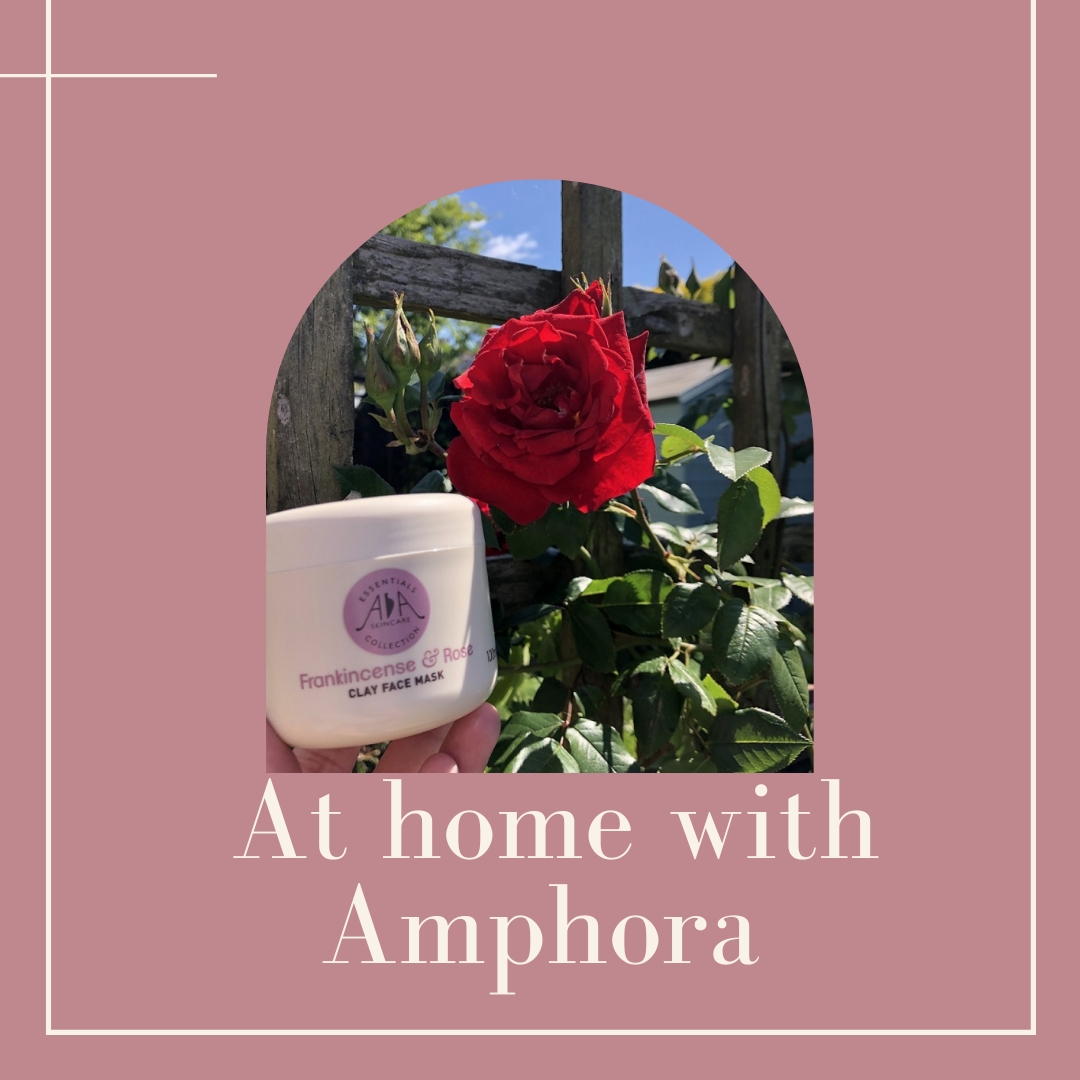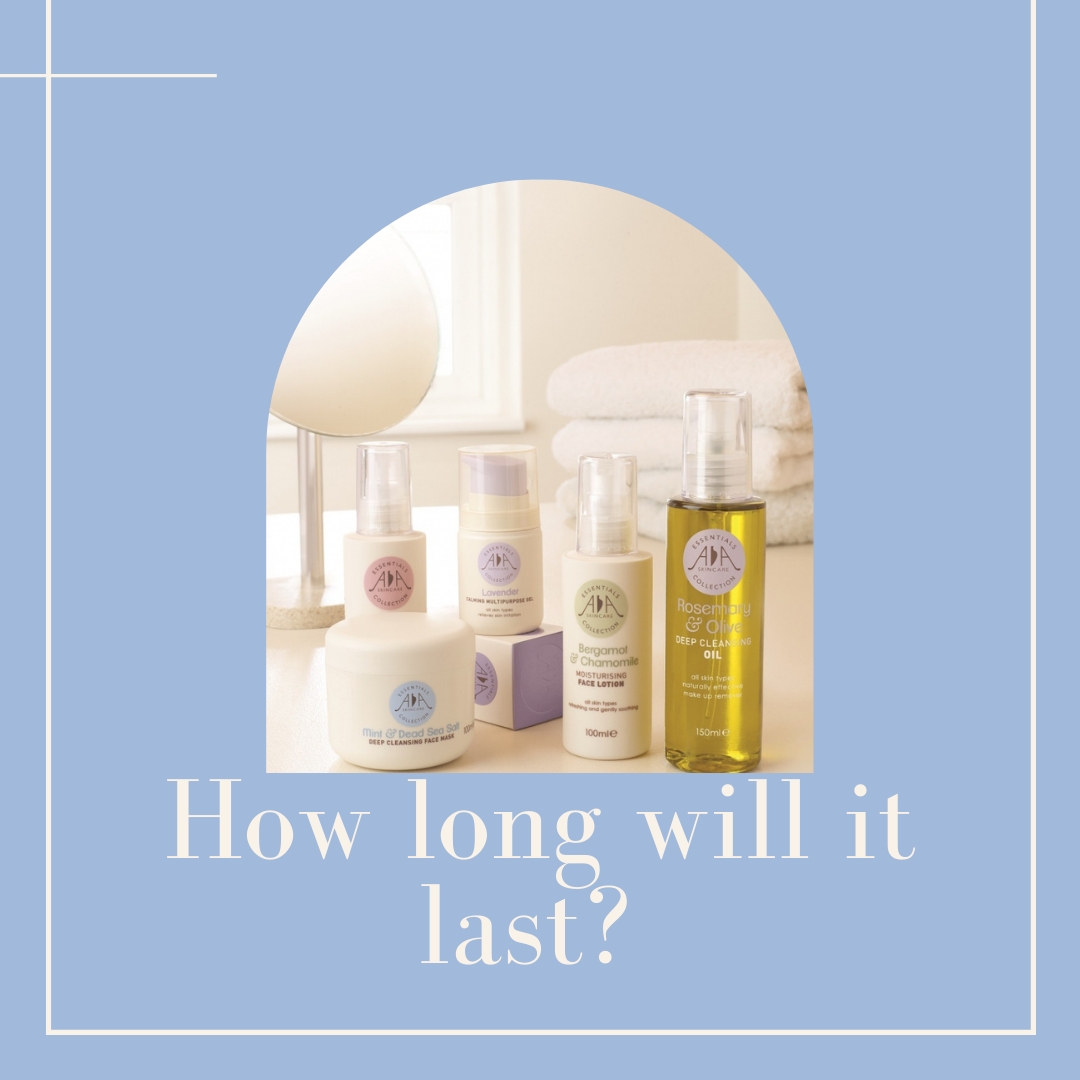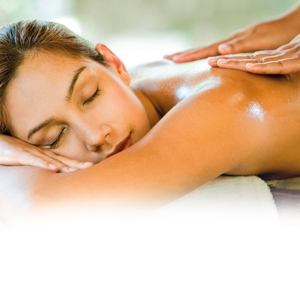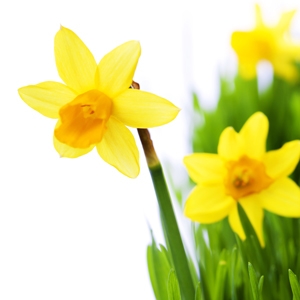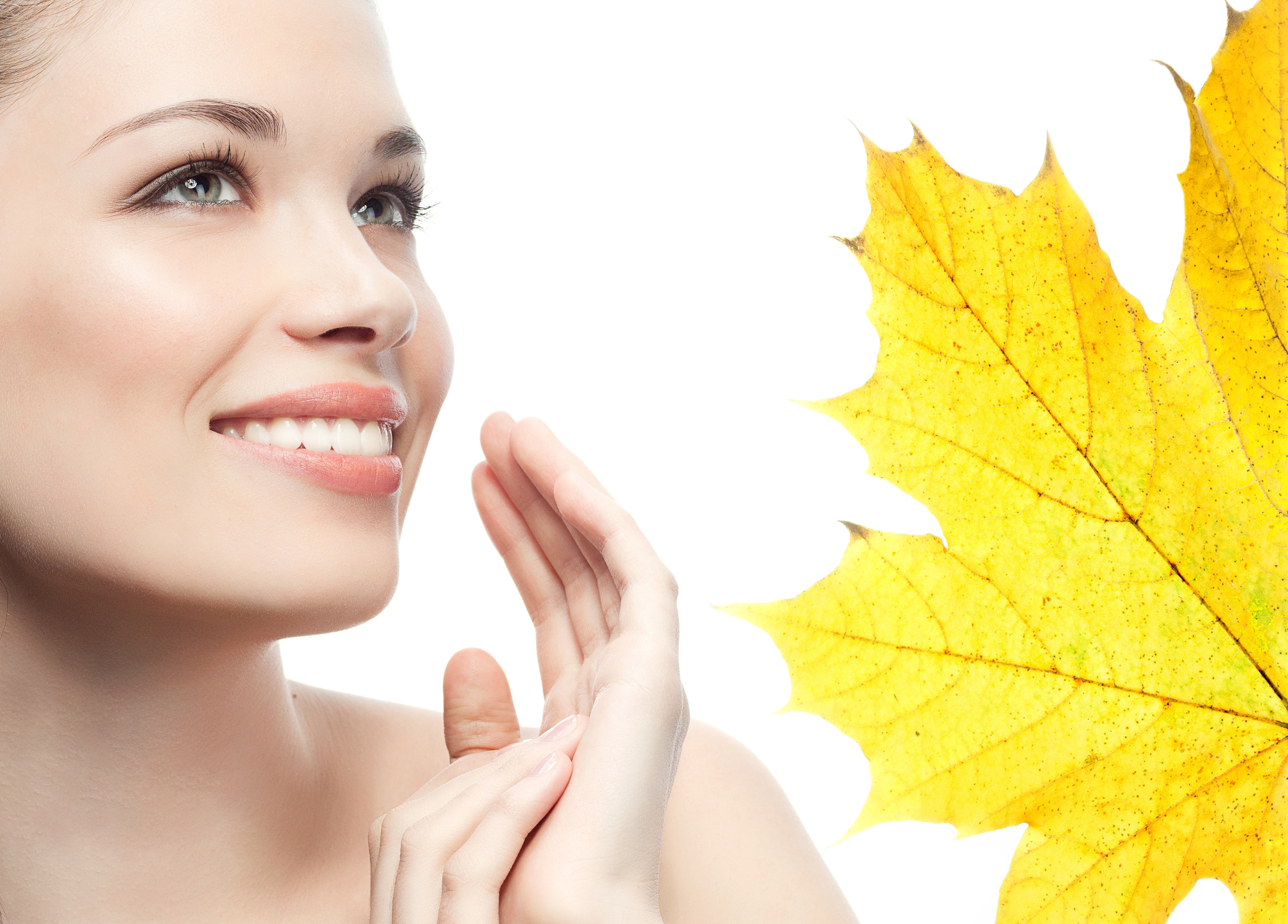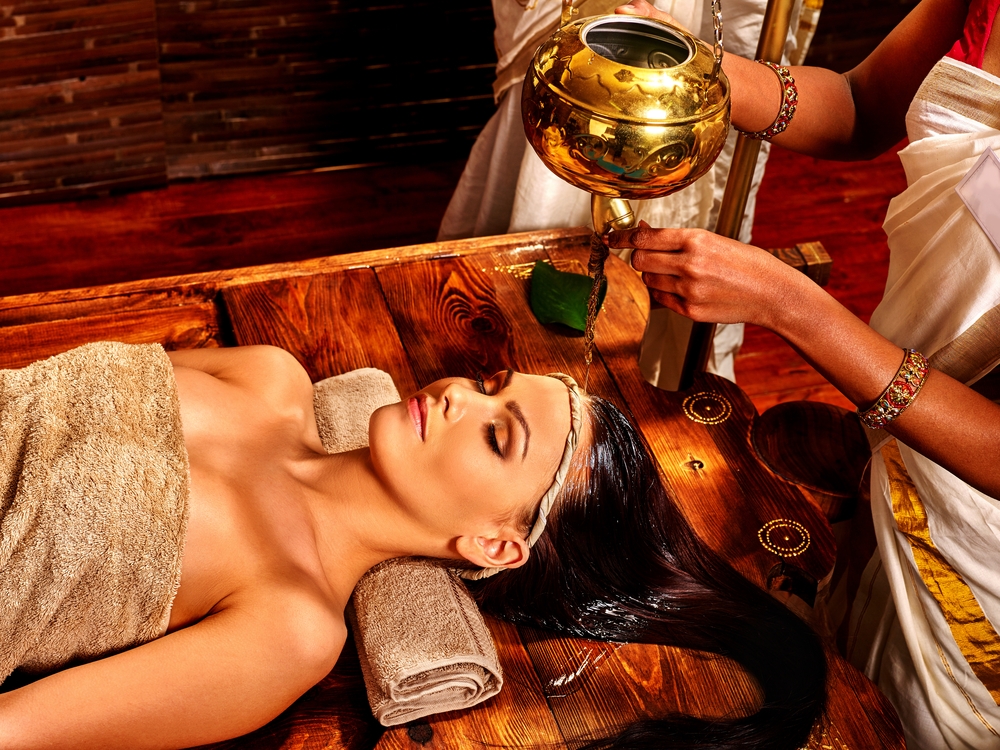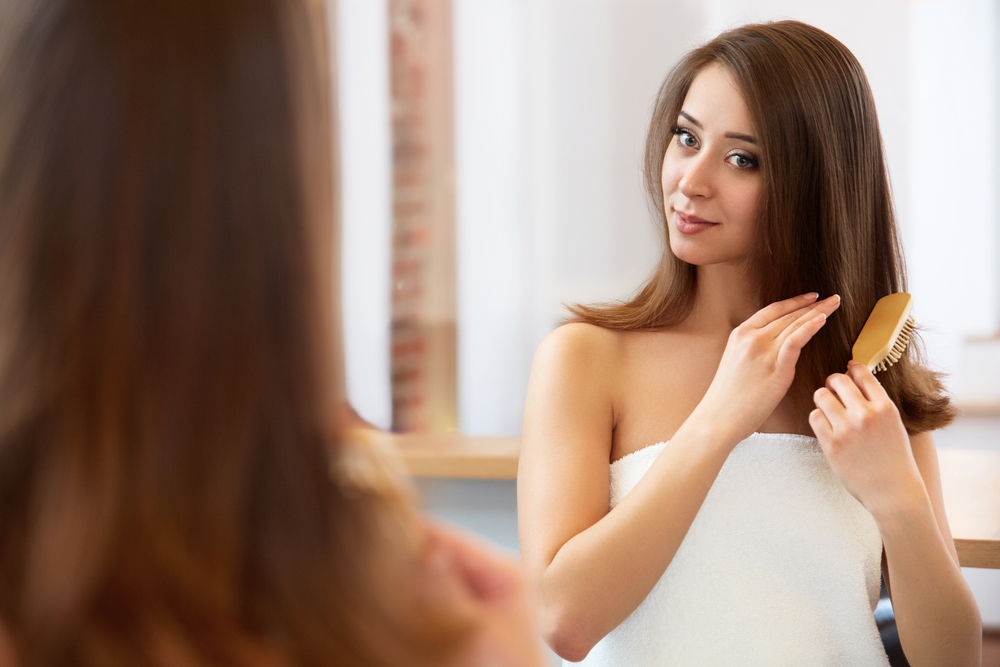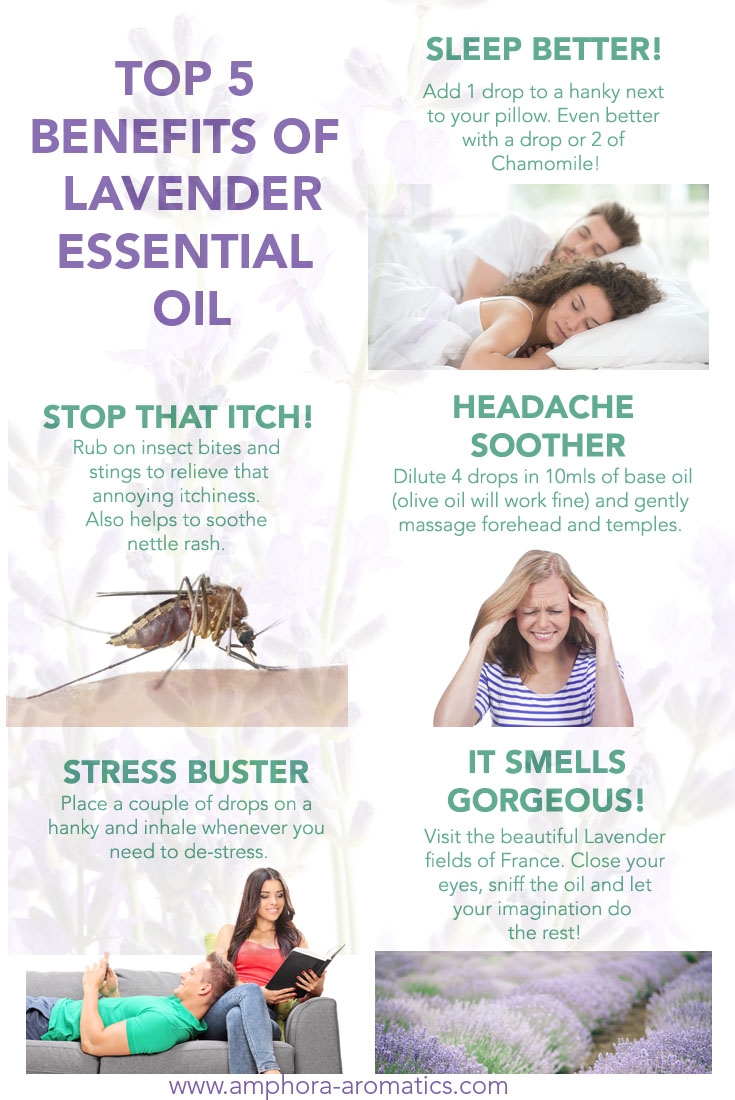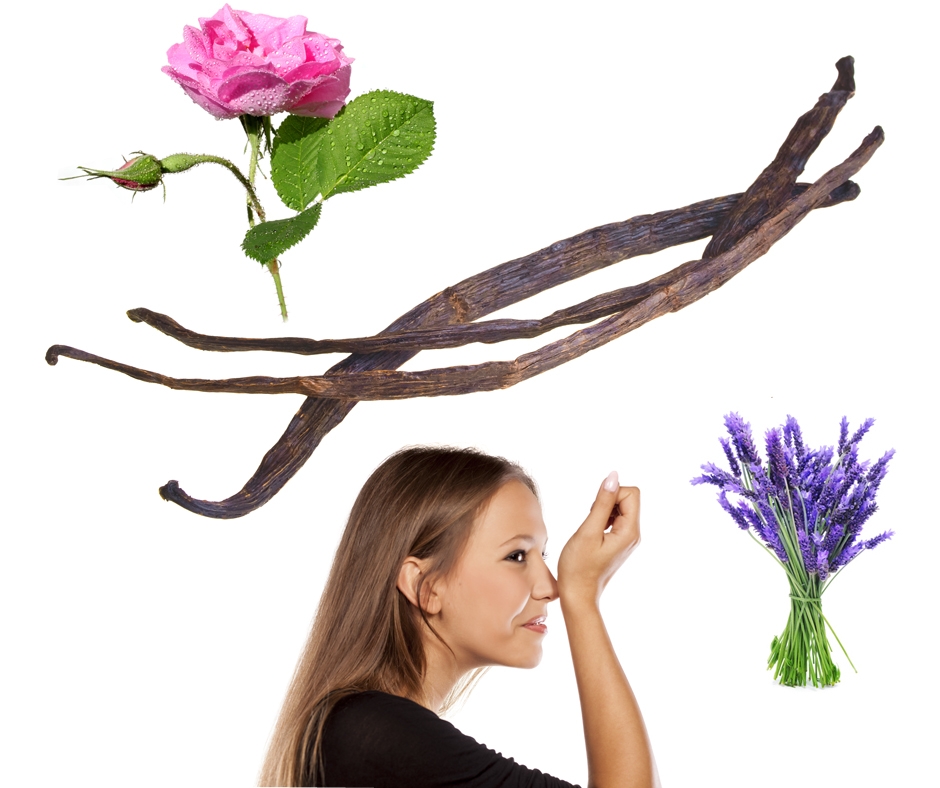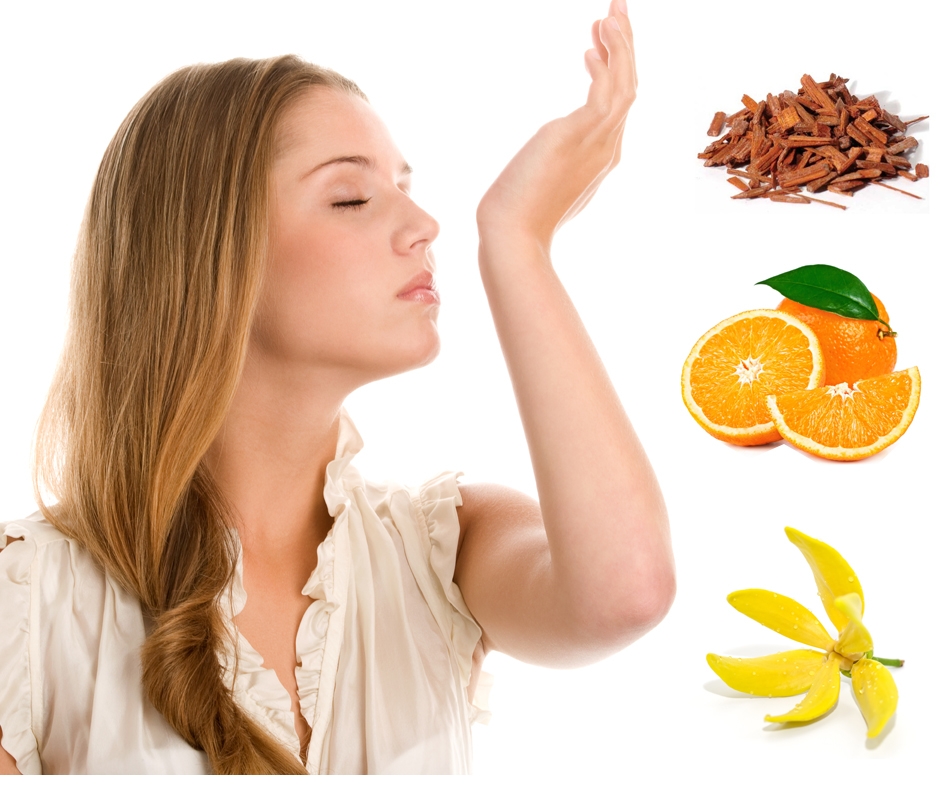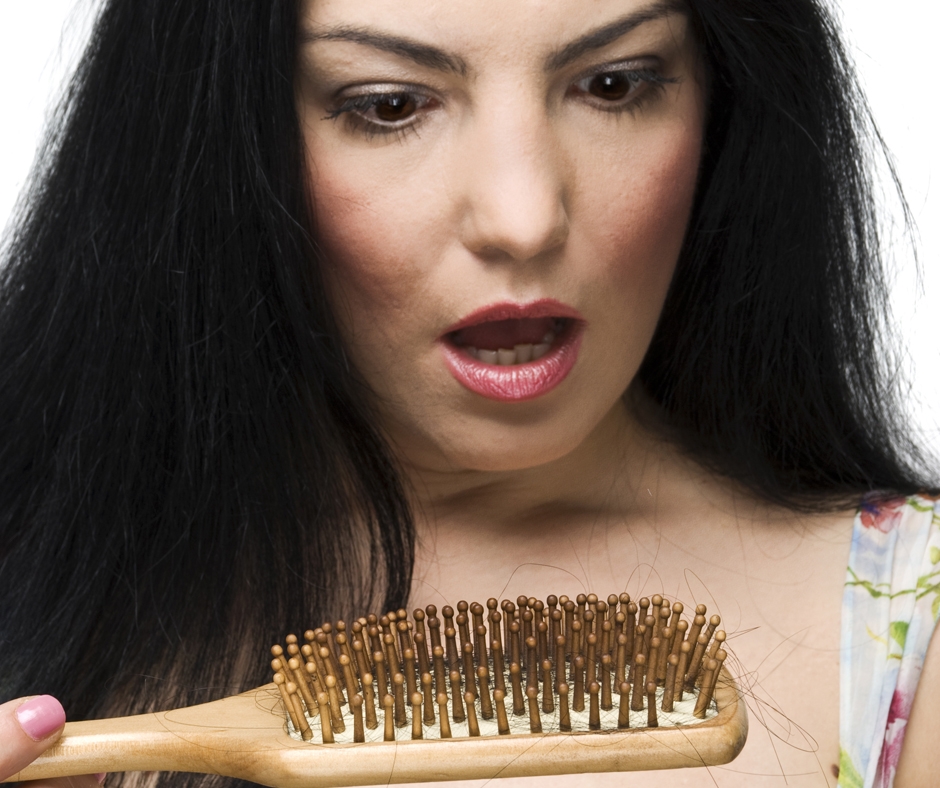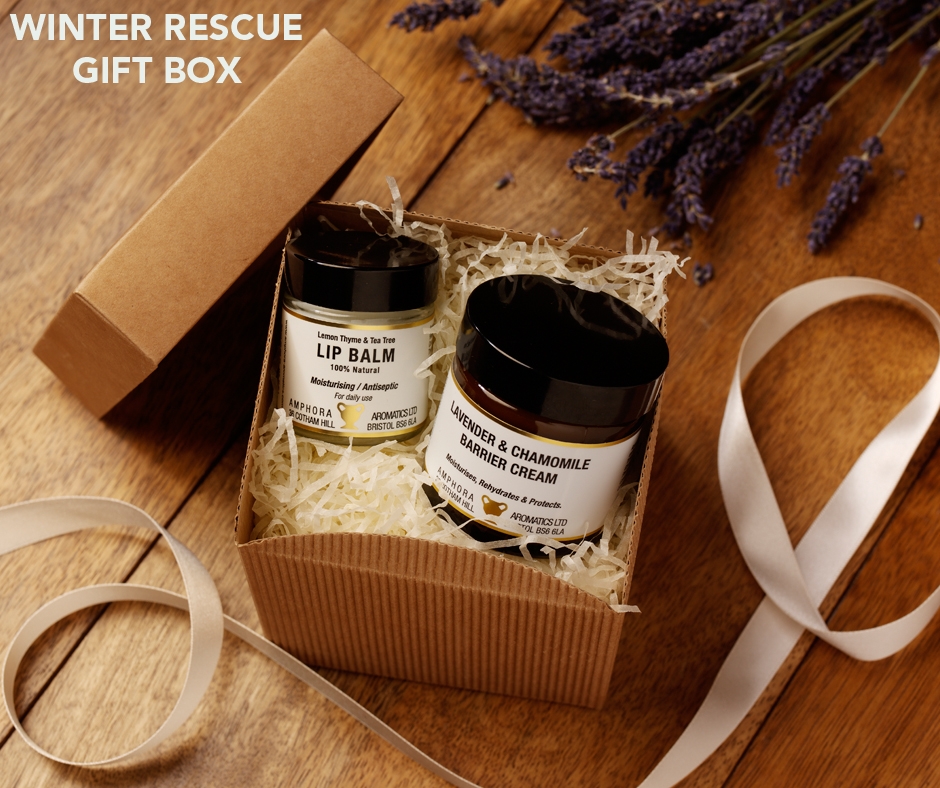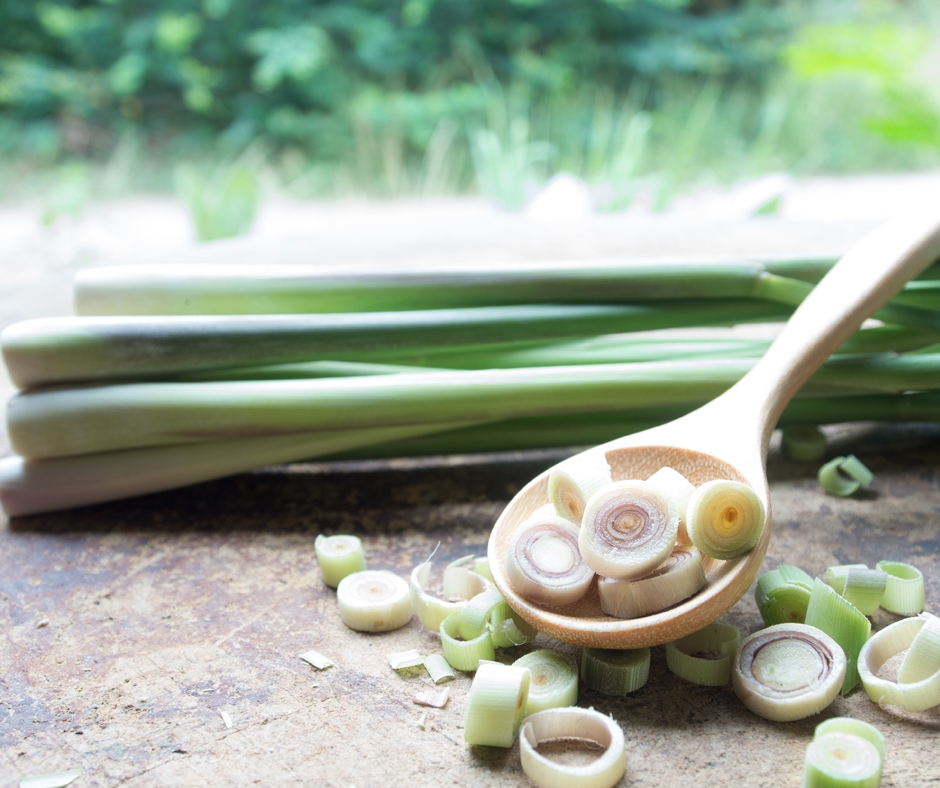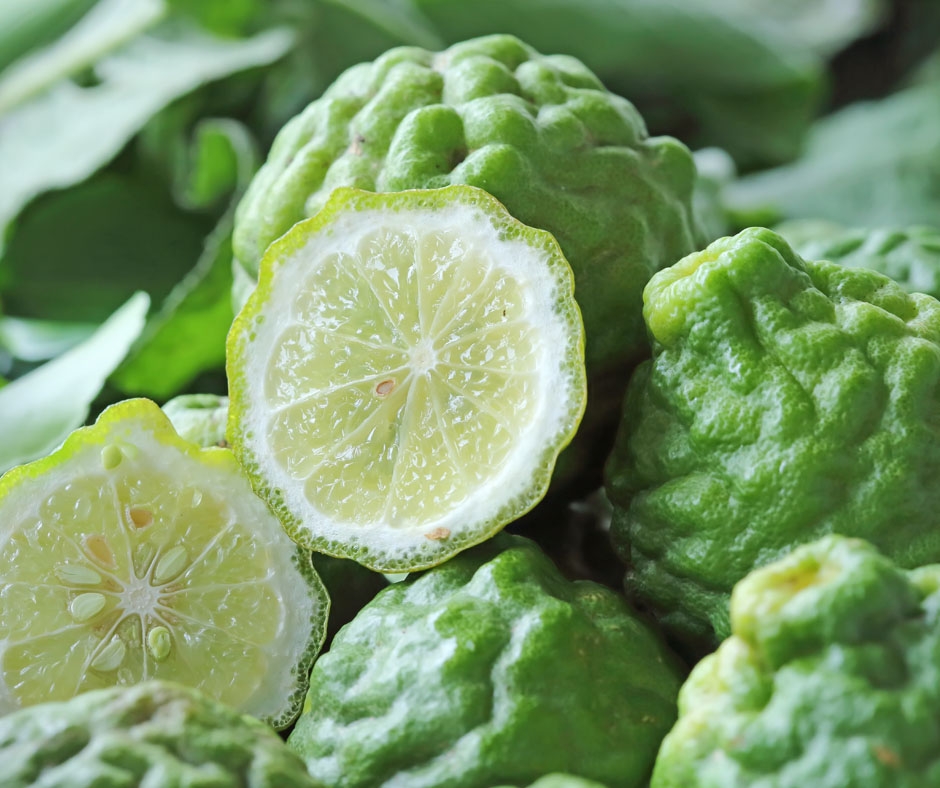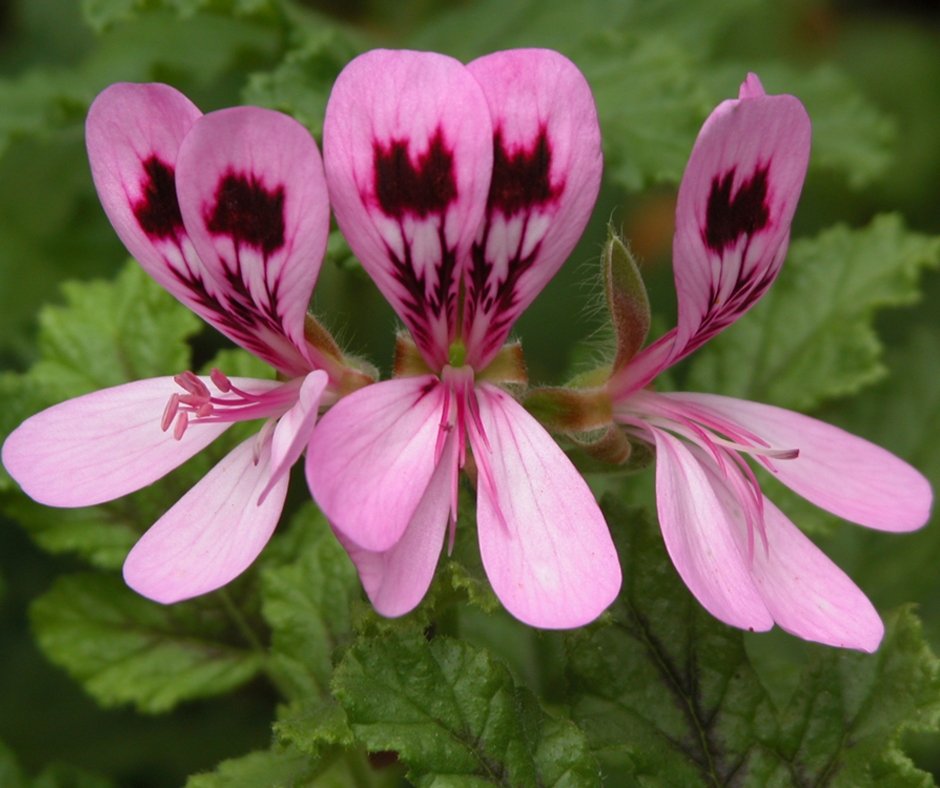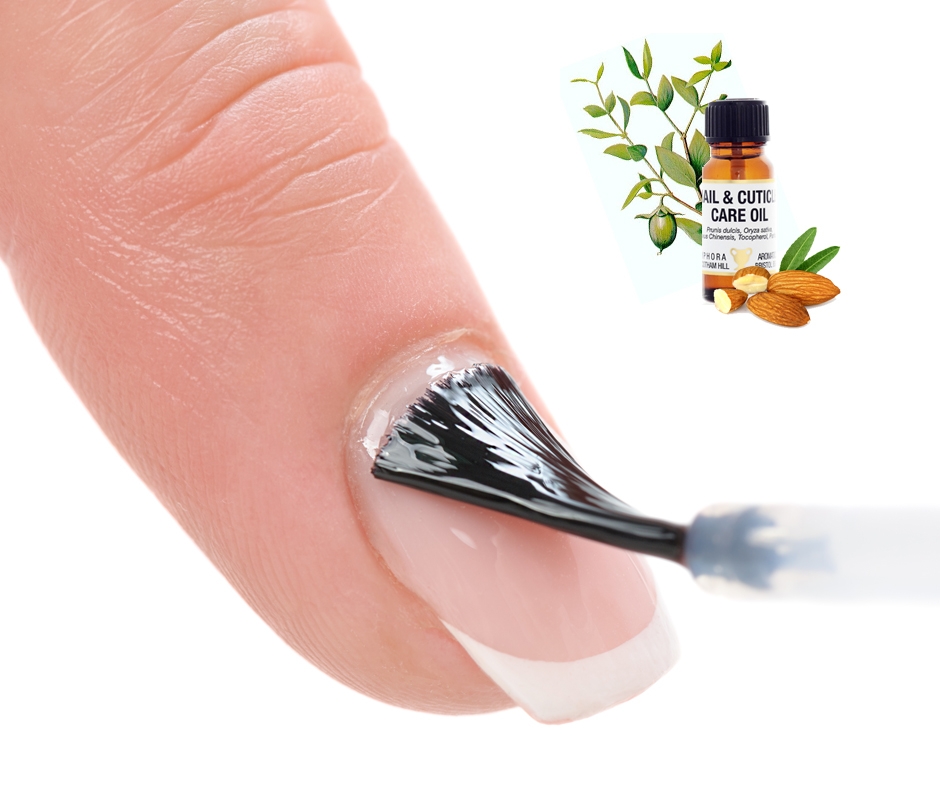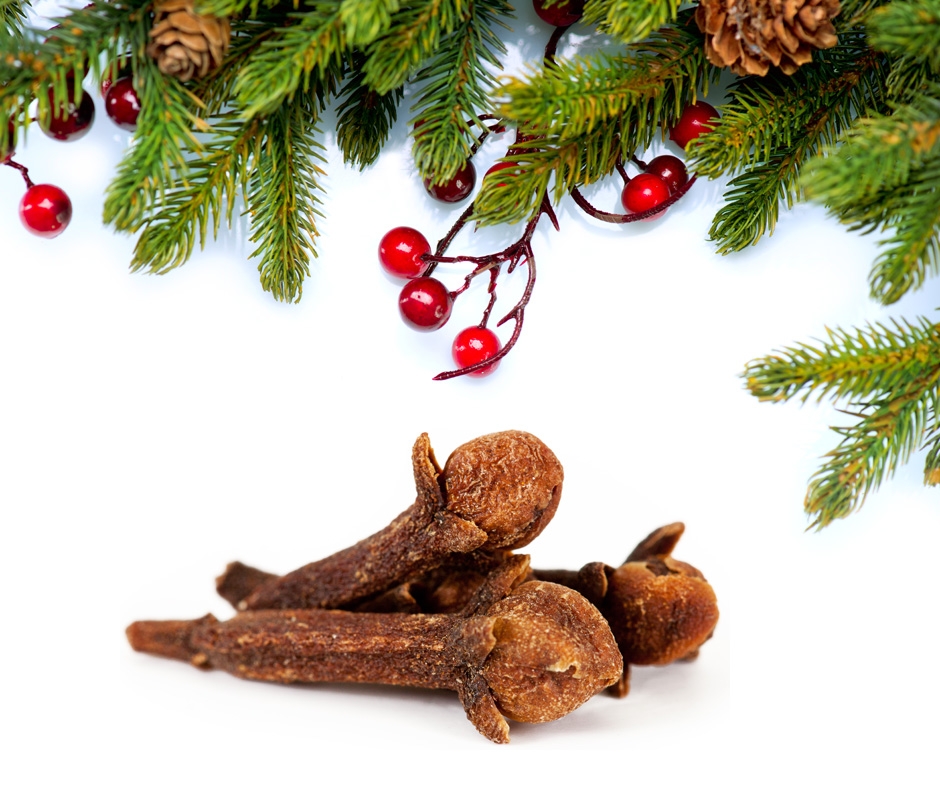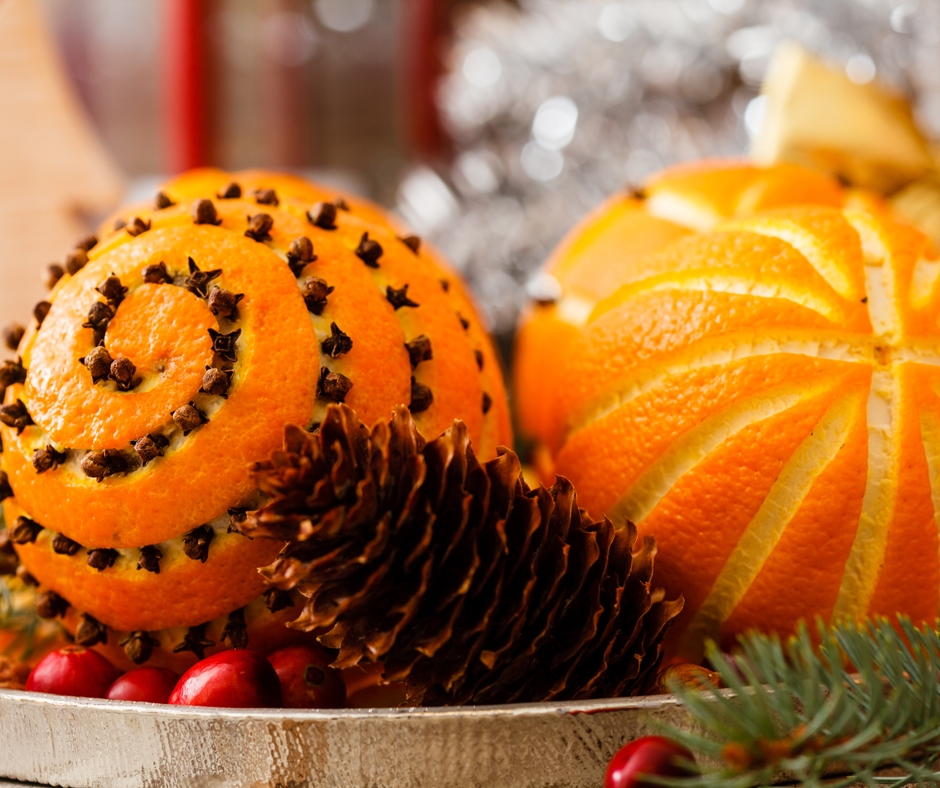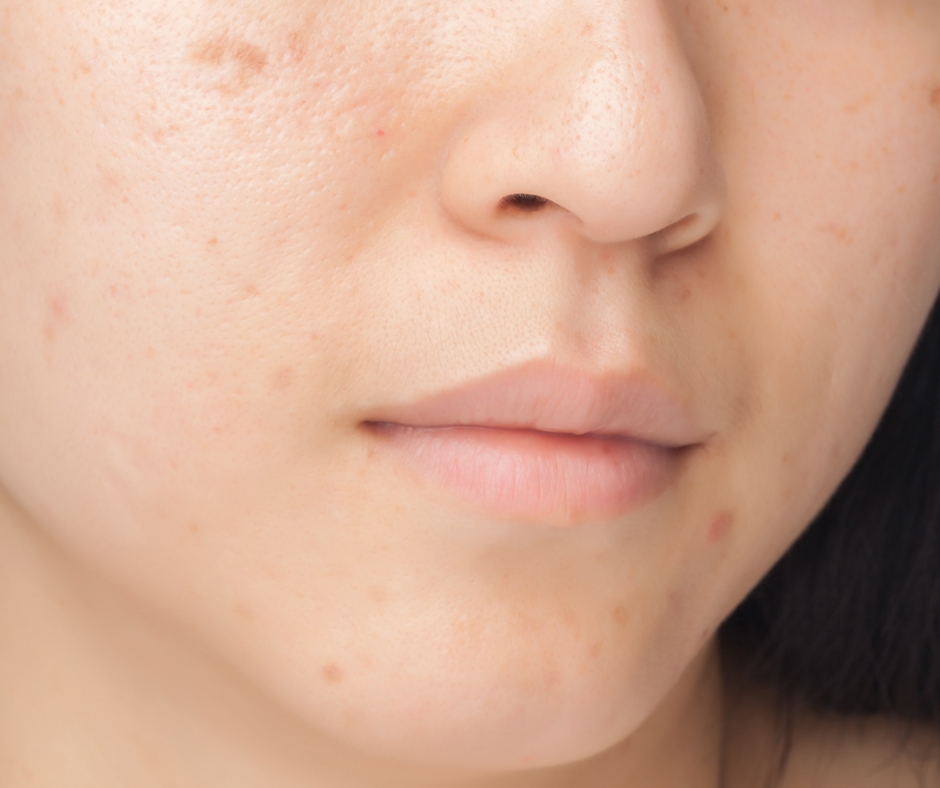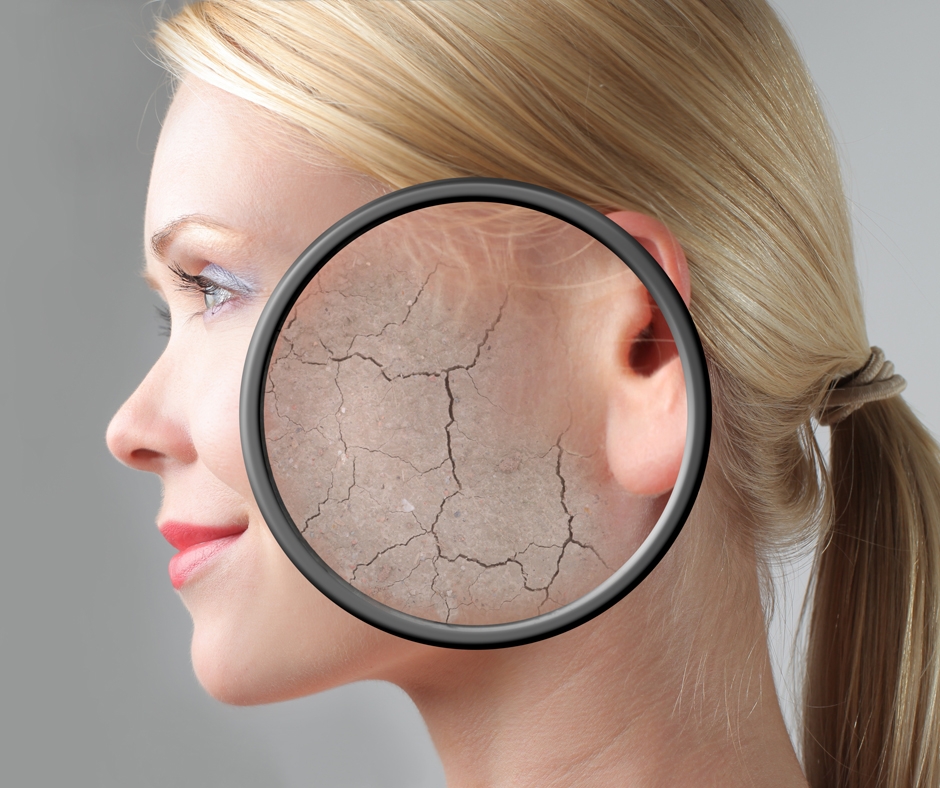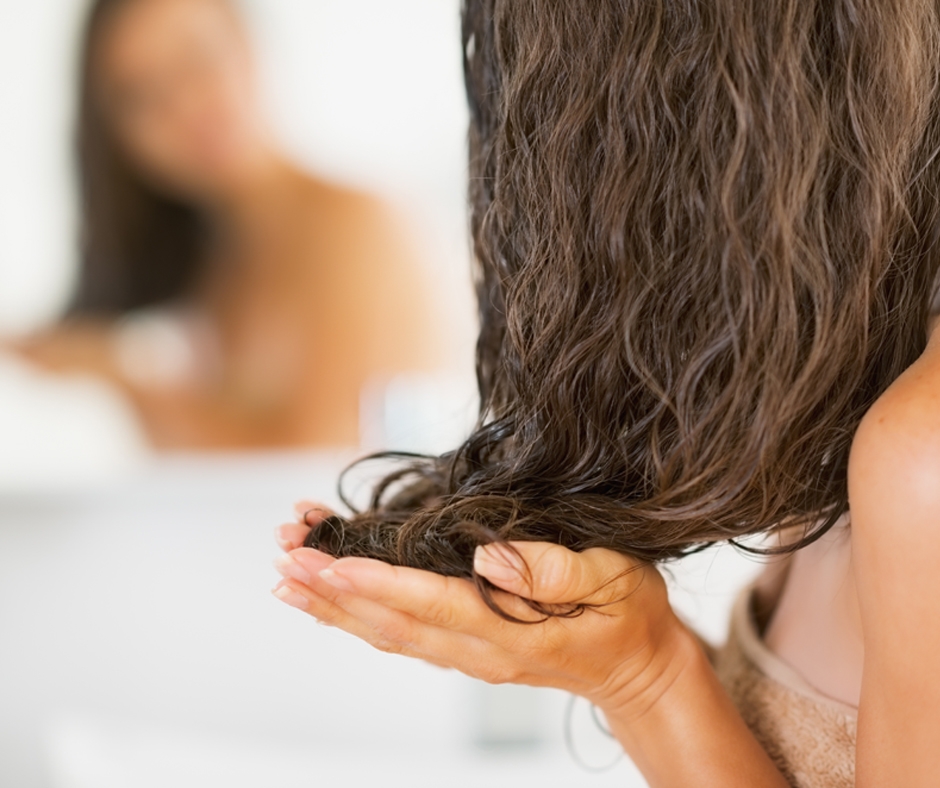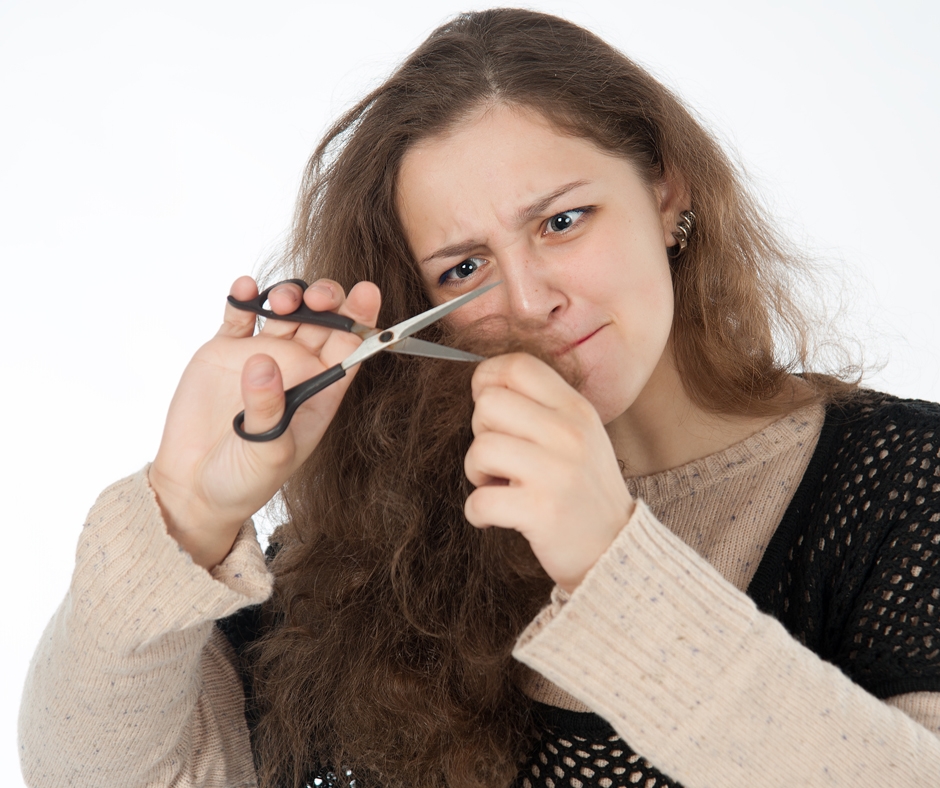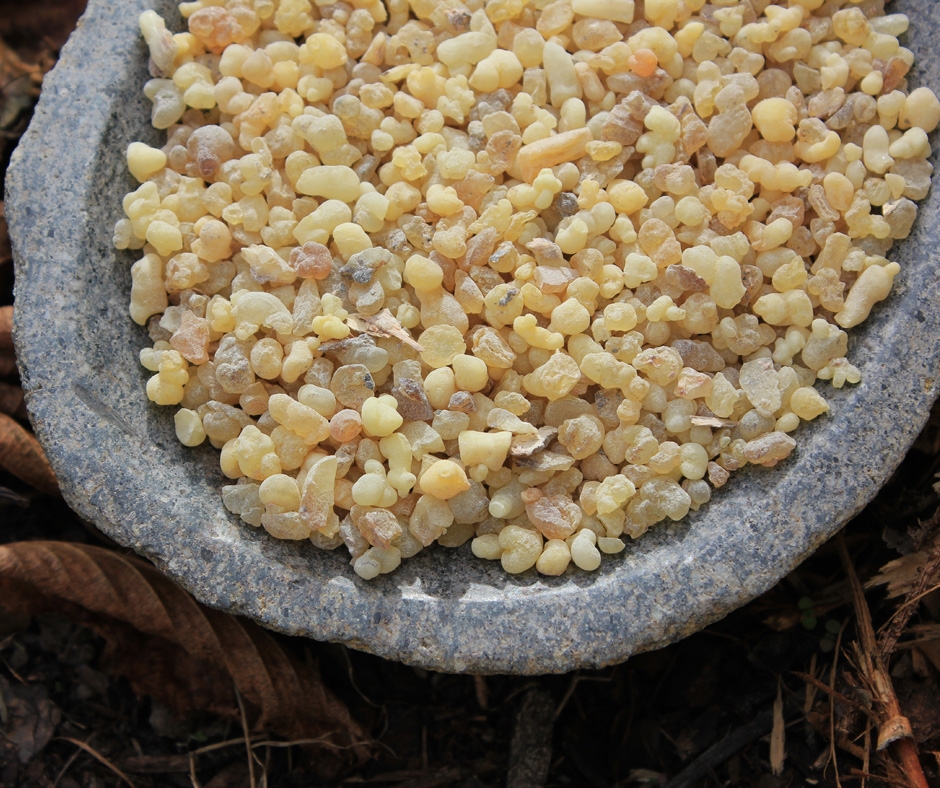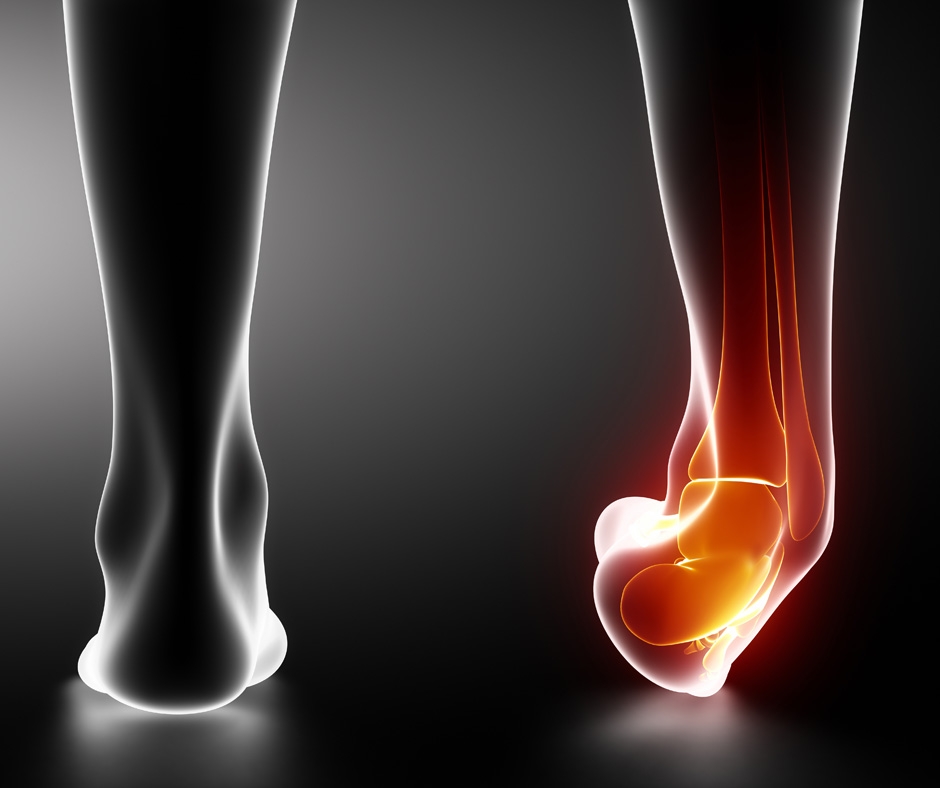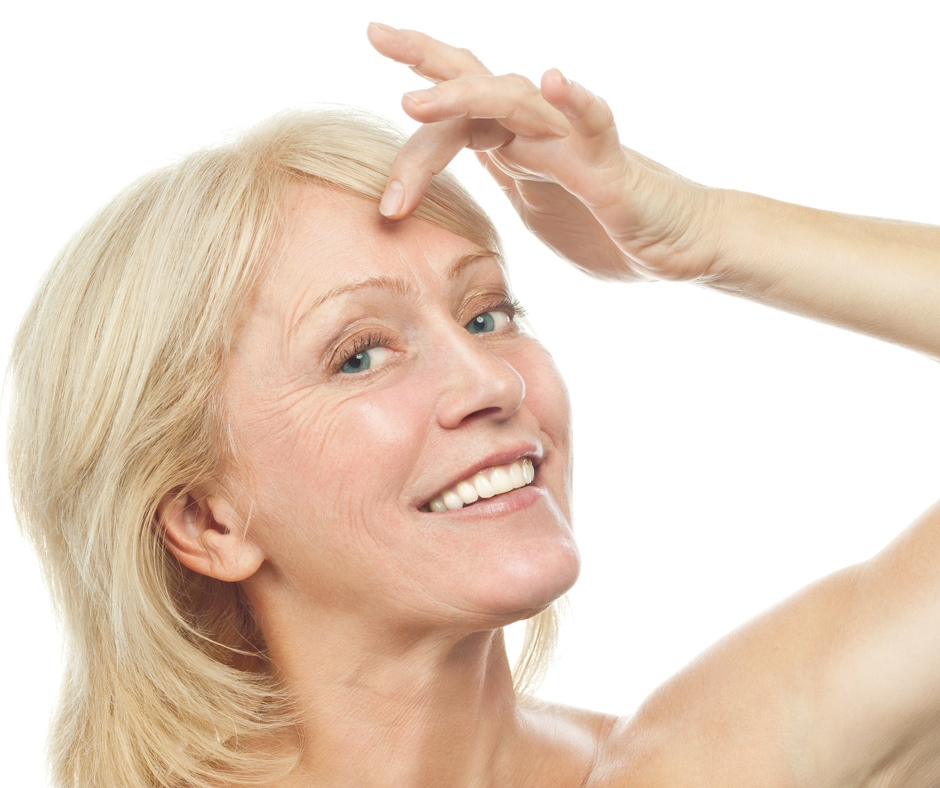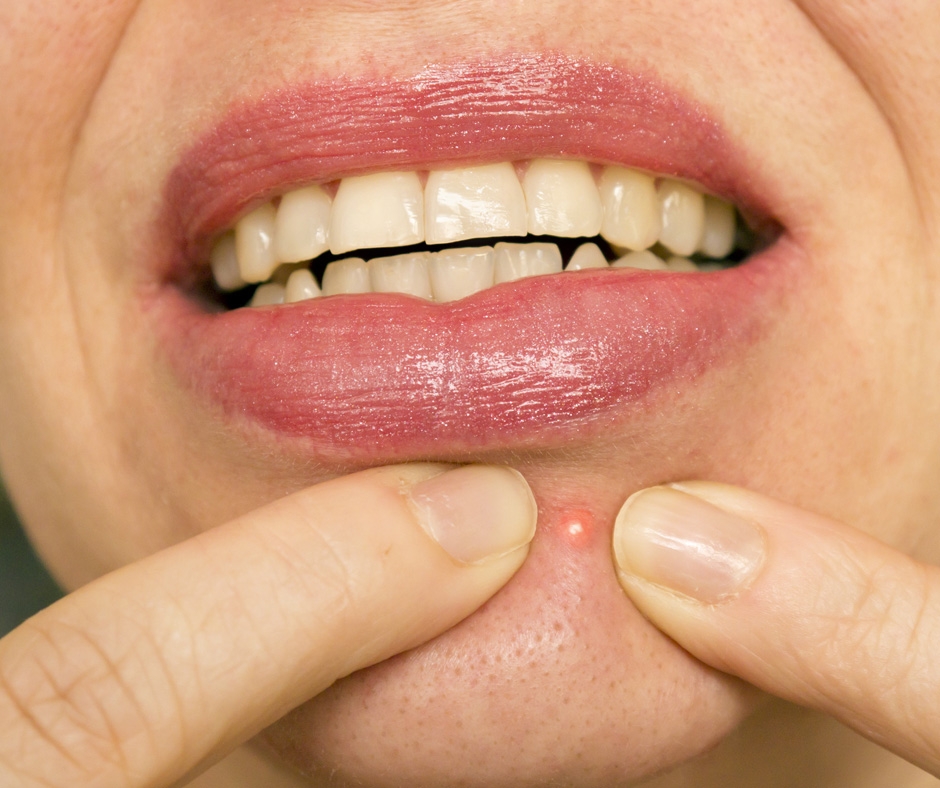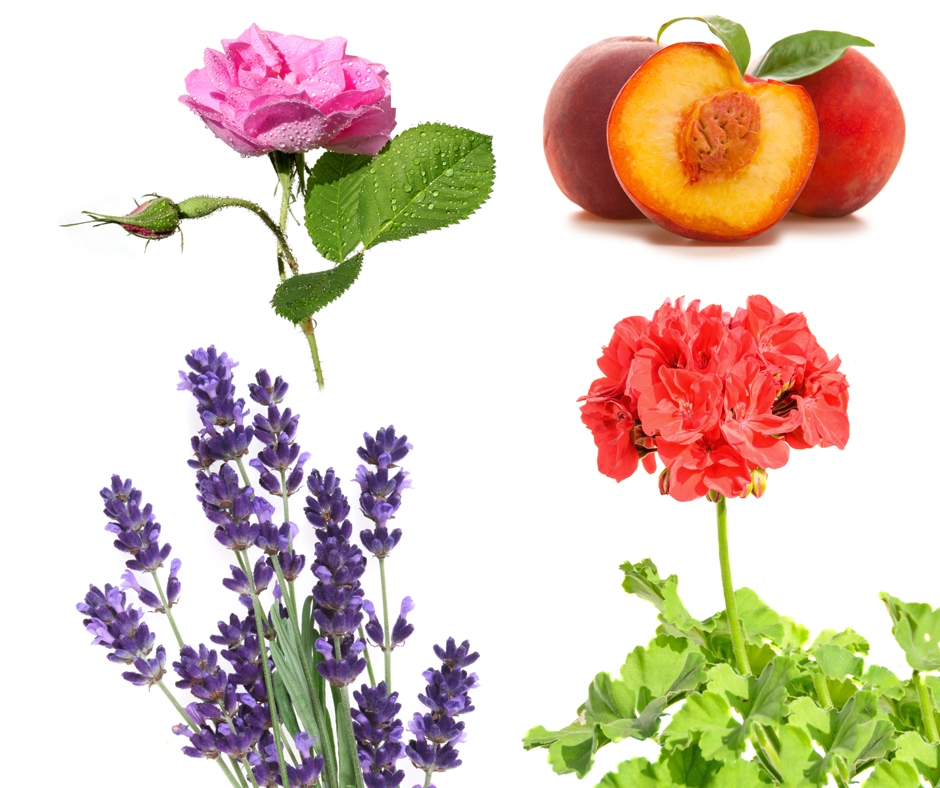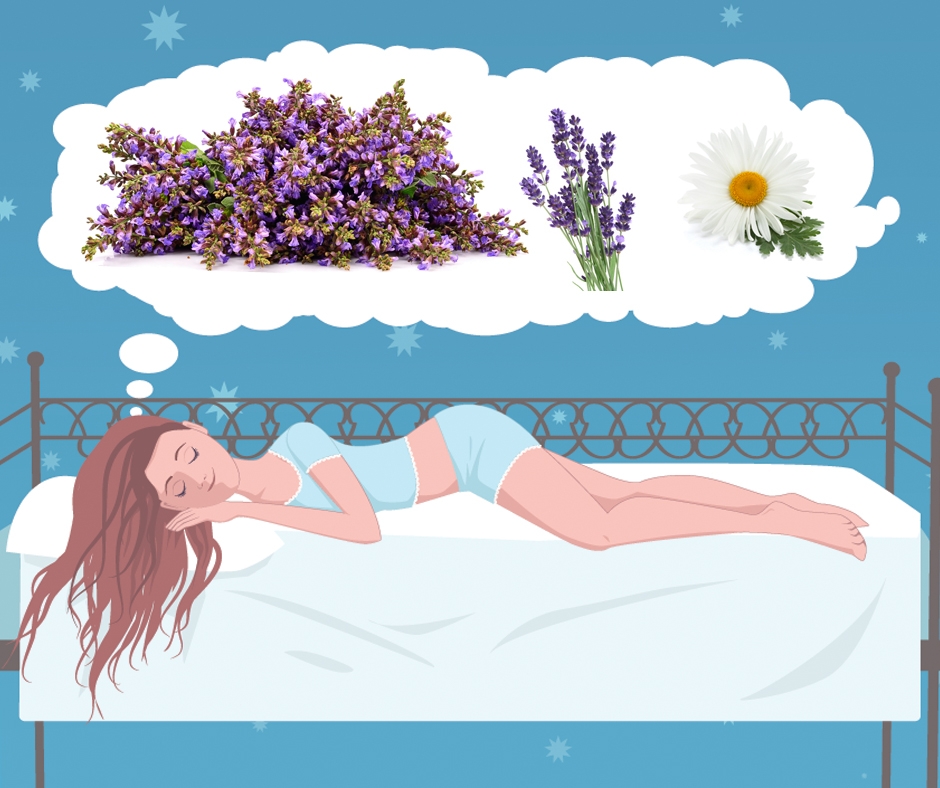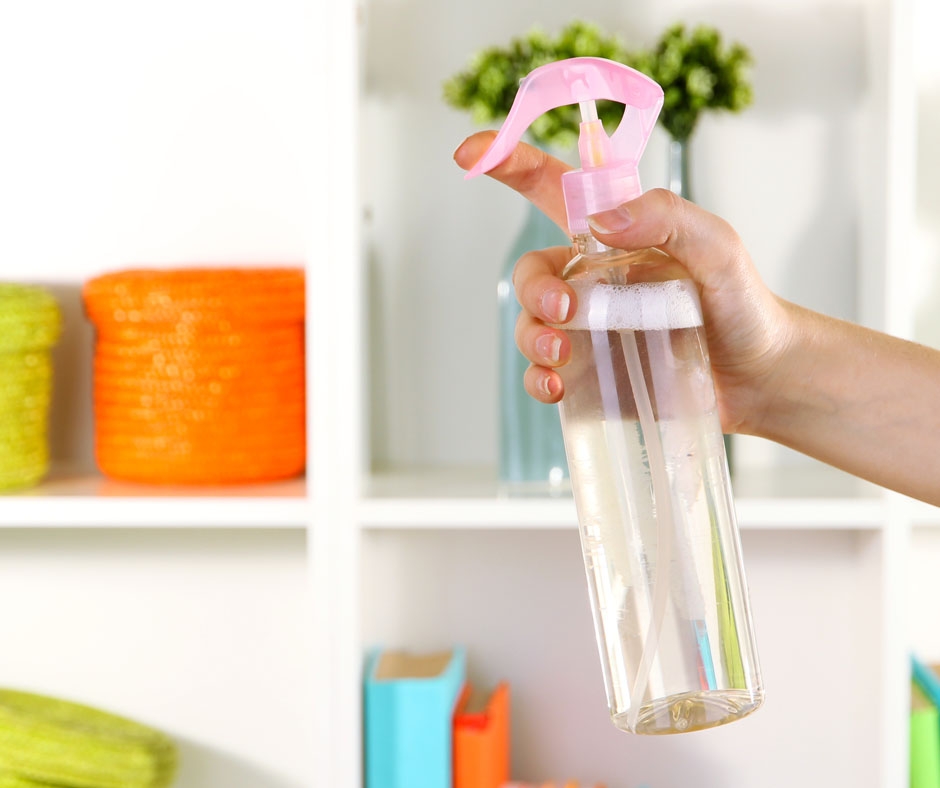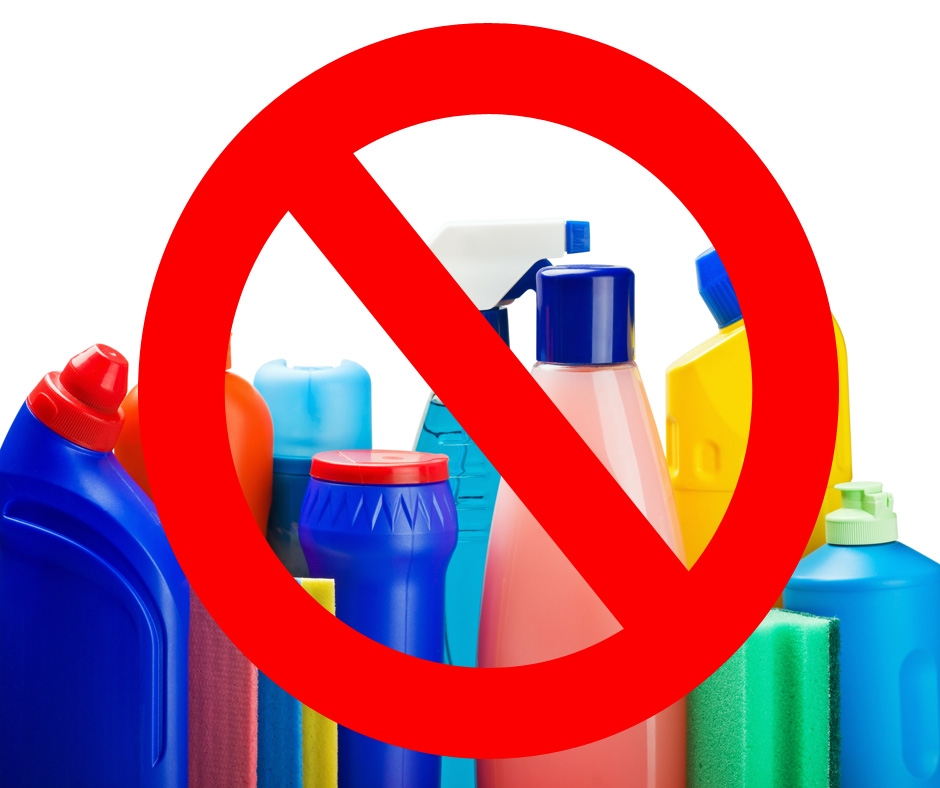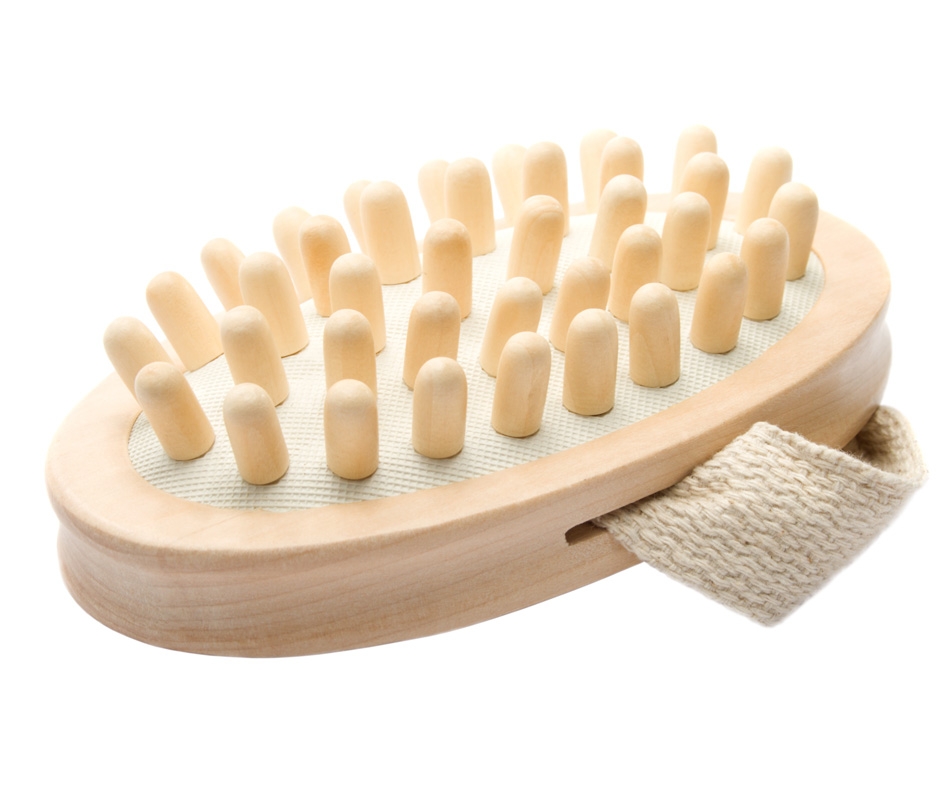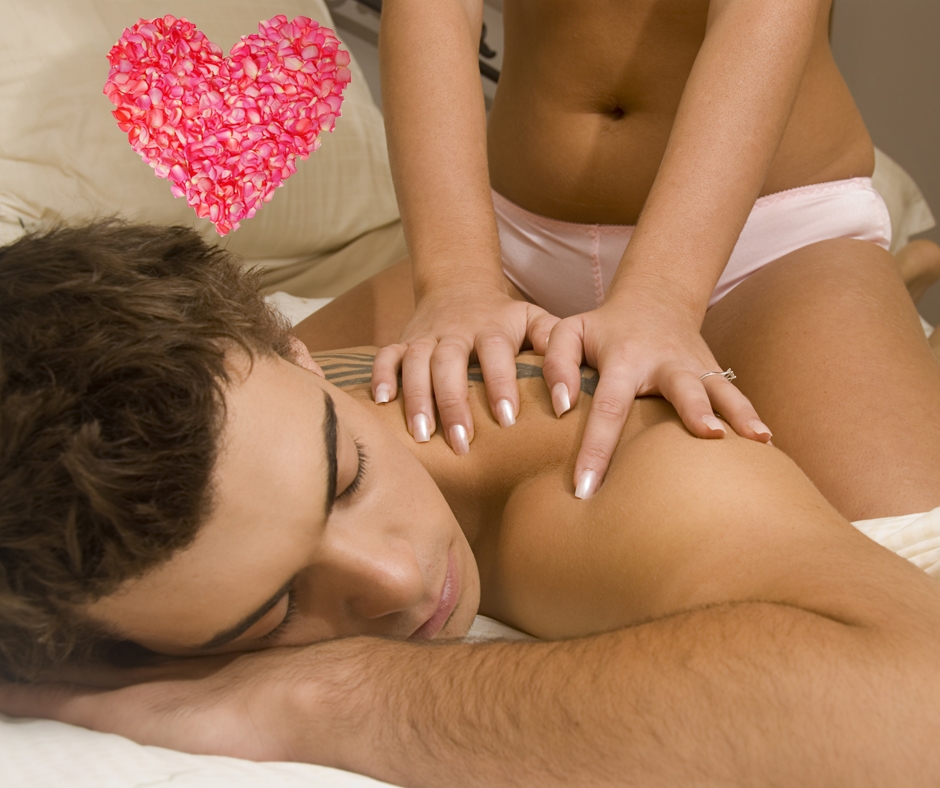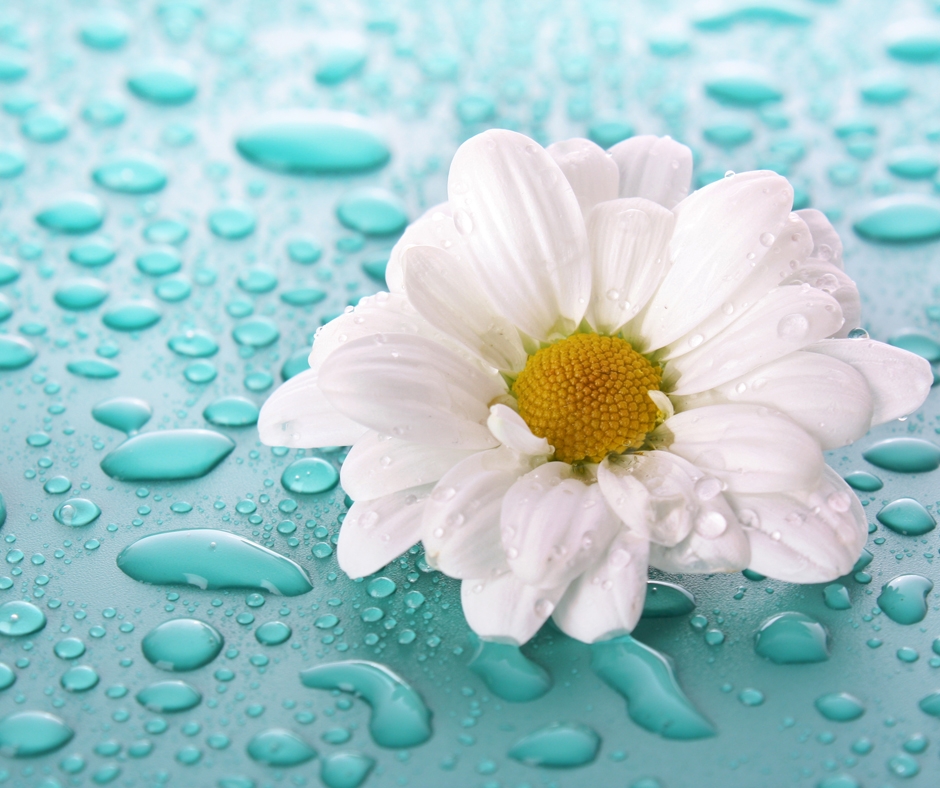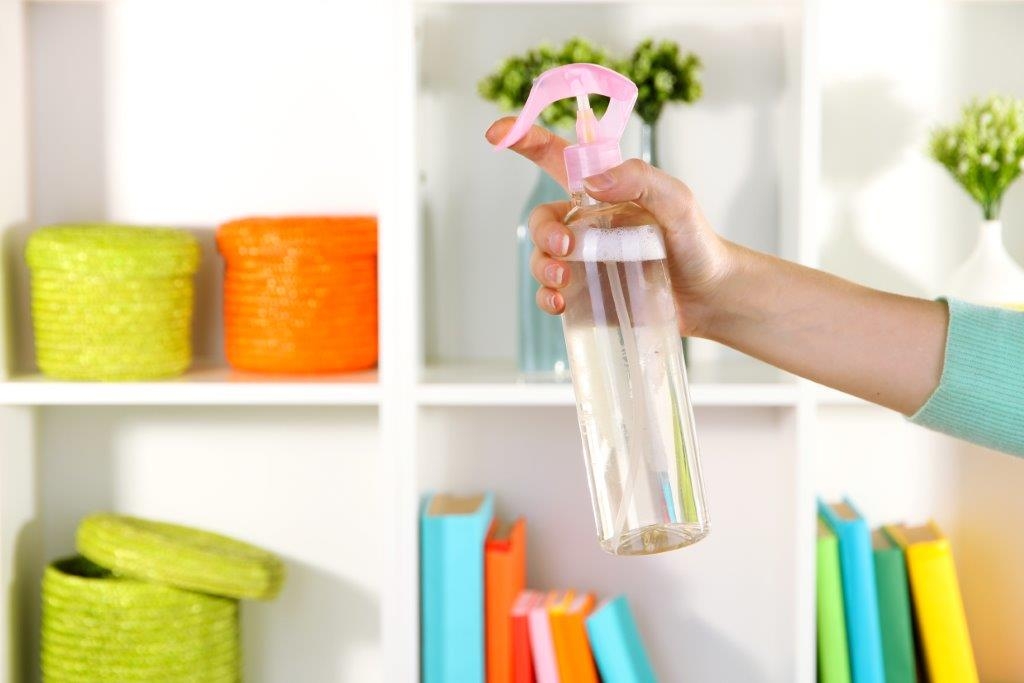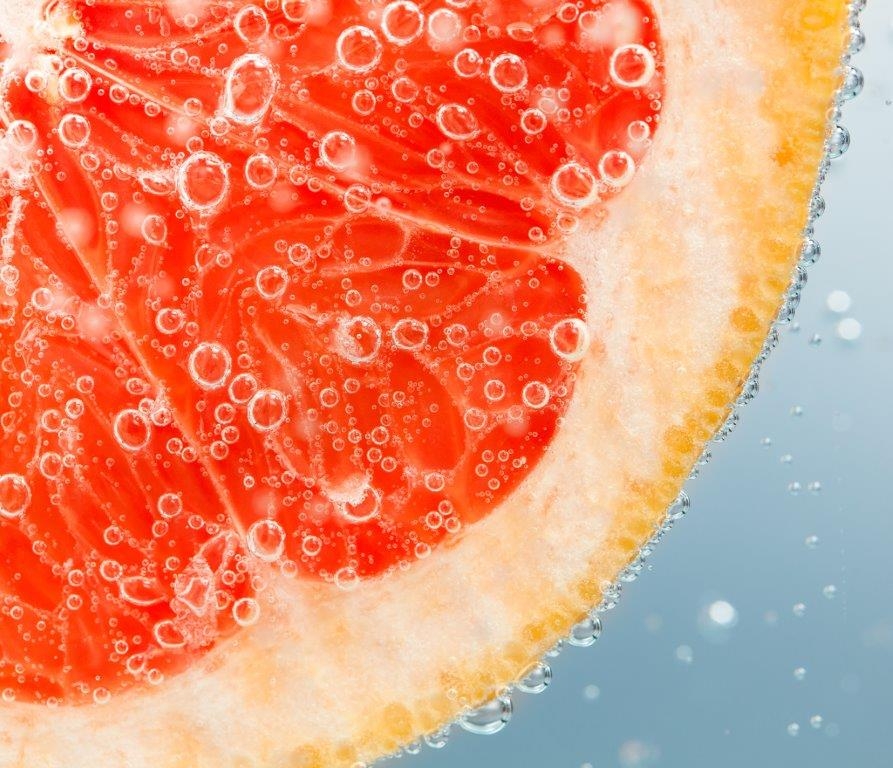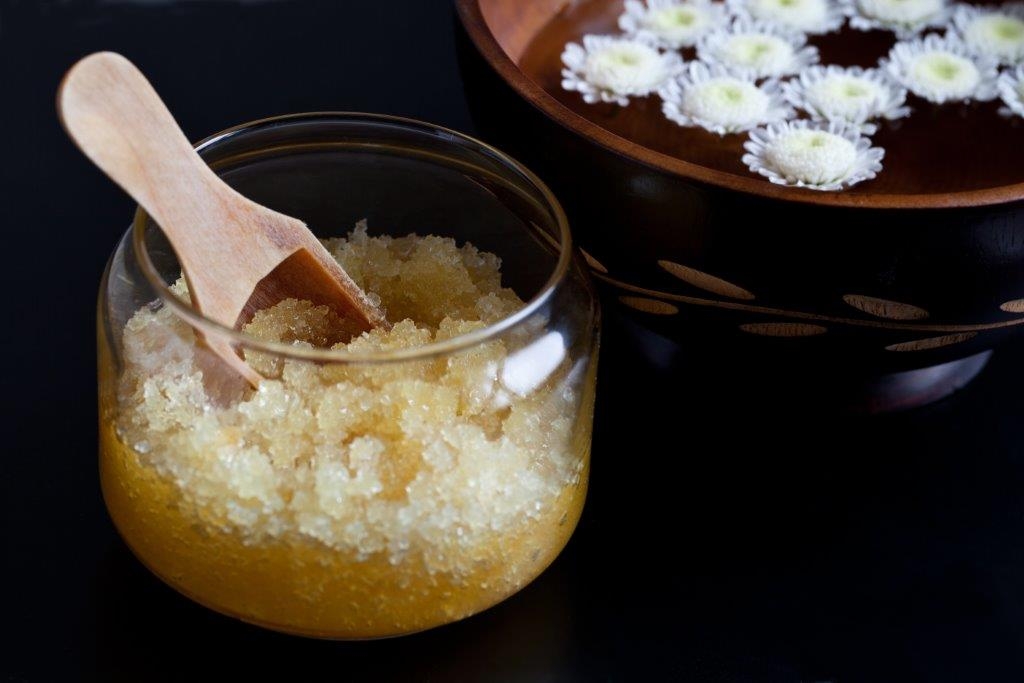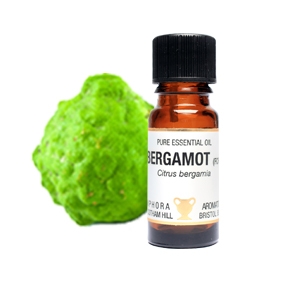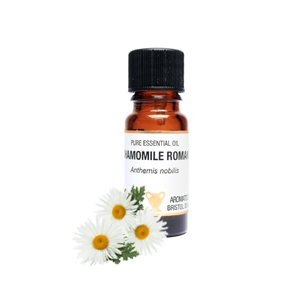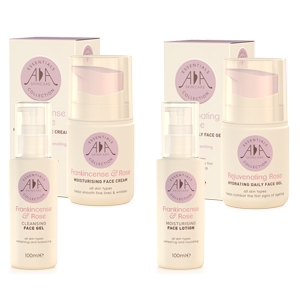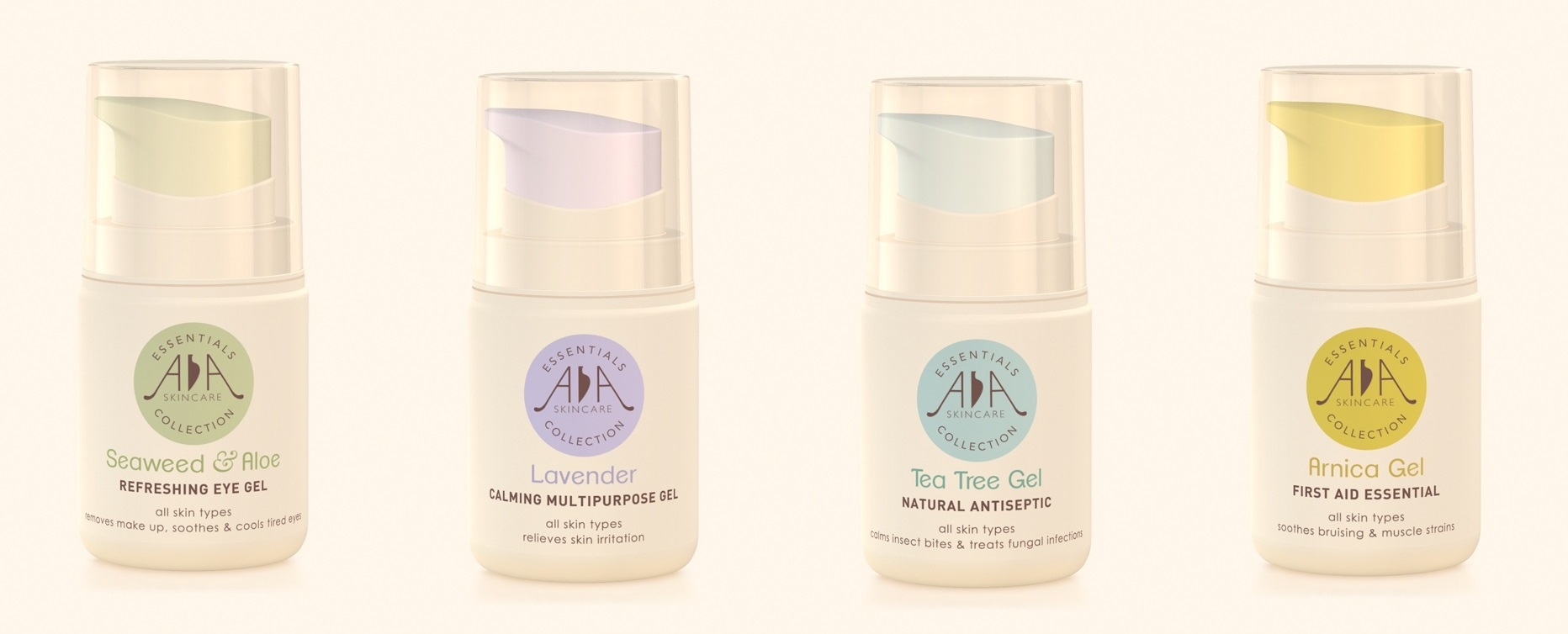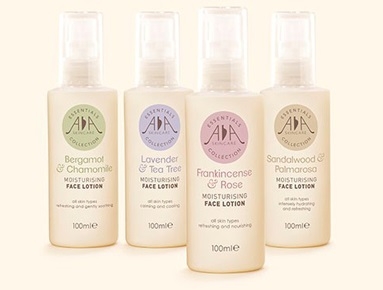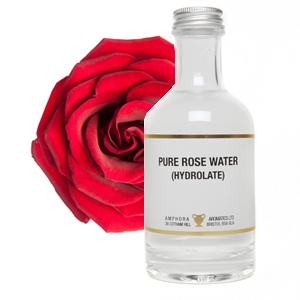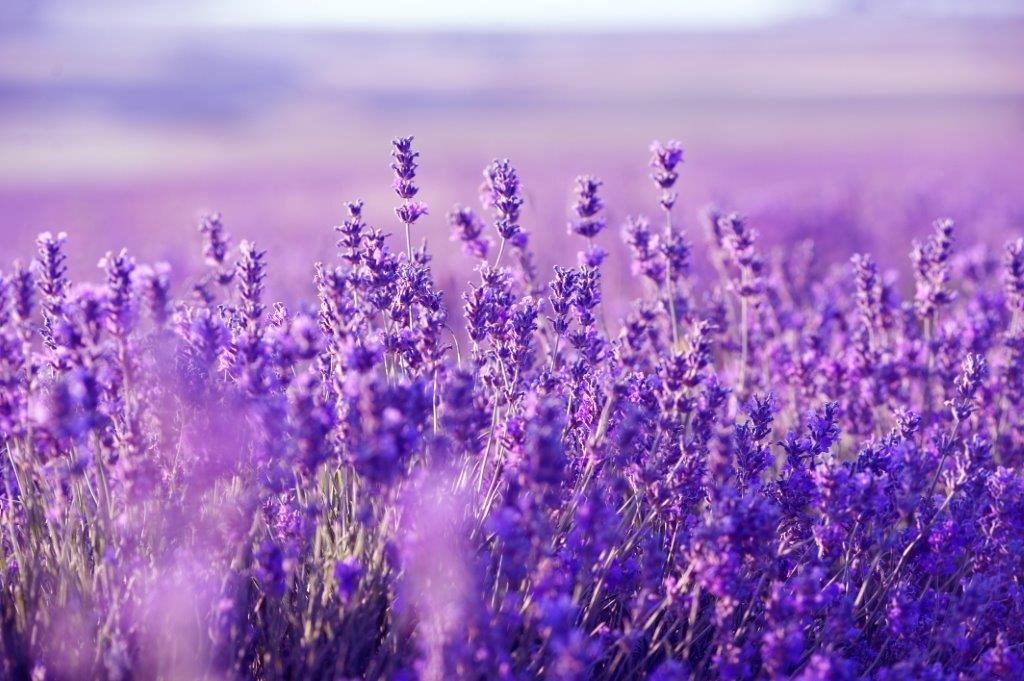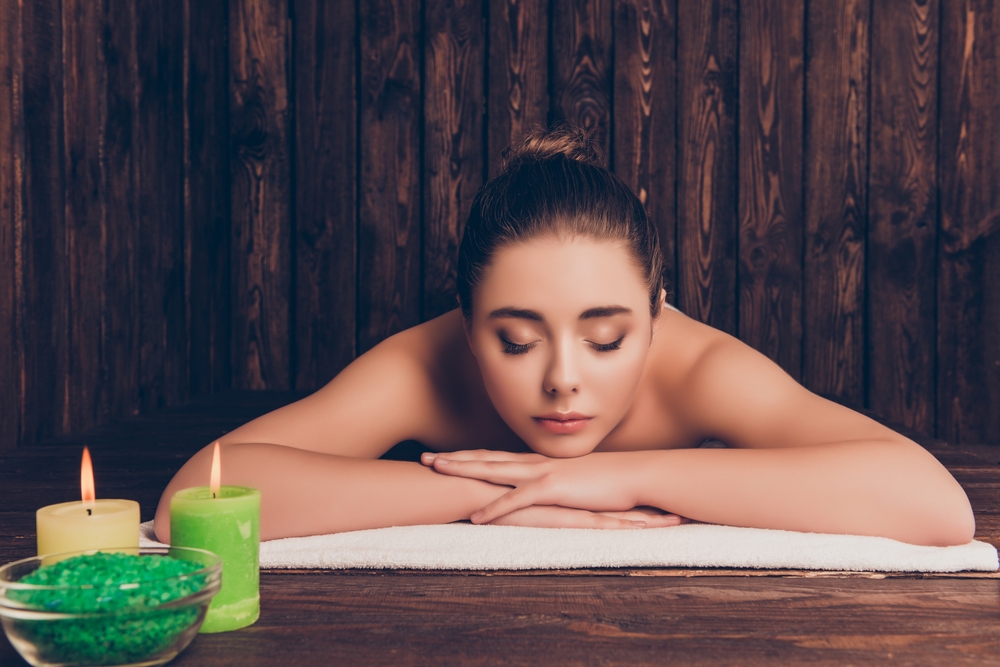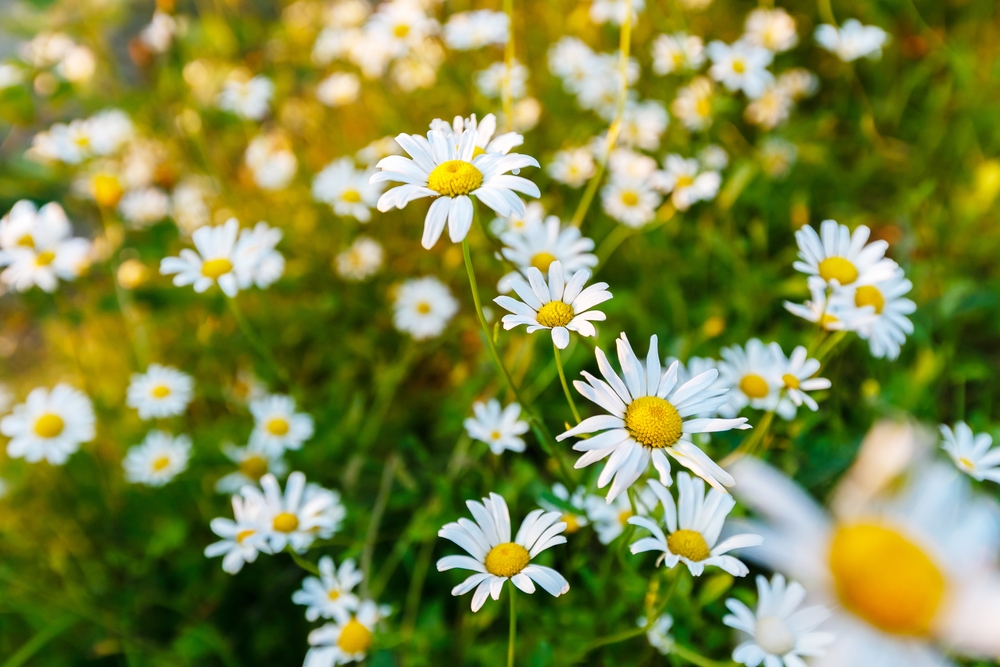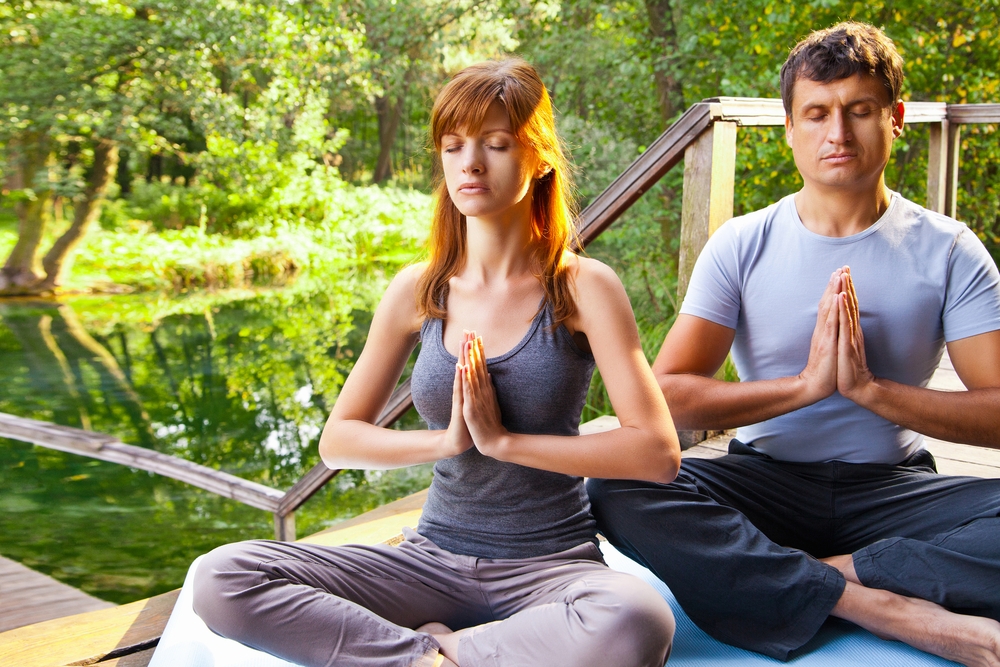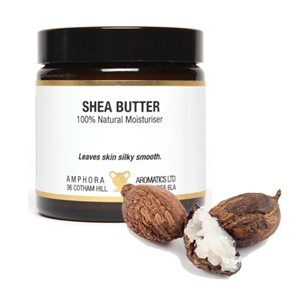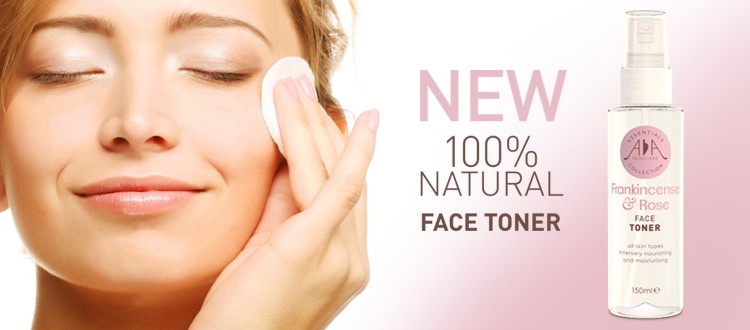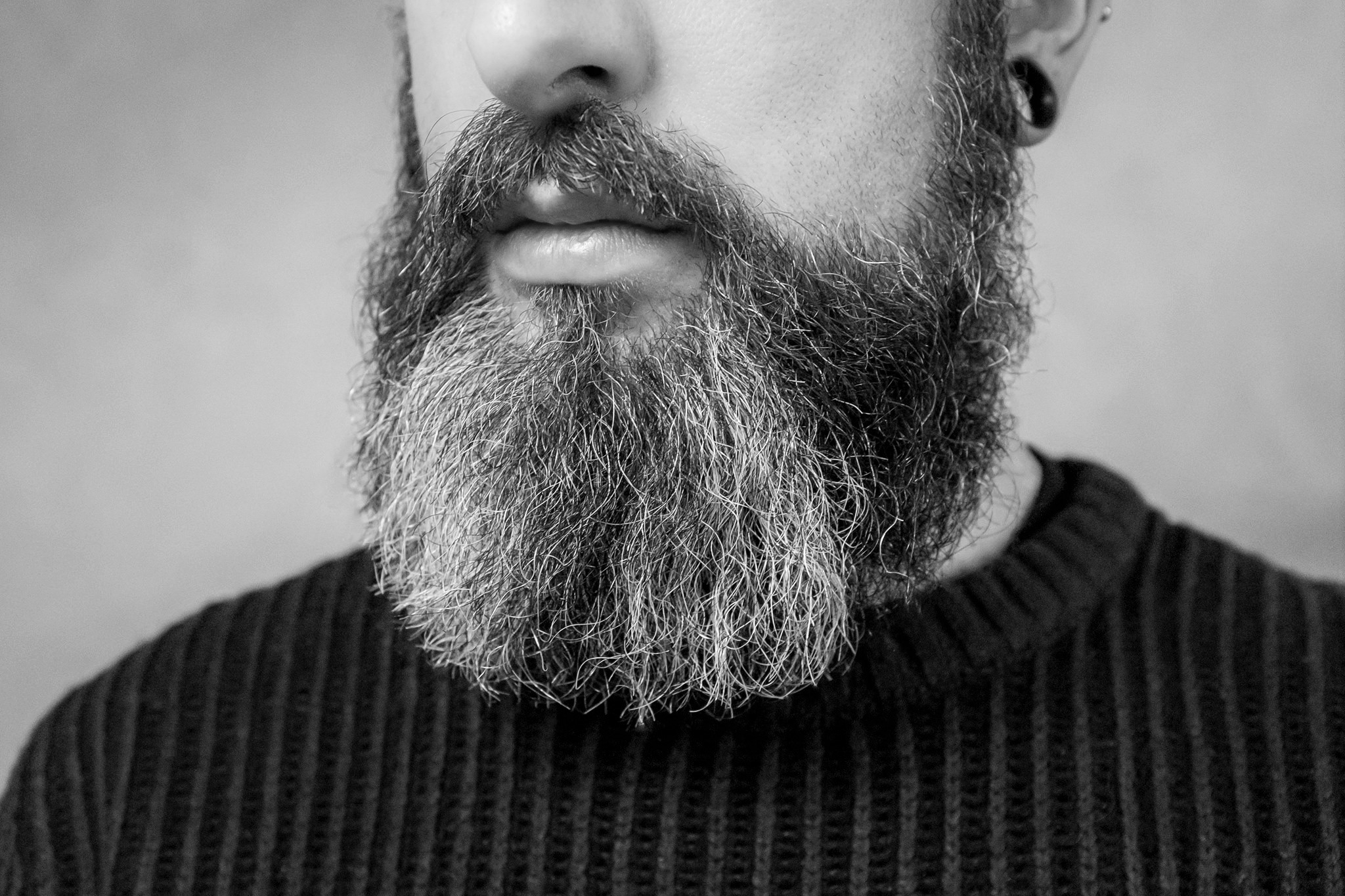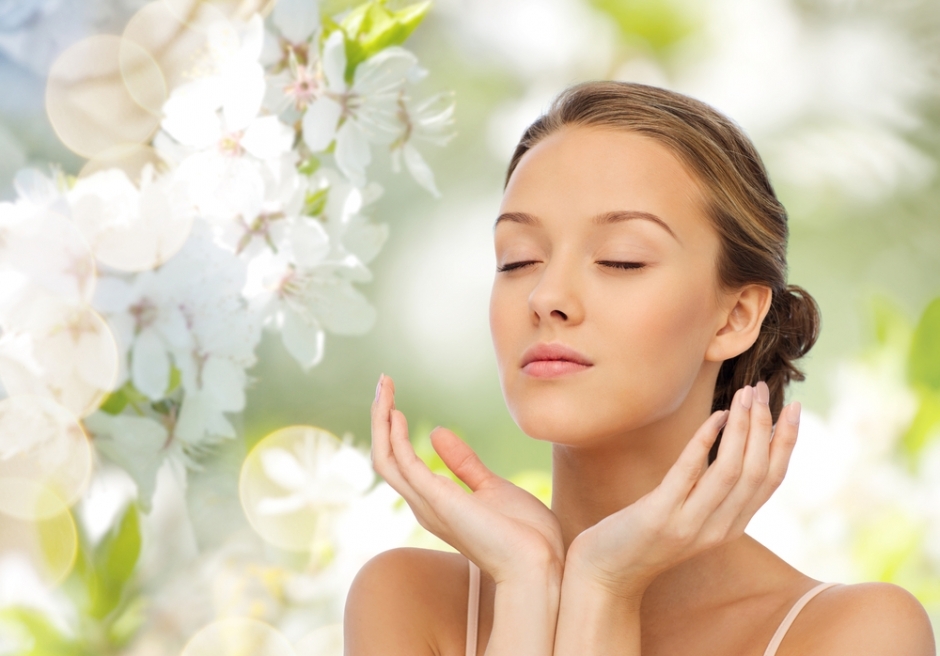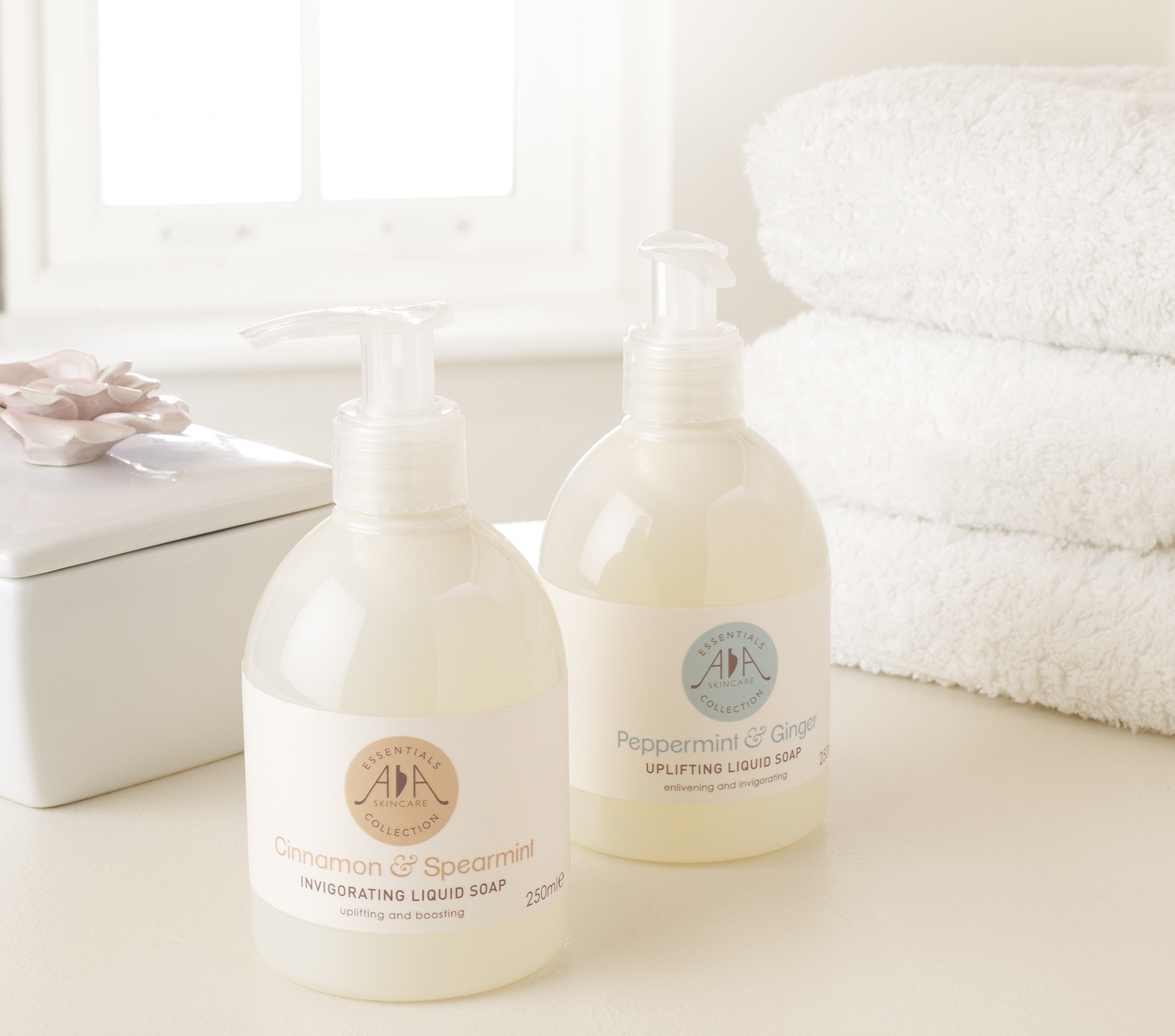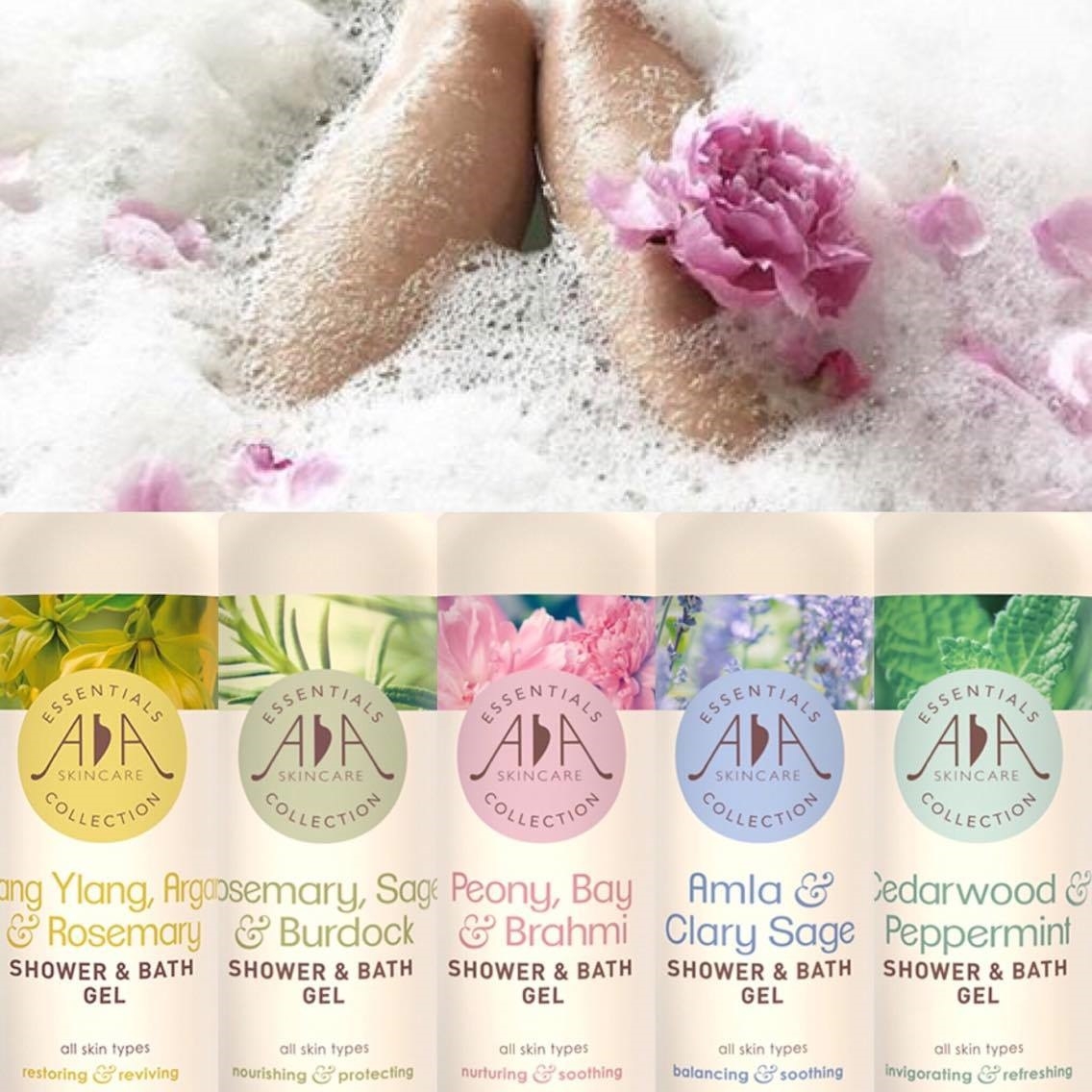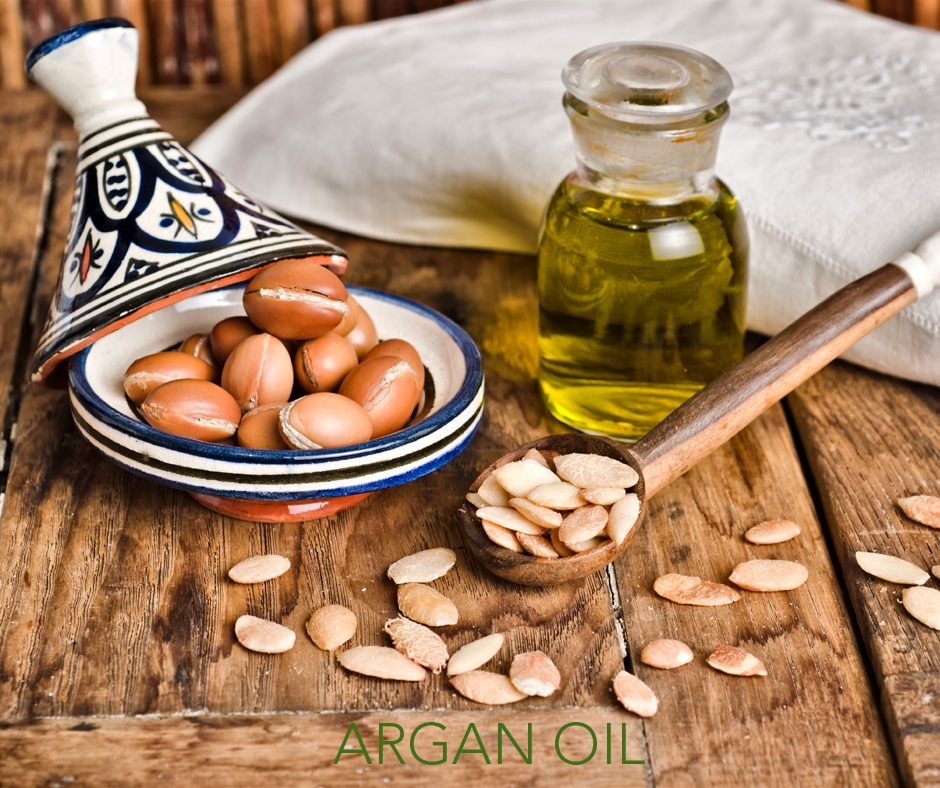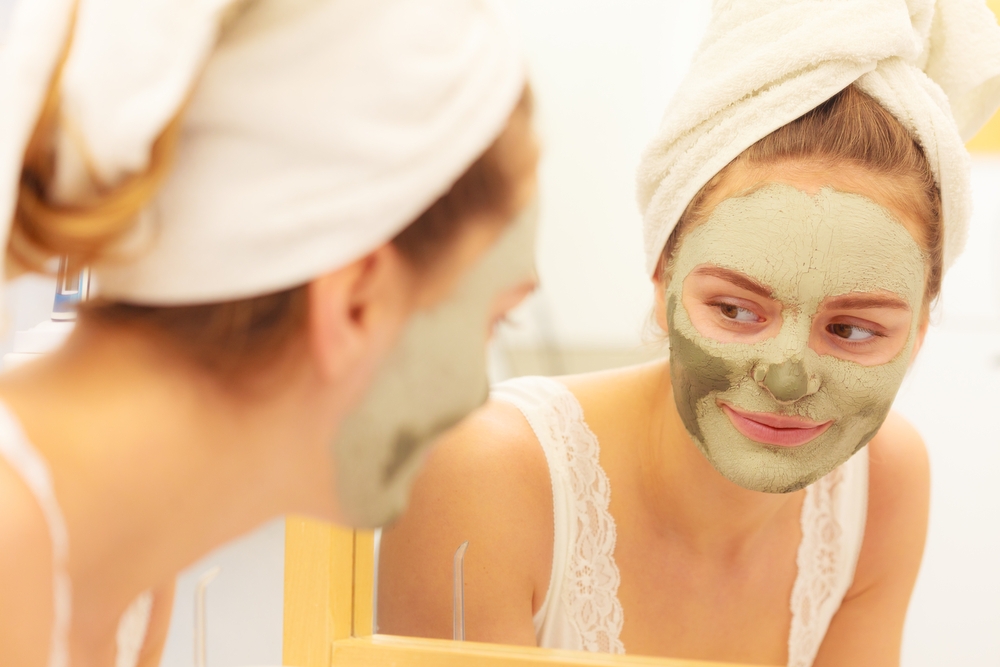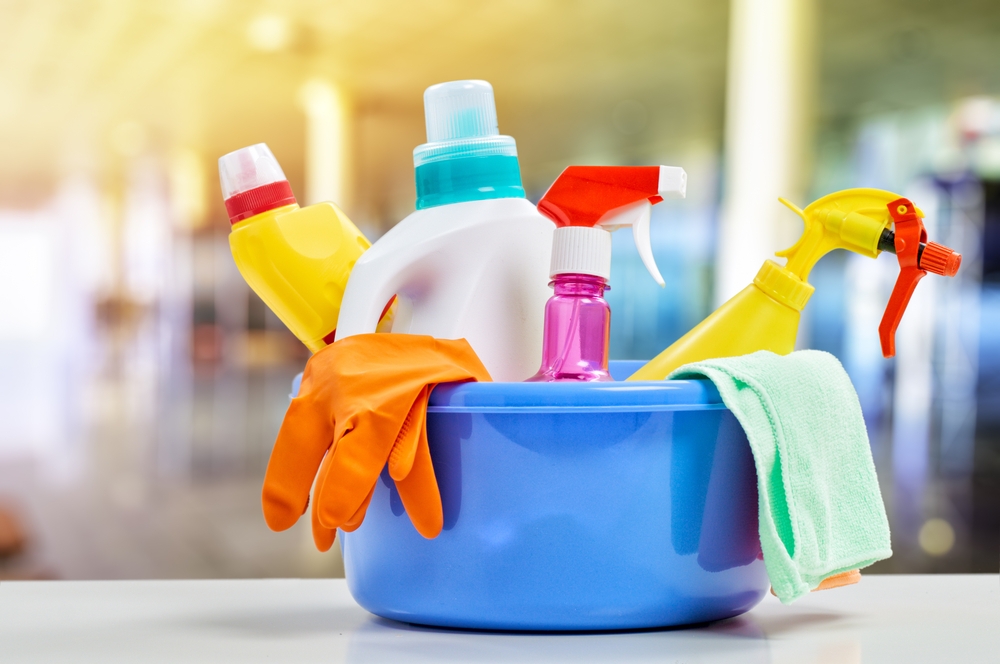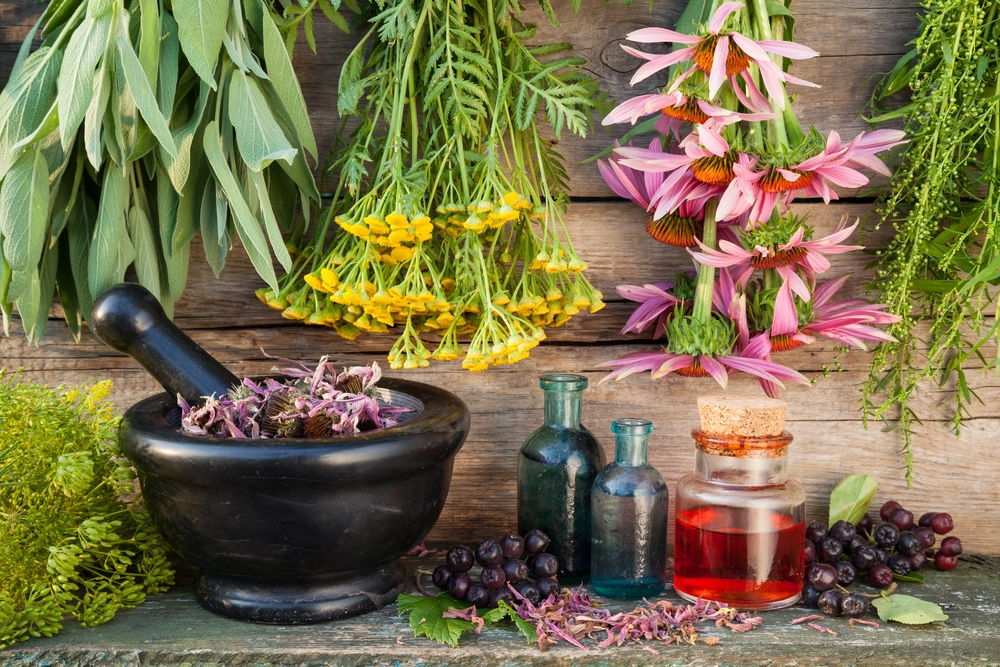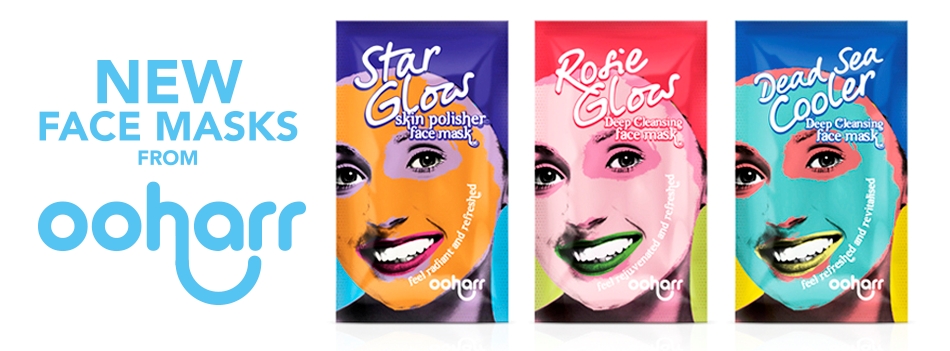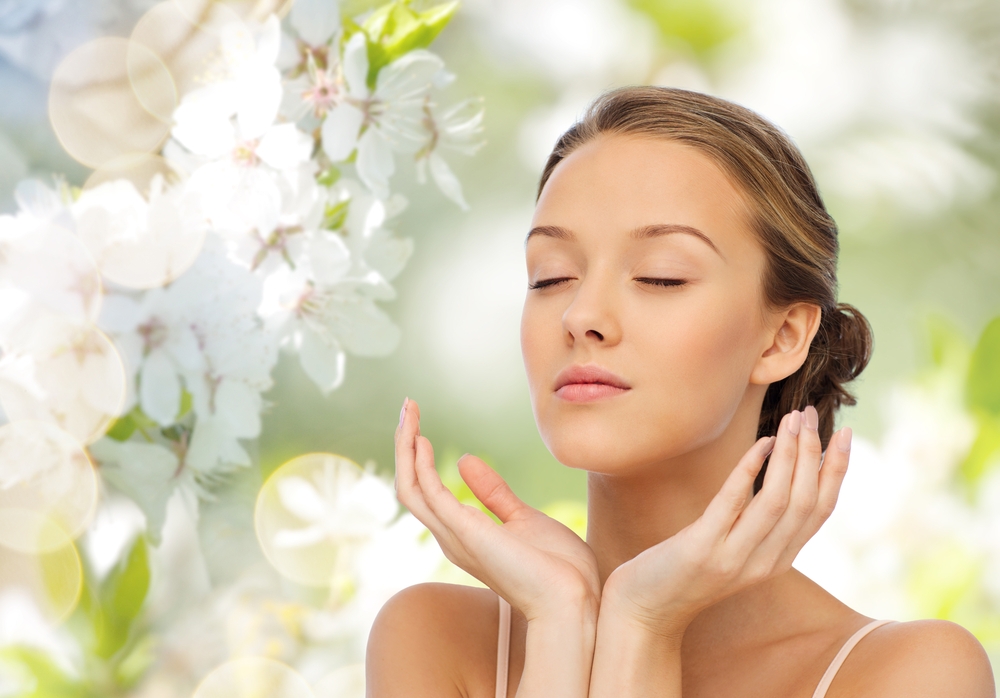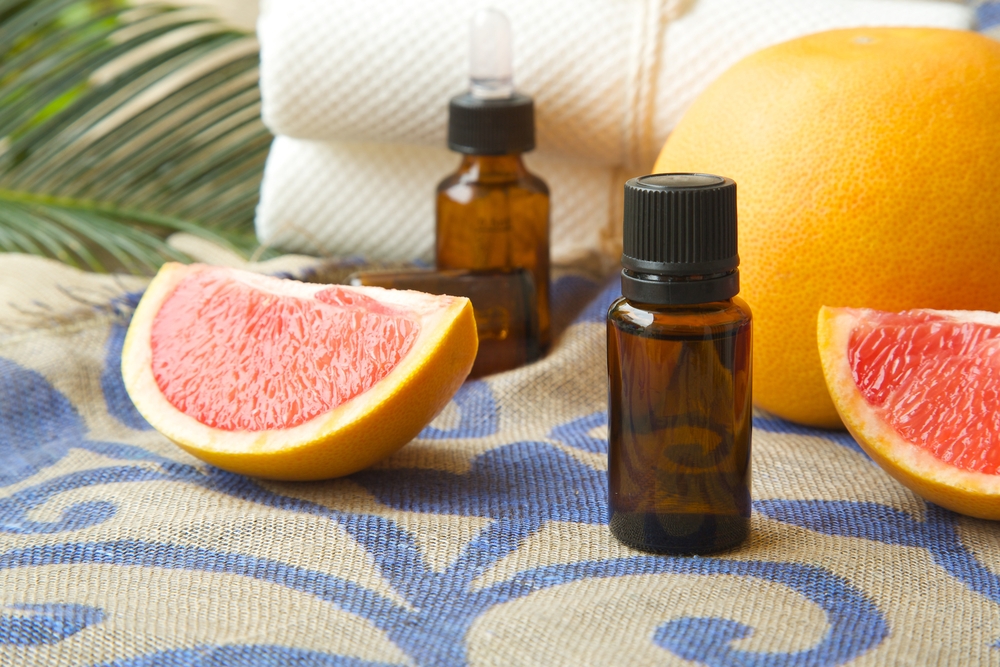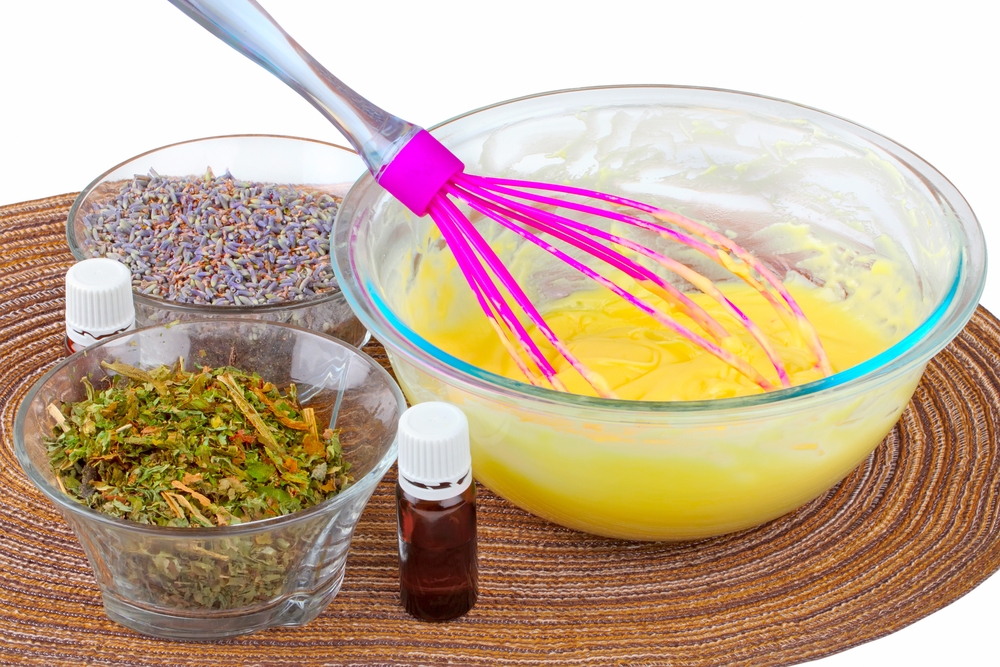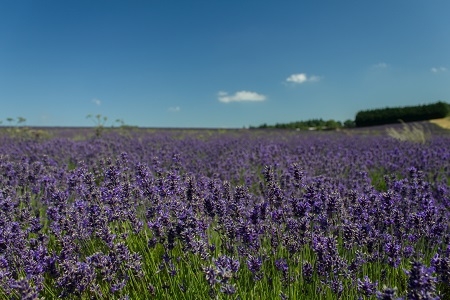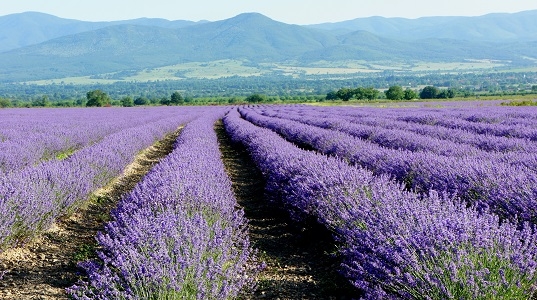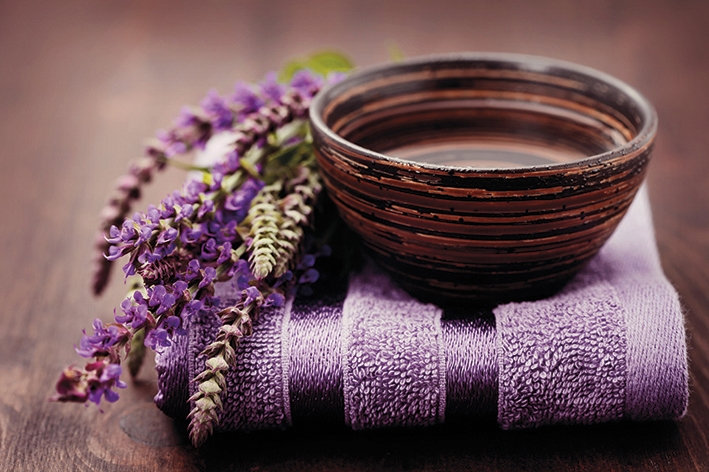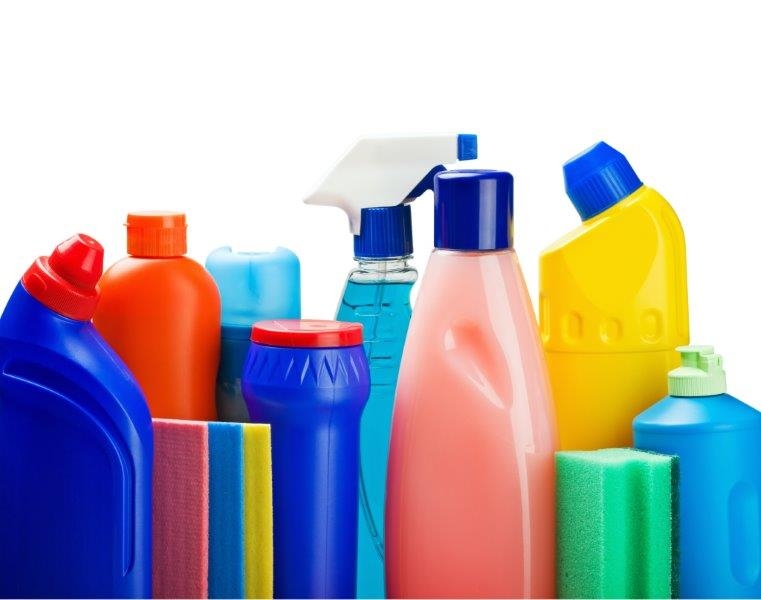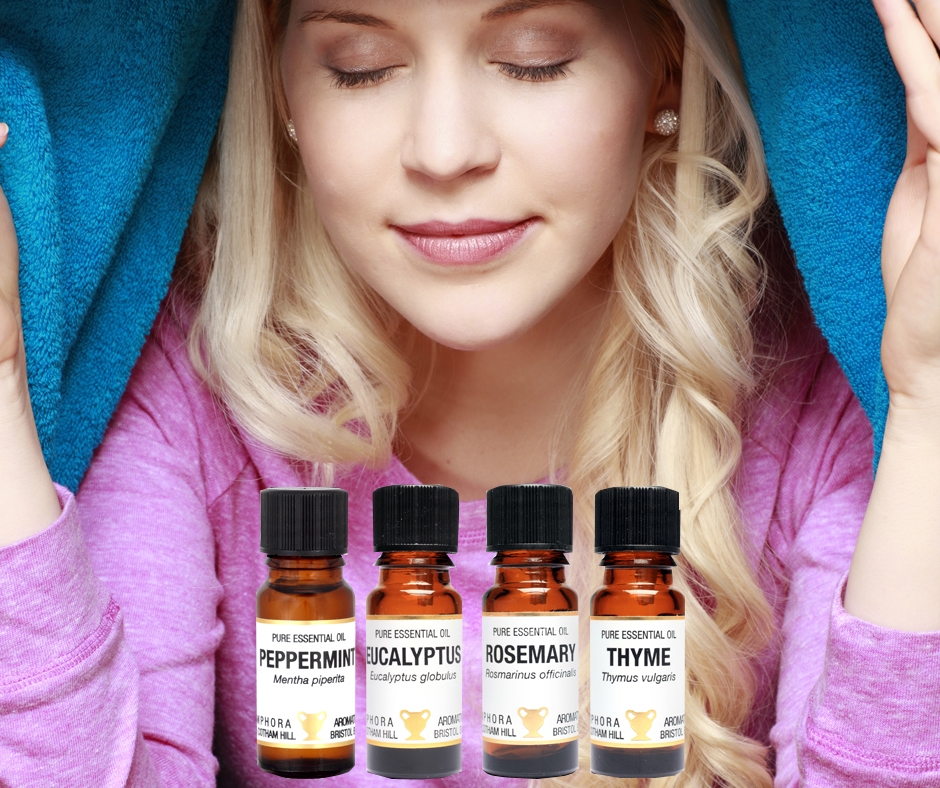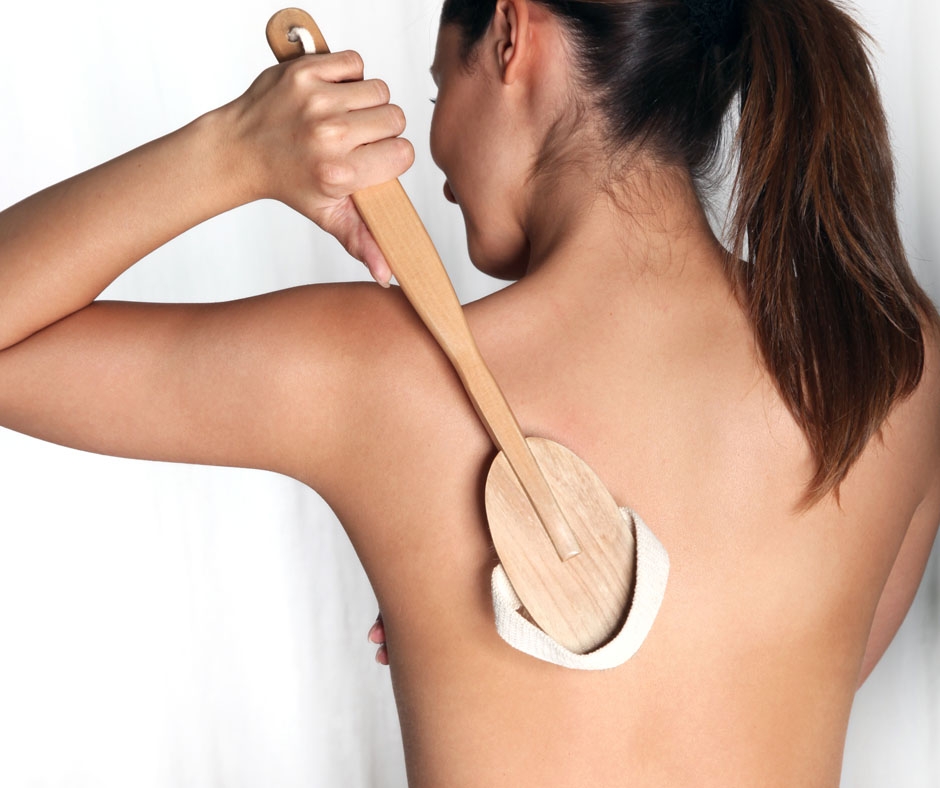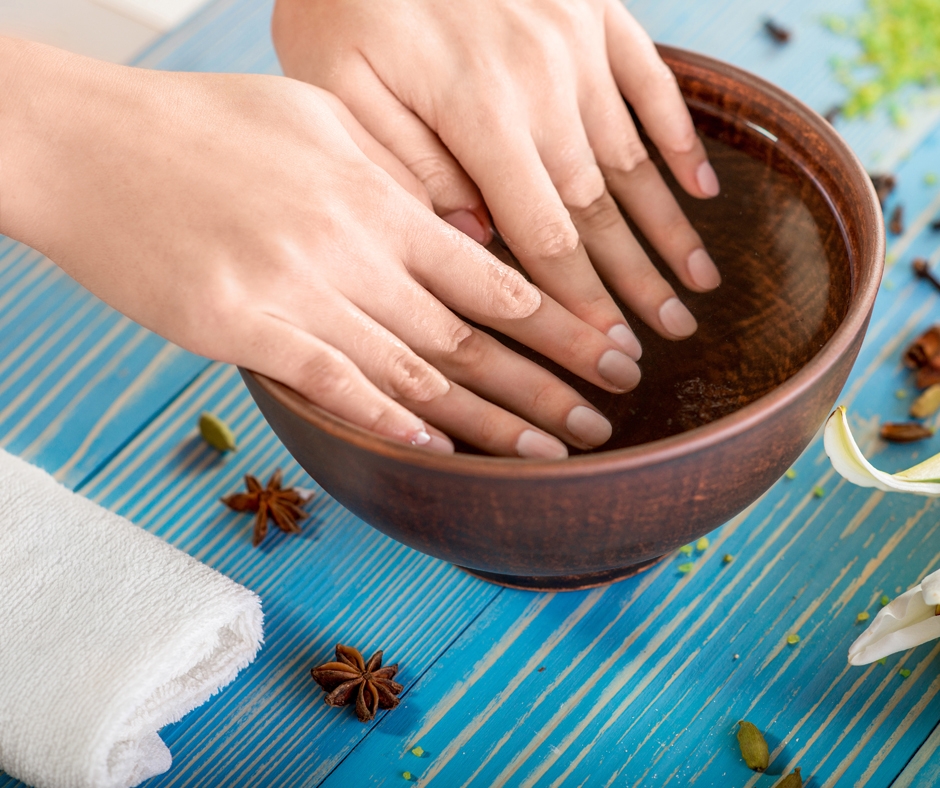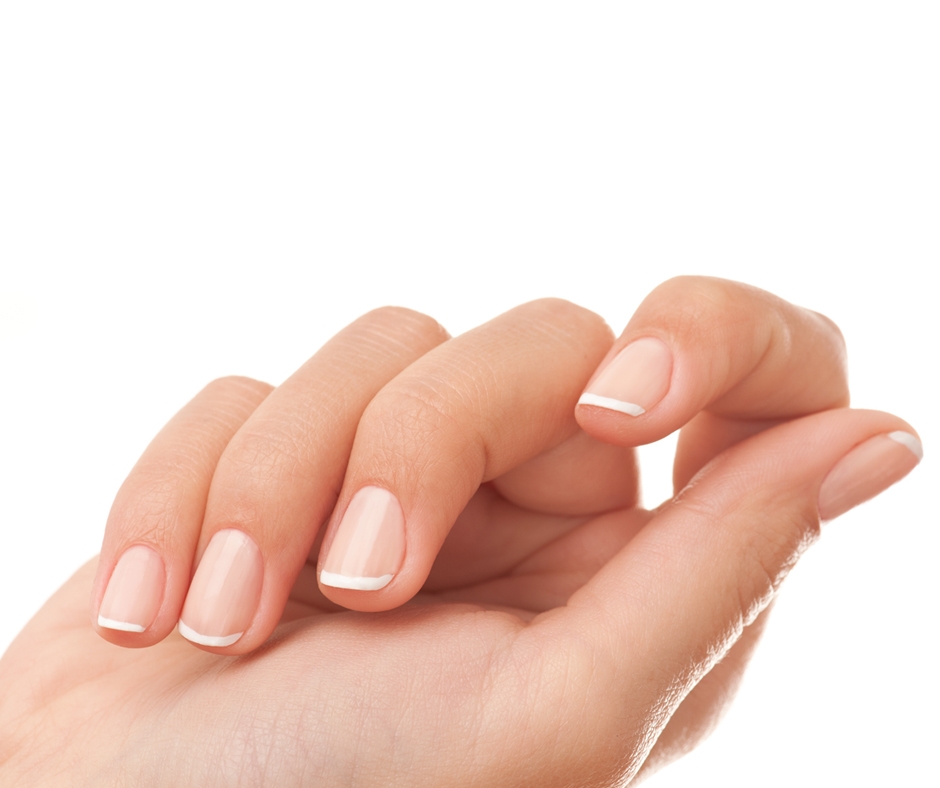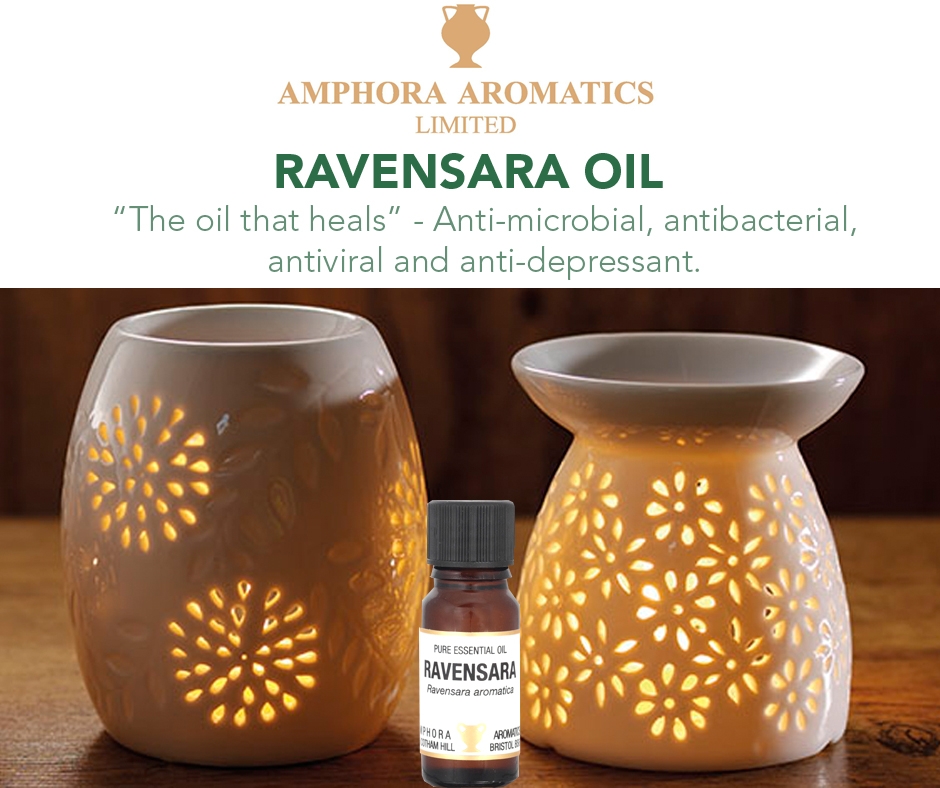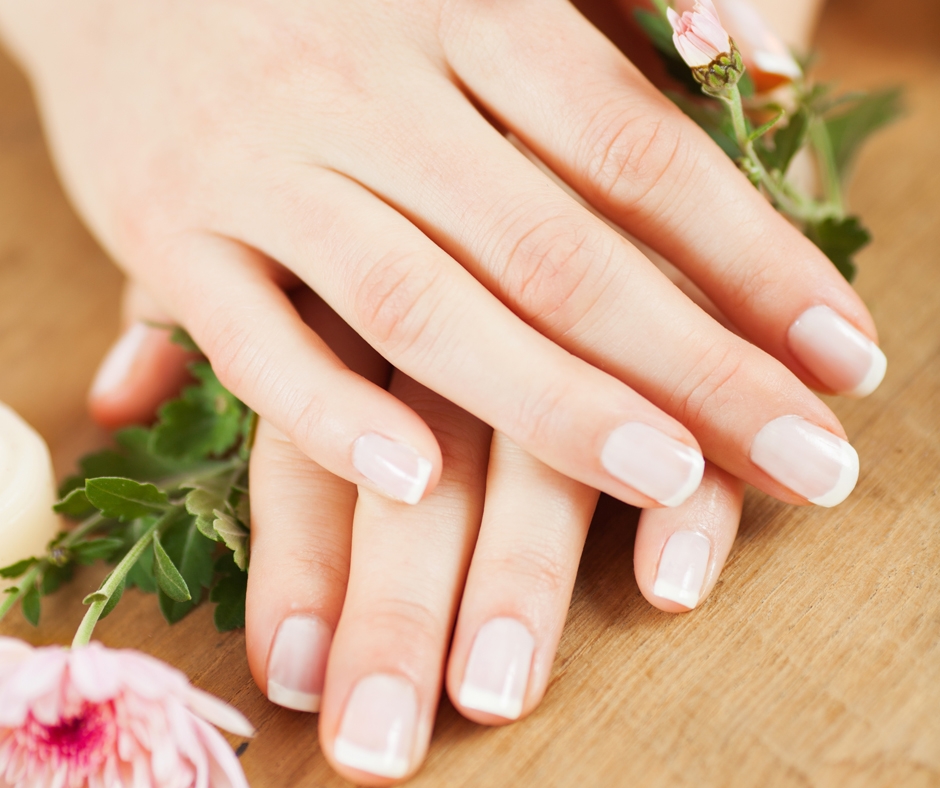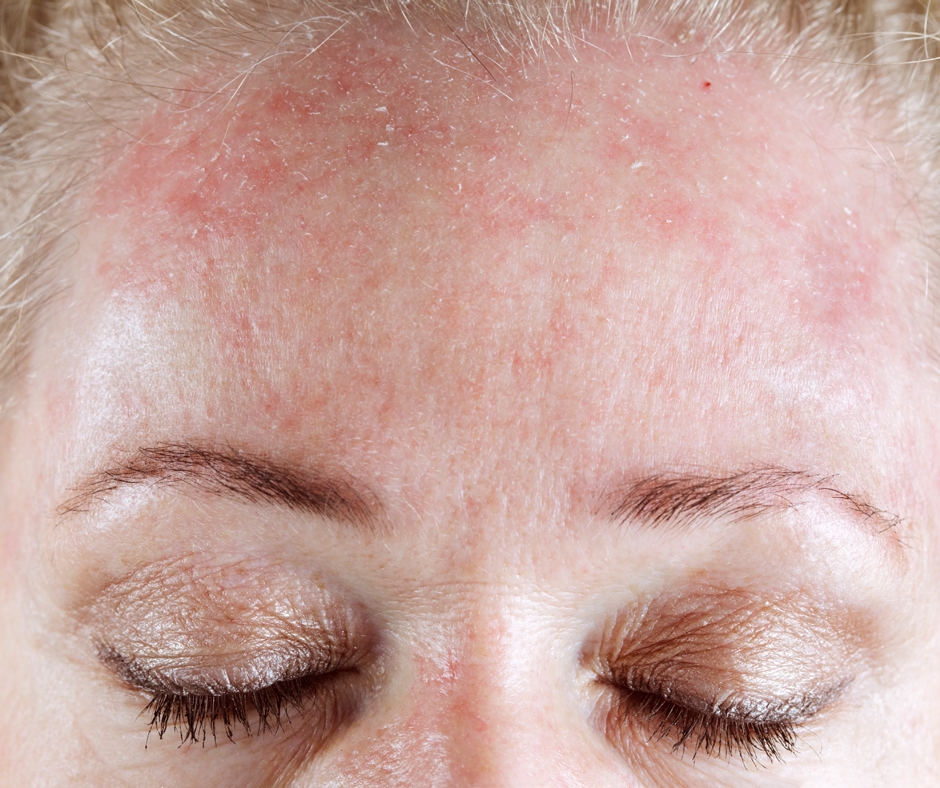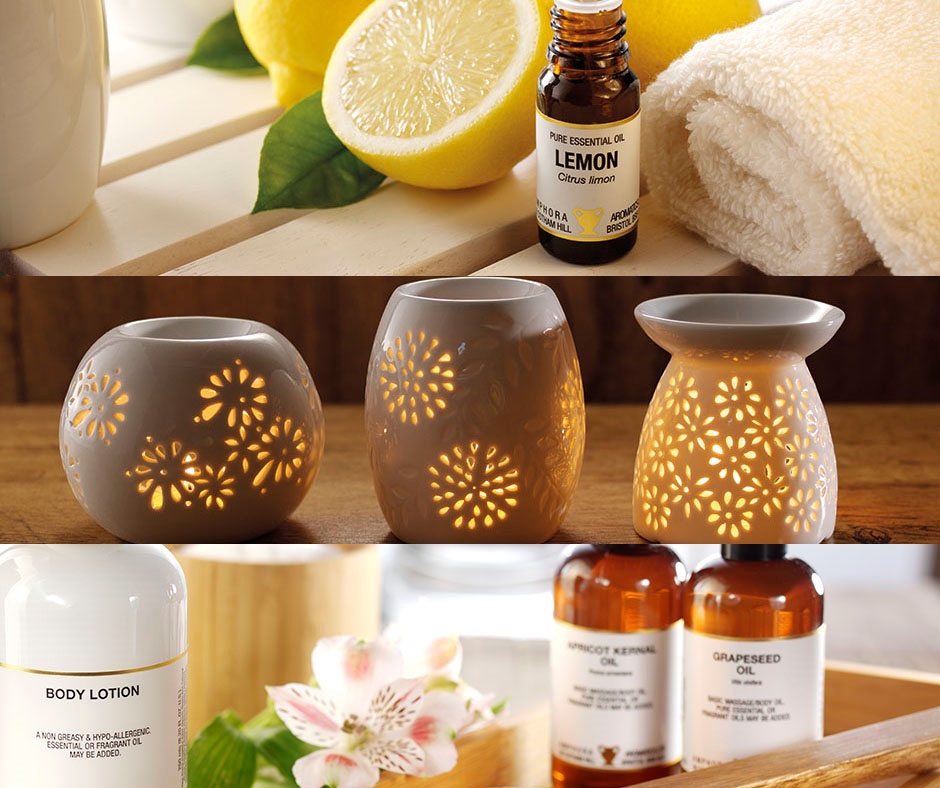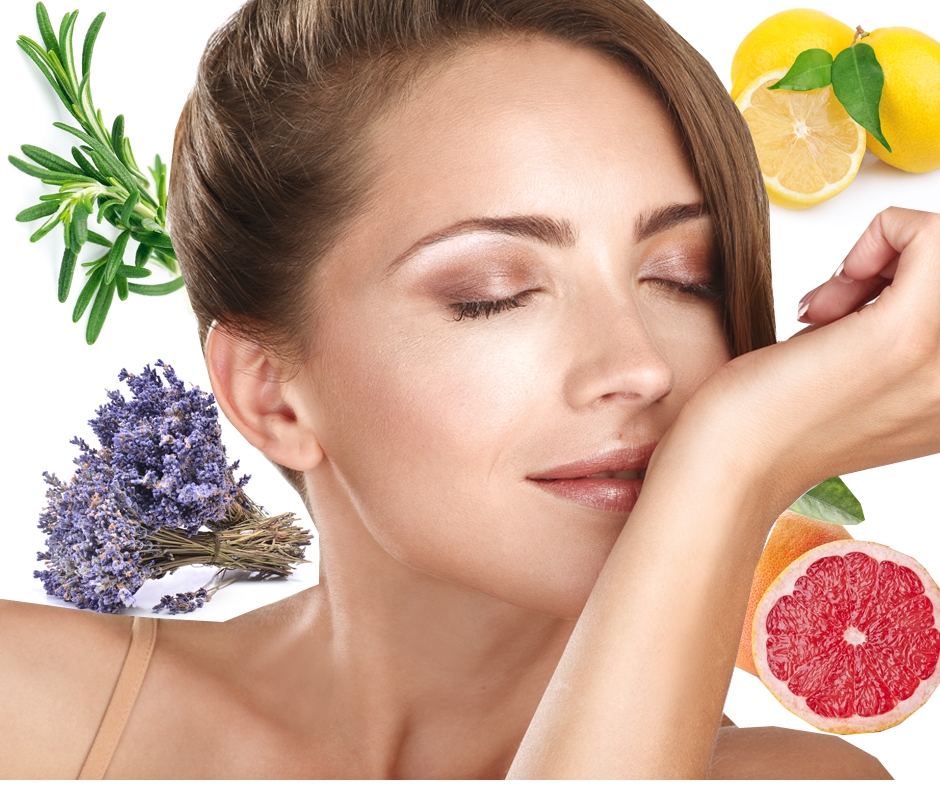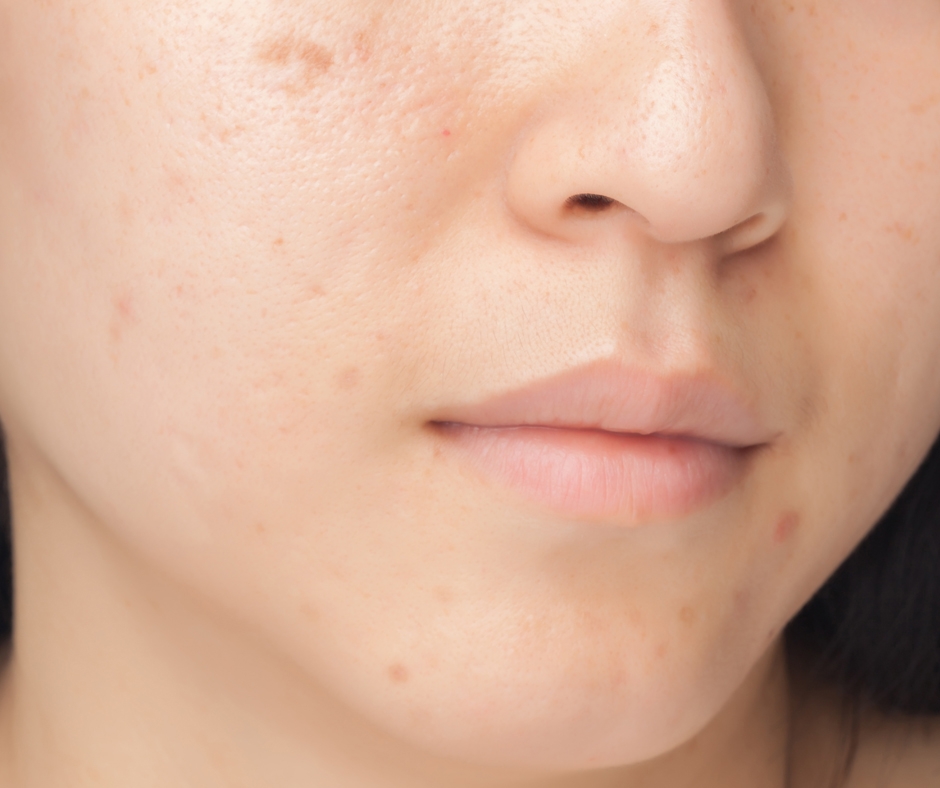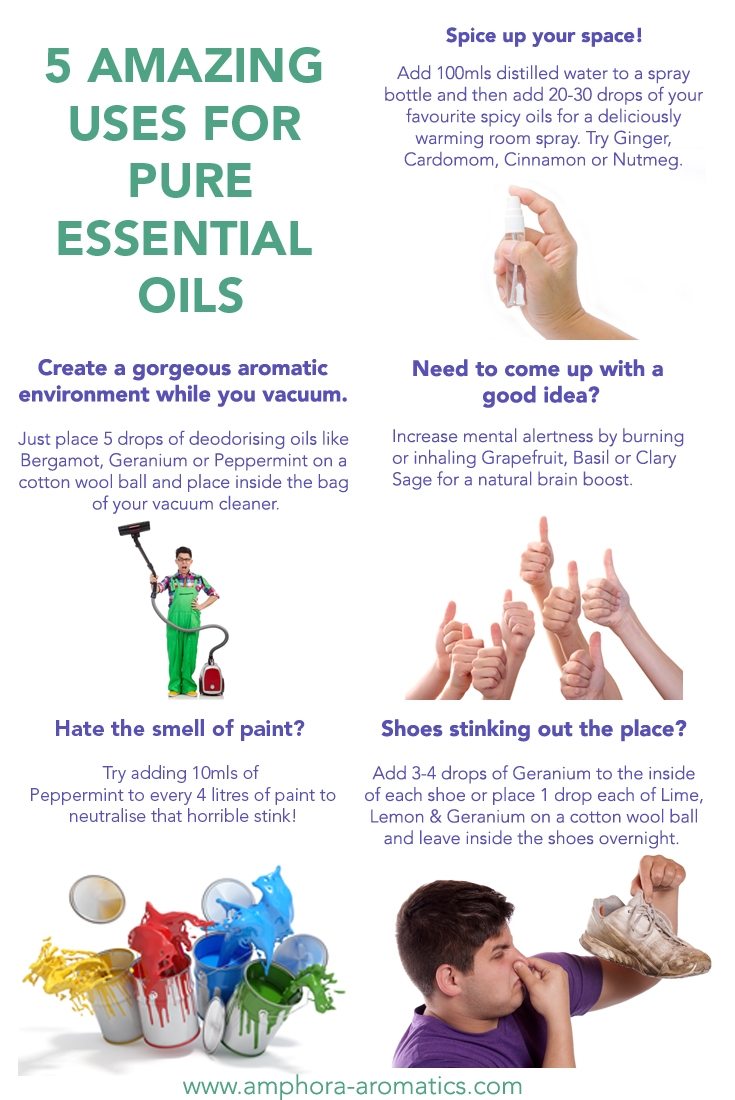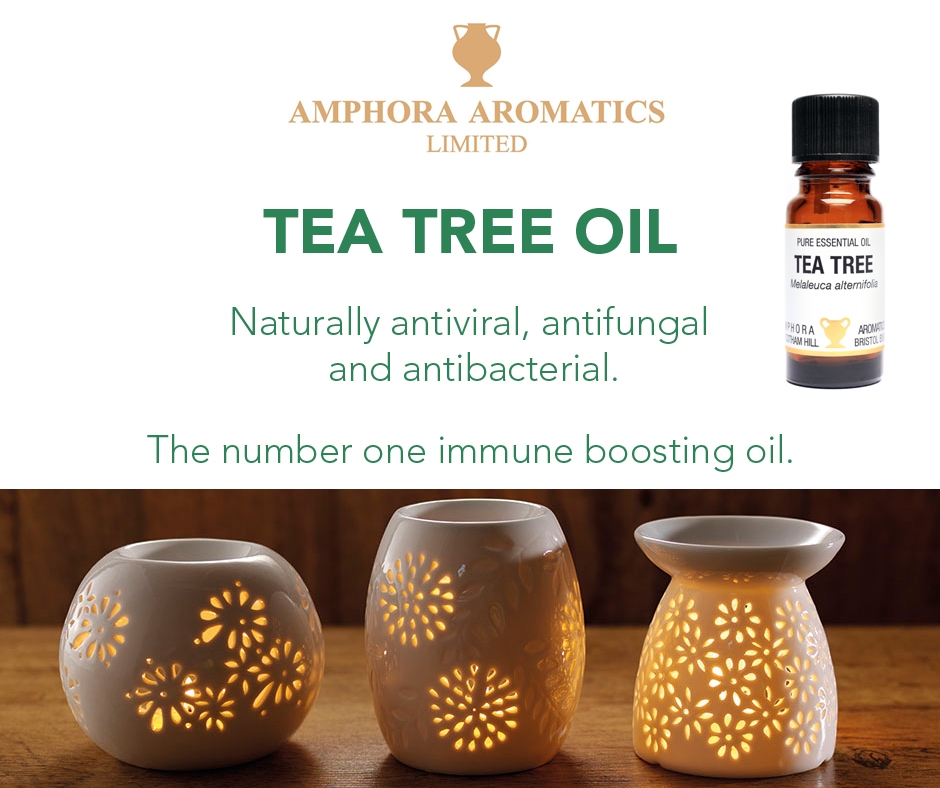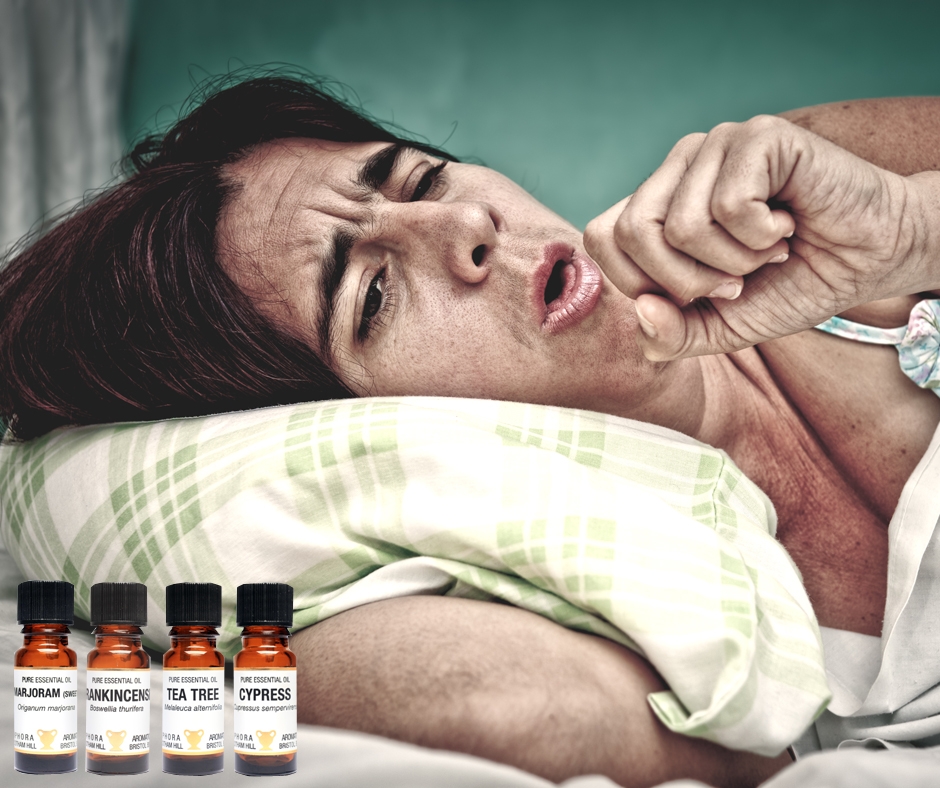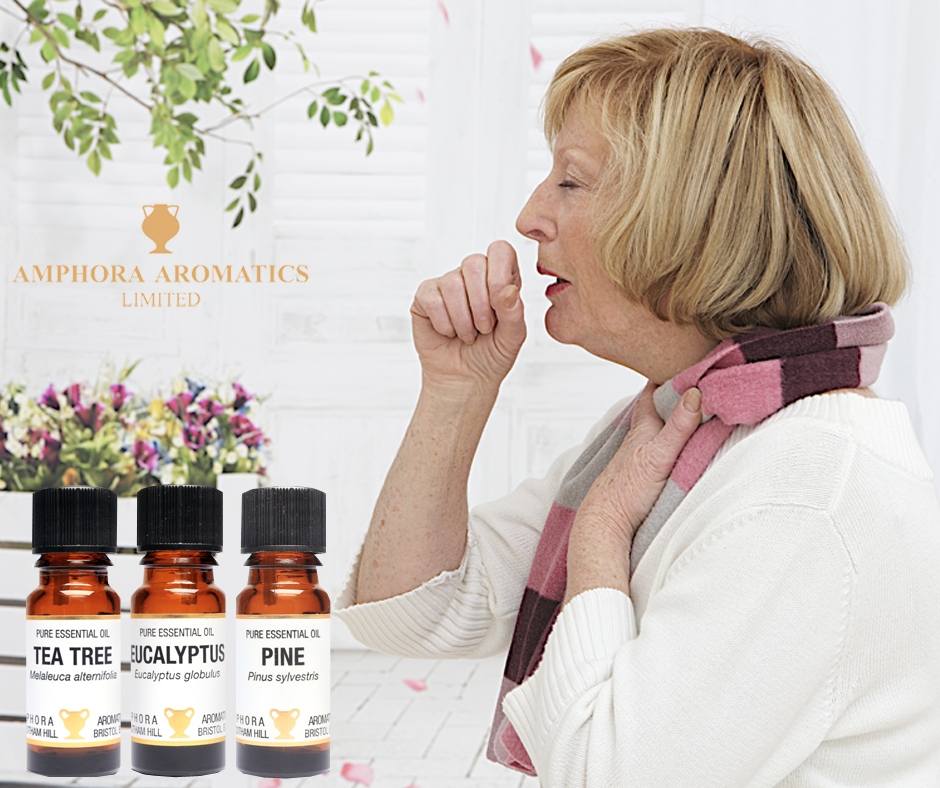Hello! It’s Eugény here again with another blog. This week I have a basic introduction to Aromatherapy Massage for you.
Why create your own massage blend?
It’s a great way to be absolutely sure there are no nasty chemicals or additives in your blend. A lot of the pre-blended massage oils you’ll find on the market (not Amphora’s! Ours contain pure essential oils blended in Sweet Almond oil and nothing else) will contain artificial colors, perfumes and by- products of the petroleum industry.
So, by consciously choosing and blending your oils, you know for sure that only the best possible ingredients are being used. Doing it yourself also means you can create a unique and bespoke synergy.
A massage oil will always contain a base oil (called a carrier oil) with an optional addition of a vegetable and/or infused oil as well as perhaps a few drops of essential oils. What you use in your massage blend depends on your reasons for considering a massage in the first place.
If you’re just looking for some lubrication to make massage easier then just the carrier oil will be enough. If you’re working on a sensitive skin which is prone to redness, blemishes, eczema or psoriasis, or you want to relieve muscle tension or add extra moisturizing elements then it would be appropriate to add a small proportion of vegetable or infused oil.
Looking to alleviate stress, tension, bad circulation, joint pain or breathing problems? Specific essential oils could enhance your blend.
Which products to choose?
There are so many oils to choose from that it can seem a little overwhelming at first. However, there is no reason to be overawed. The advantage of having so many options is that there is a solution for pretty much every problem.
Carrier oils:
There are plenty of 100% natural carrier oils on the market. Here are some of the most popular options that you might like to consider:
•Sweet Almond: In my opinion this oil is an absolute must have! Probably the world’s most popular carrier oil, it’s a good option for any blend. Very gentle on the skin, it’s widely used for its soothing and softening action on irritated skins. Not suitable for those with a nut allergy – consider Grapeseed Oil instead.
•Apricot Kernel: With its anti-ageing and rejuvenating properties, it’s another excellent base for any massage preparation. It’s rich in Vitamin A and E and in Oleic acids. Especially good for skin boosting massages as it helps brighten the complexion of the skin.
•Macadamia oil: This nourishing oil is well known for helping to reduce scars and stretch marks. It is also said to help with microcirculation (the circulation in the smallest blood vessels) and to invigorate the lymphatic system.
Additional Vegetable/Infused oils:
• Jojoba oil: With its composition being very close to the sebum naturally produced by our skins, Jojoba oil (which is actually a liquid wax) is an amazing addition to any massage blend. It is said to reinforce the hydrolipidic film of the skin (the skin’s natural protective barrier) thus protecting dry skins. It can also help to regulate the sebum production of especially oil skins.
• Calendula infused oil: This oil is recommended for any sensitive skin. A natural anti-inflammatory, it works wonders on irritated skins, sun burns, chapped hands, eczema, psoriasis, scars, dandruff… the list goes on!
• Arnica infused oil: Another natural anti-inflammatory, it’s often used to help with any joint pain or any inflamed area in general (e.g. sprains or arthritis). It’s also known to help in reducing bruises and relieving contusions.
Essential oils:
Your choice of essential oils will really depend of the properties you would like your blend to have.
Relaxing: Think about Lavender, Orange, Chamomile or Frankincense.
Uplifting: How about Ylang Ylang, Geranium, Bergamot or Basil?
Invigorating: Try Grapefruit, Peppermint or Cedarwood.
Stimulating: Think Rosemary, Black Pepper or Ginger.
The possibilities are endless! If you are interested in blending your own oil, I strongly advise you to invest in good quality books or check reputable websites about aromatherapy (like this one!) and study the field a little bit before jumping in the unknown. It’s always good to have an overview on the subject before using any essential oil as there are important safety recommendations you should be aware of (I’ve made a note to write a post about this!).
Blending:
Let say you’ve done your research and you’re now comfortable using essential oils. You’ve had a chat with the person you’ll be using the oils on to understand a little bit about how he/she could benefit from the use of the blend you’ll prepare for him/her.
You’ve also checked together that there are no contraindications (any allergies or sensitivities for example) to the essential oils in your planned blend. If so, you’re ready to blend!
For a full body massage you would usually need between 20 and 25ml of product. Begin by pouring 20ml of your chosen carrier oil in a jar and then add 5ml of your additional vegetable oil (if you’re using one – otherwise just go for 25ml of your carrier oil). Now pick your essential oils. Ideally you will have chosen no more than 3 oils. (See my previous blog “Essential Oils – the basics” for some tips).
It’s good to ensure you’ve selected essential oils with similar or complimentary properties so the blend will be coherent. For every 20-25ml of massage oil base, you will want to add 16 drops of essential oils in total (providing that your subject has normal skin and that you’re massaging the body).
This is what we call a 2% dilution blend, which means that the essential oil content will represent 2% of your overall massage oil. A good way of finding out which oils go well together is to pop the name of the oil you’re using and “blends well with” into your favourite search engine (eg: Bergamot blends well with).
For face massage or sensitive skins you want to bring this 2% dilution blend down to 1% so it’s less concentrated in essential oils and more gentle for specific areas. In that case you’ll want to add 8 drops of essential oils per 20 to 25ml of base oil.
These blend percentages are suitable for adults in good overall health. I’ll cover blends for the elderly, pregnant women and children in future blogs.
Once you’ve poured all your ingredients together in a sterilized jar and given it a good stir your massage oil is ready to use! Stored properly in an air tight container in a cool, dark place the blend should last for up to 3 months.
Don’t forget to perform a skin patch test on the recipient before full use. Place a small amount of the blend on the inside of the elbow and wait 24 hours. If any redness or sensitization occurs then you’ll need to try other essential oils. Only use the blend if there are no signs of redness, inflammation or itchiness following the application of the patch test.
Some ideas (2% blends):
• Eczema relief: 6 drops Lavender + 3 drops Geranium + 3 drops Rose Otto + 20ml Sweet almond + 5ml Calendula infused oil.
• Evening chest rub: 5 drops Frankincense + 10 drops Lavender + 3 drops Marjoram+ 25ml Sweet almond oil.
• Muscular aches and pains blend: 3 drops Black pepper + 5 drops Rosemary + 8 drops Lavender spike + 20ml Sweet almond oil + 5 ml Arnica infused oil.
• Stress balancing recipe: 5 drops Orange + 6 drops Bergamot + 5 drops Clary sage + 25ml Sweet almond oil.
• PMT massage oil: 3 drops Ylang Ylang + 3 drops Neroli + 10 drops Bergamot + 25 ml Sweet almond oil.
I hope this article will help anybody who’s considering blending their own massage oils to have a better overview of what can be achieved. It’s always advisable to begin using just a reduced amount of oils so you can get familiar with them before buying loads and loads of them (which will happen, believe me, as it is hard to stop experimenting when you’ve discovered the wonders of Aromatherapy!).
Don’t hesitate to have a nice chat with the recipient too, directly after the massage session, or after few weeks if you plan to give away your massage oil as a gift. It’s often very surprising and amazing to hear what they have to say about their bespoke oil, and how it may have helped with any current condition.
I’ll be back soon with another blog to help you on your Aromatherapy journey. As we say in France, á bientôt!




